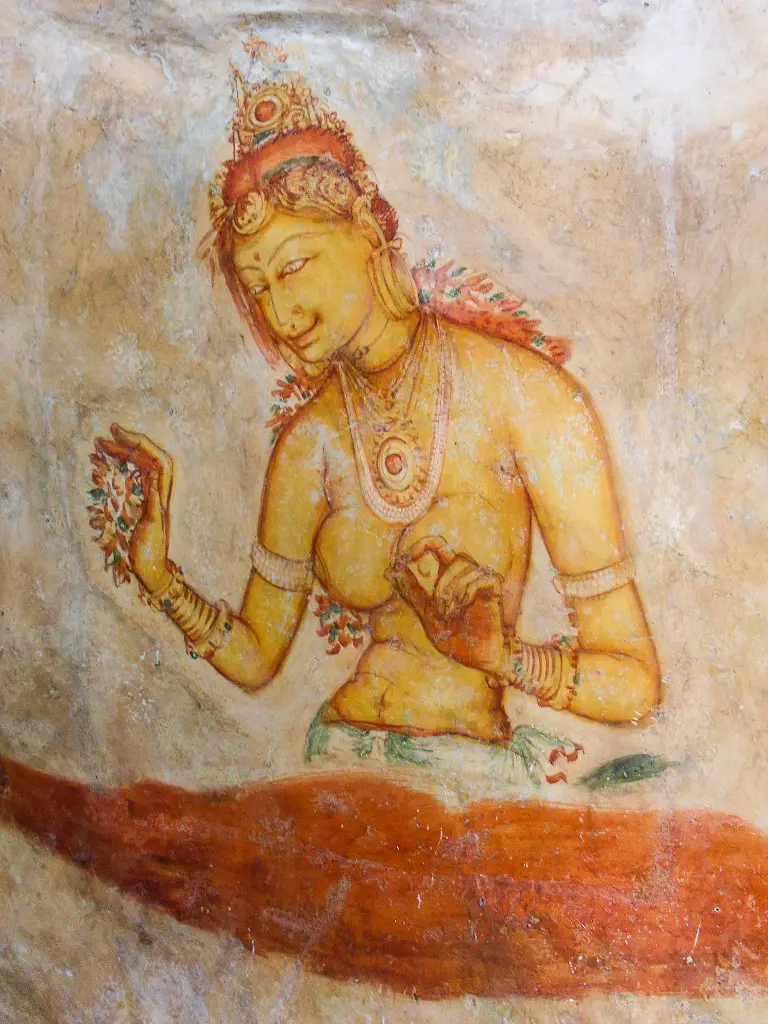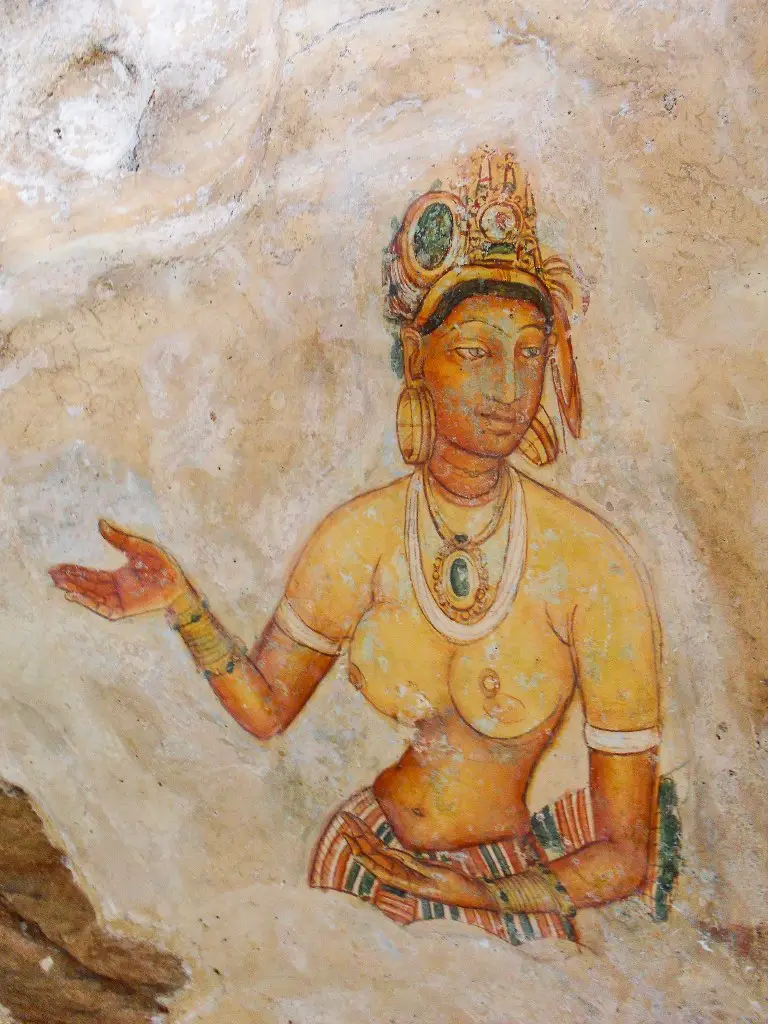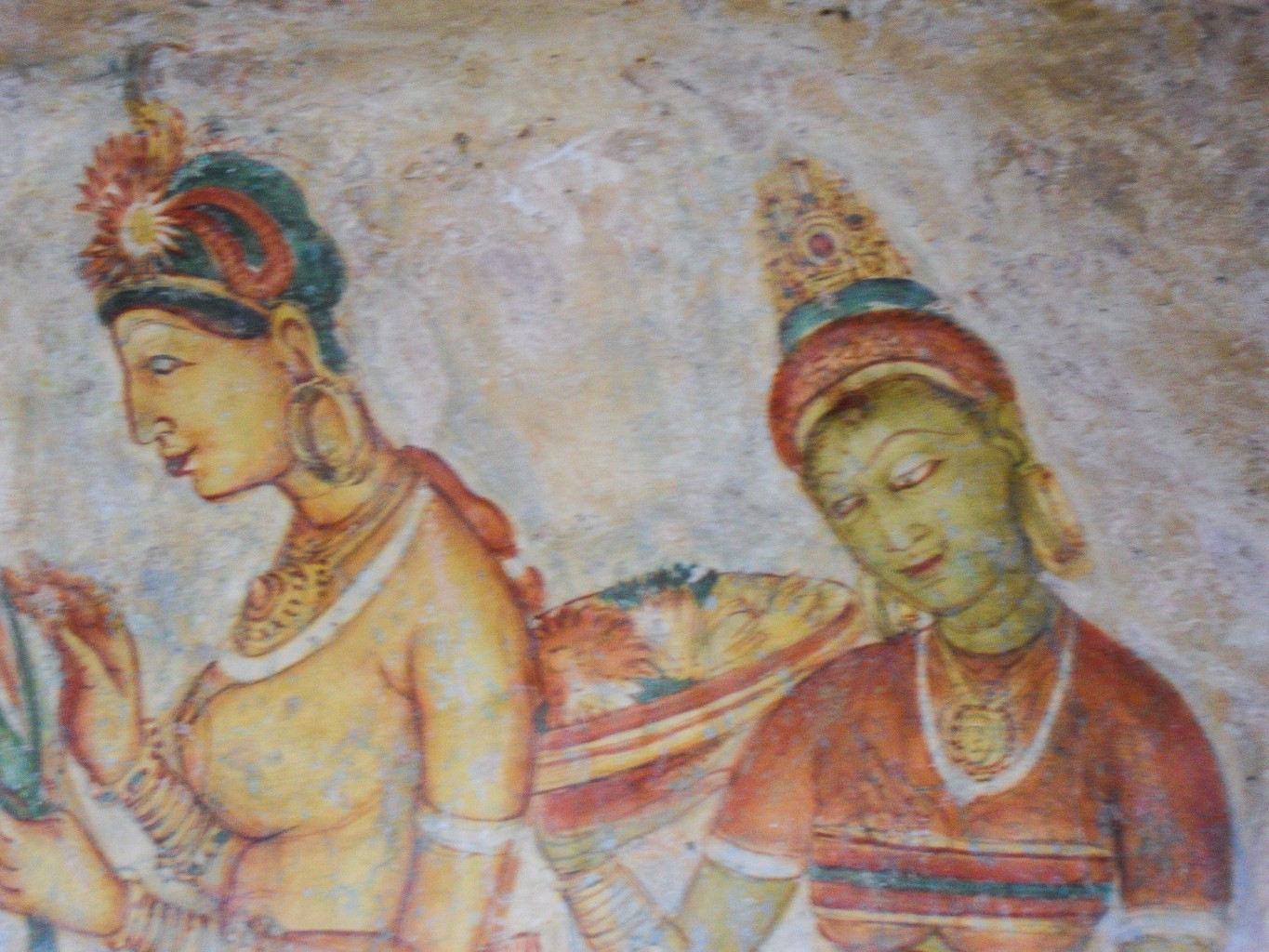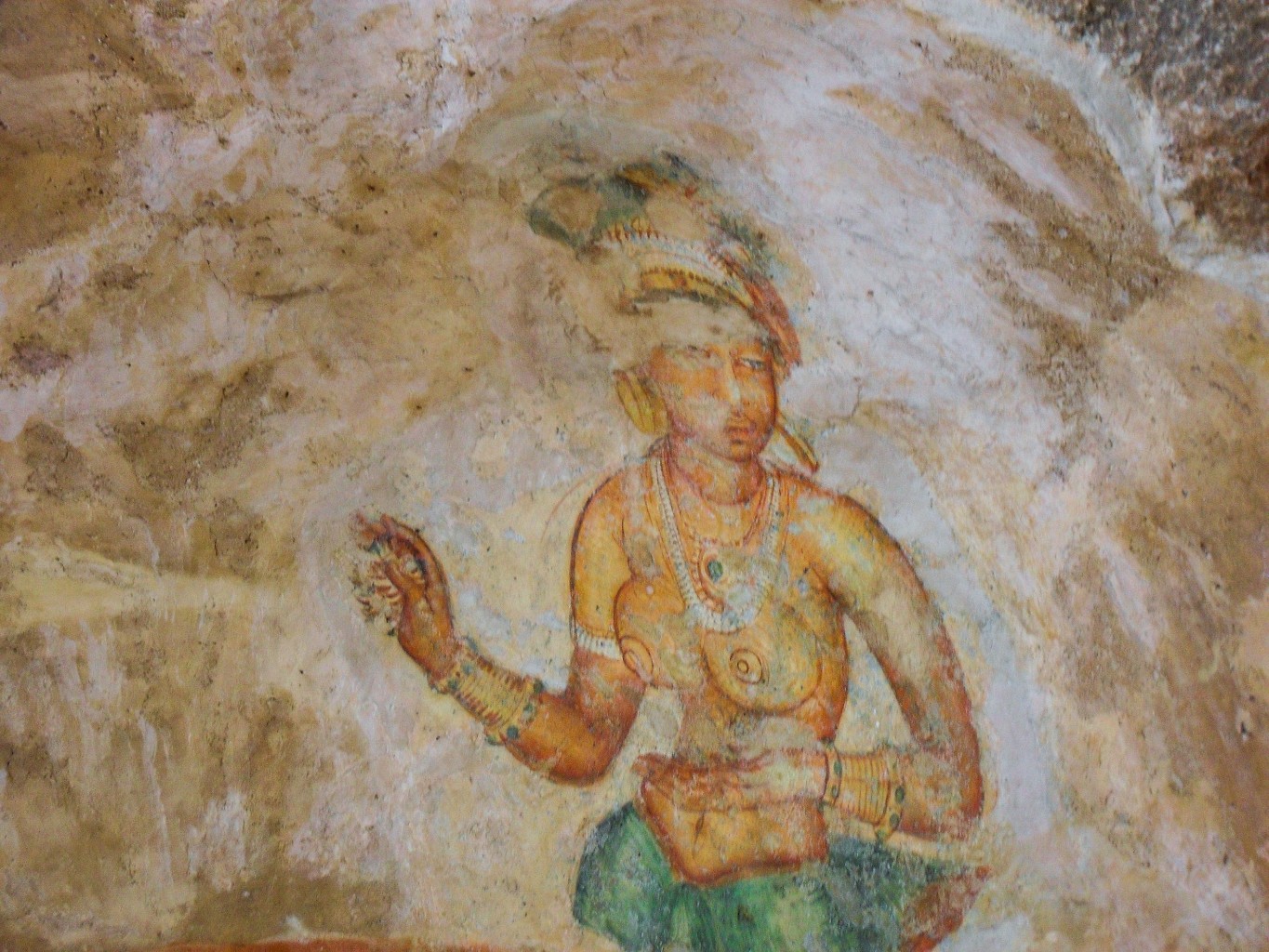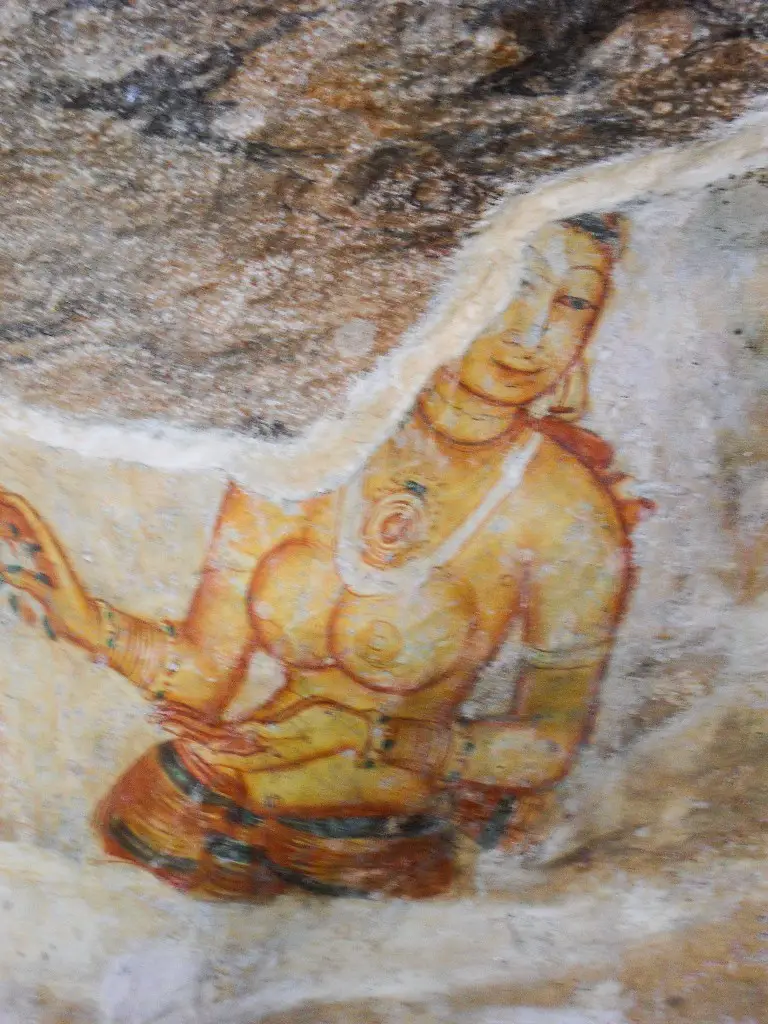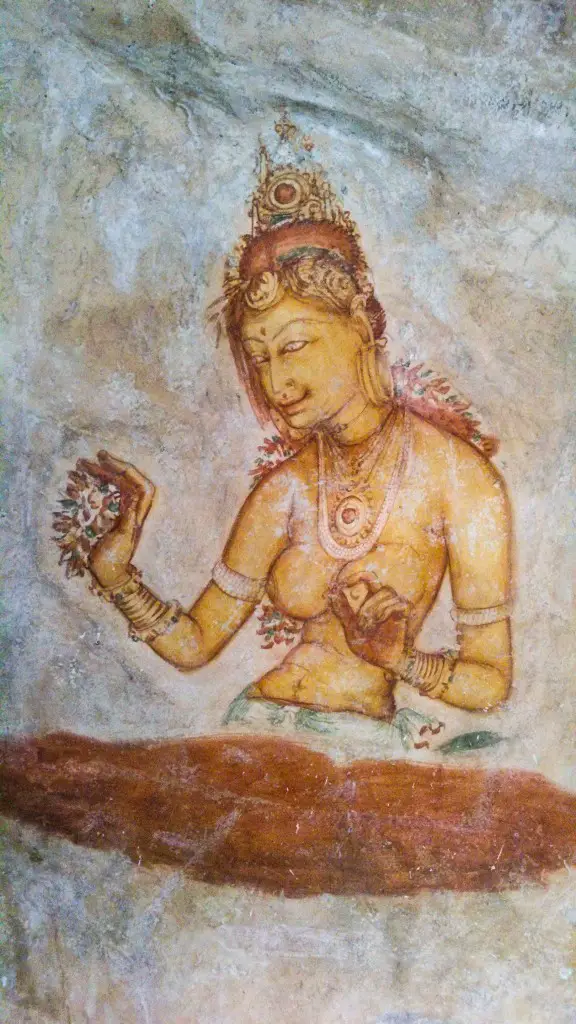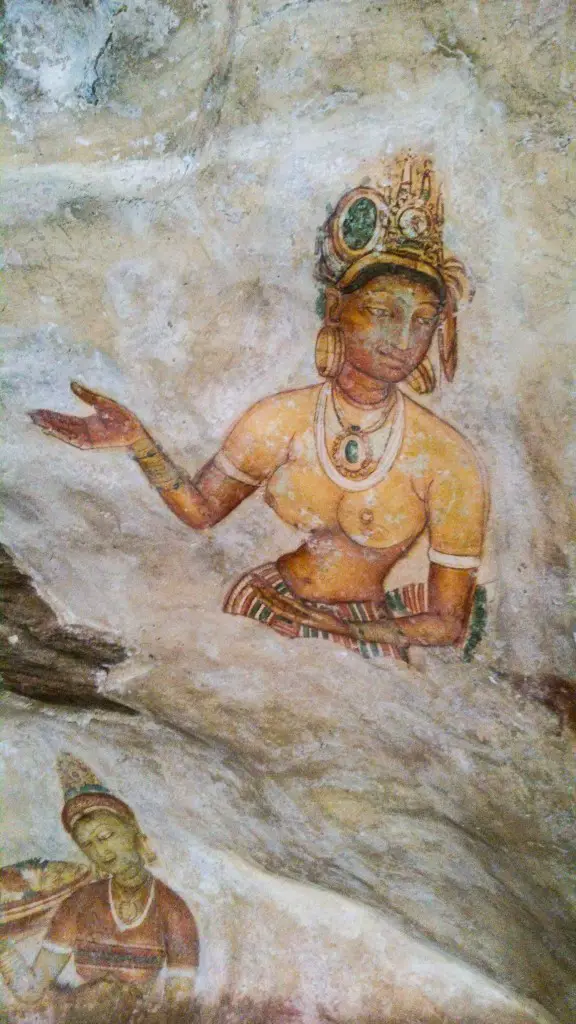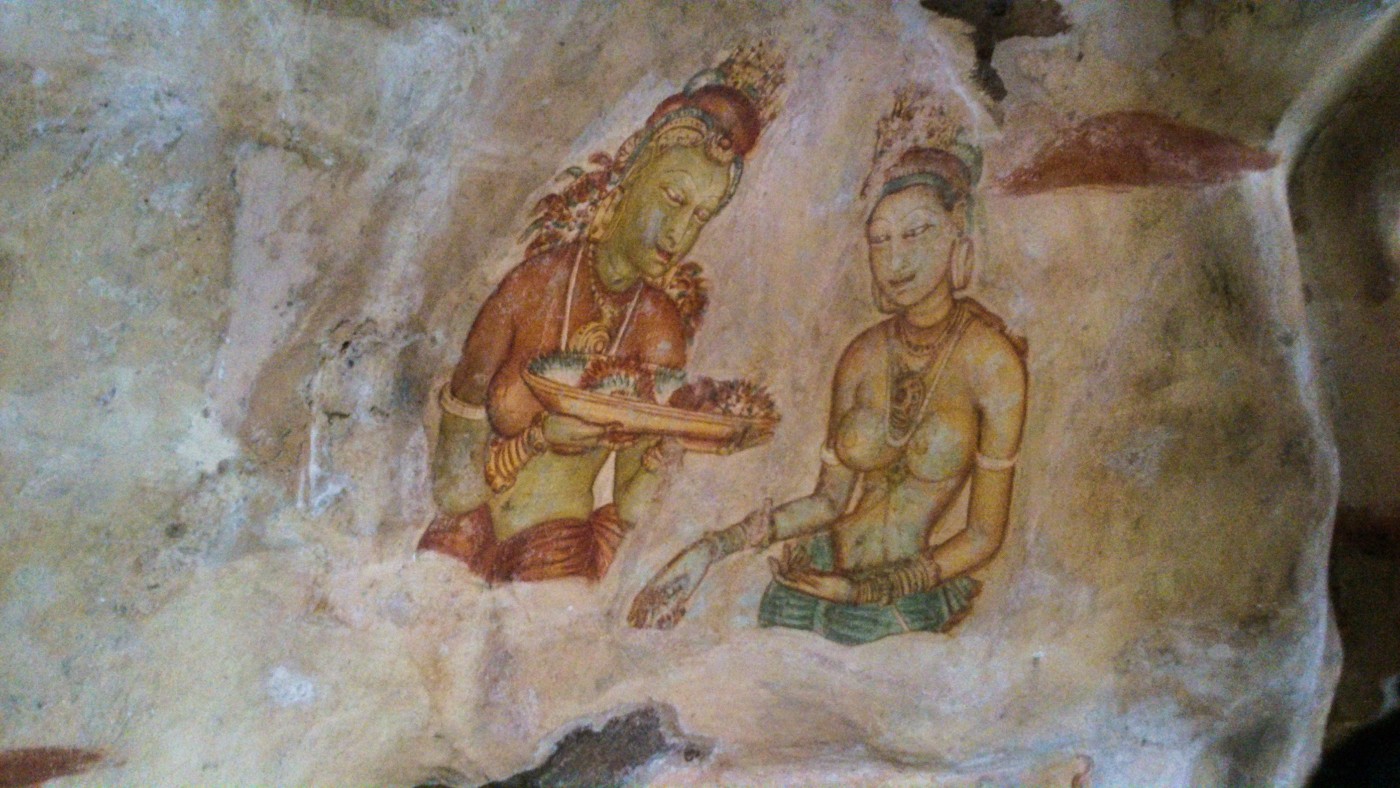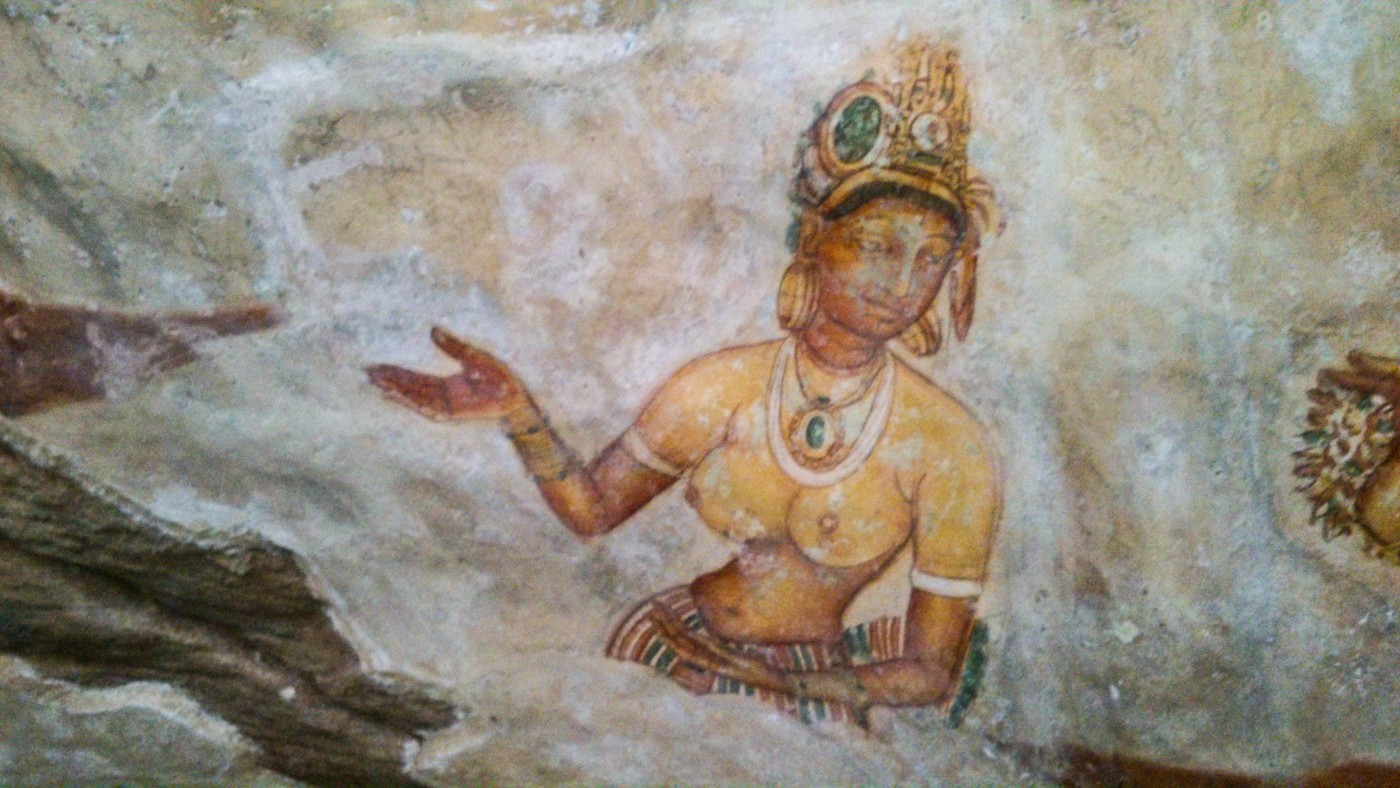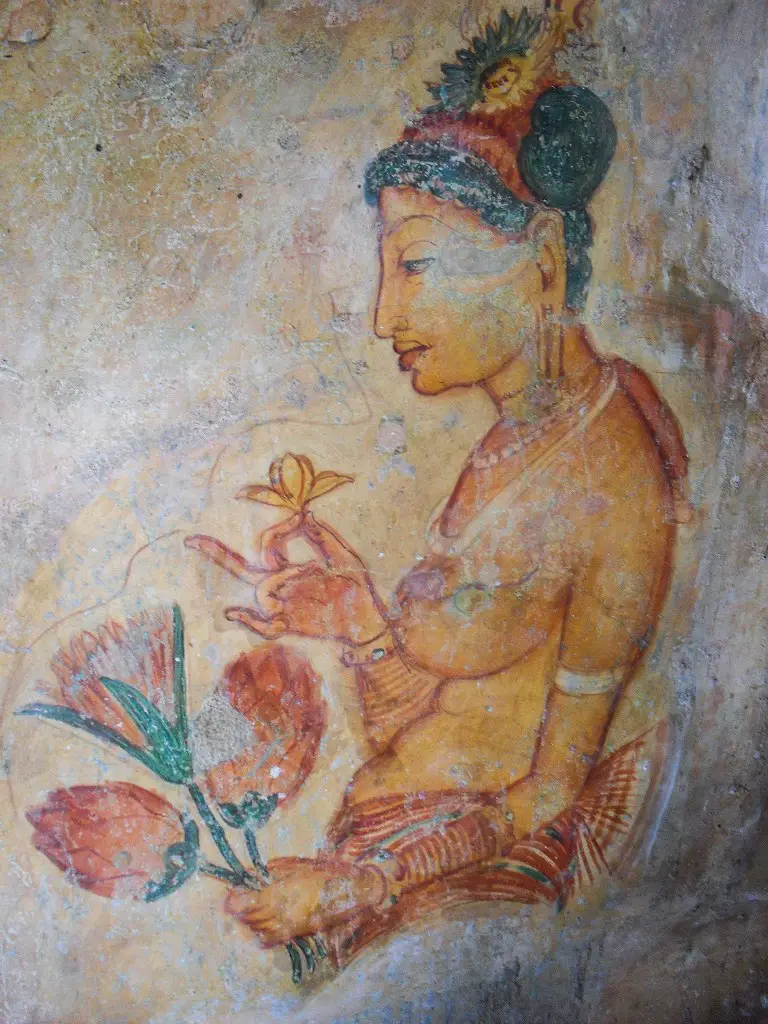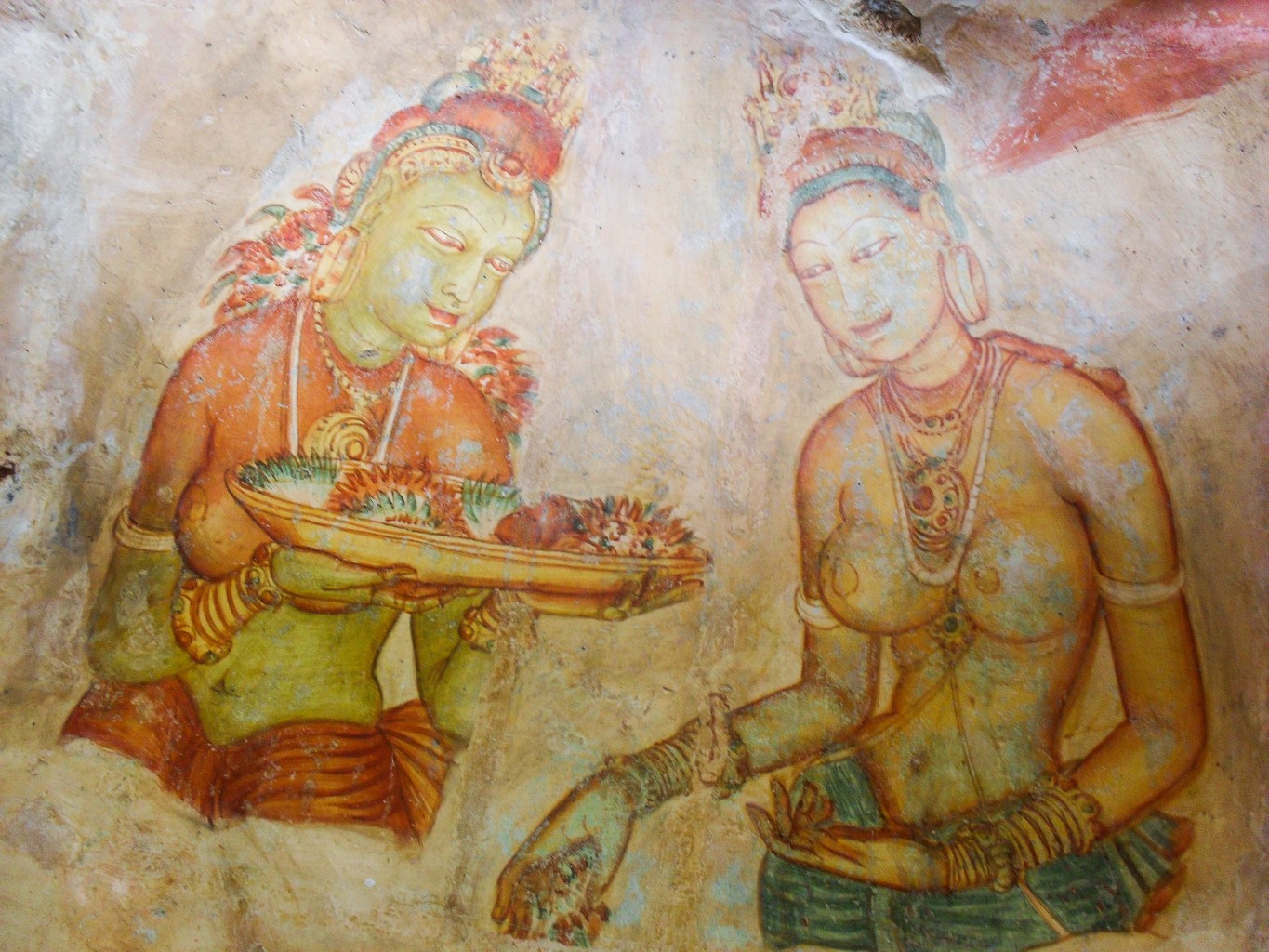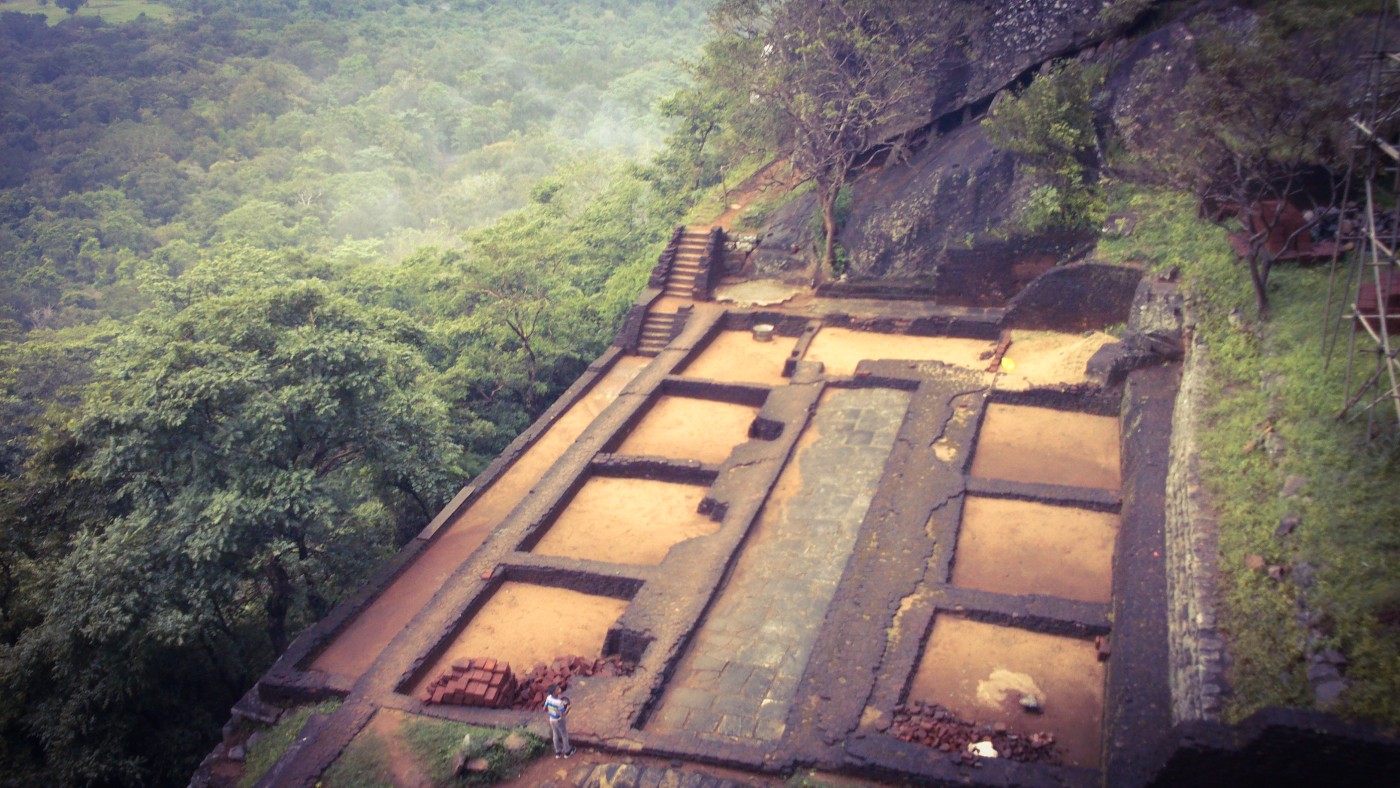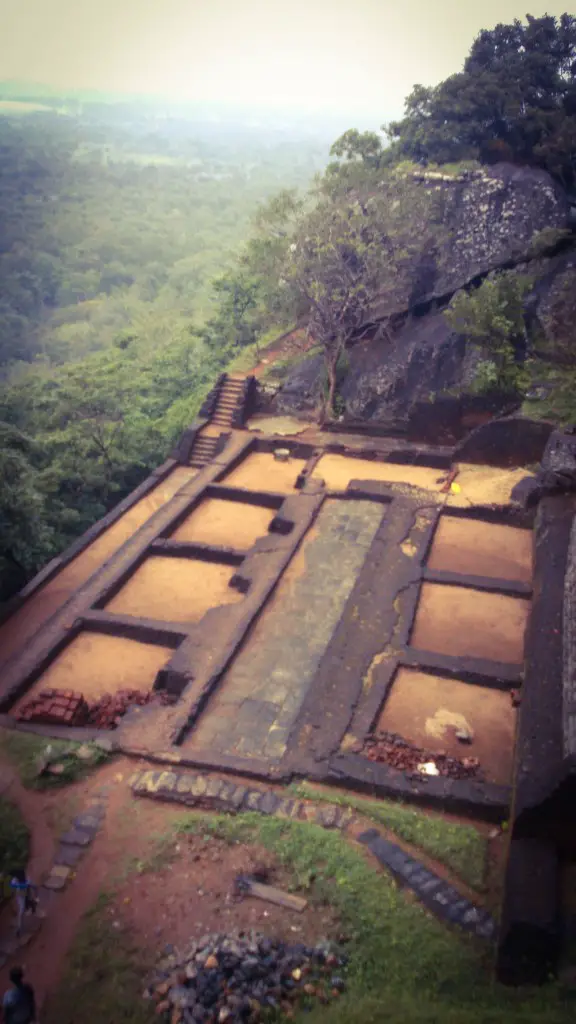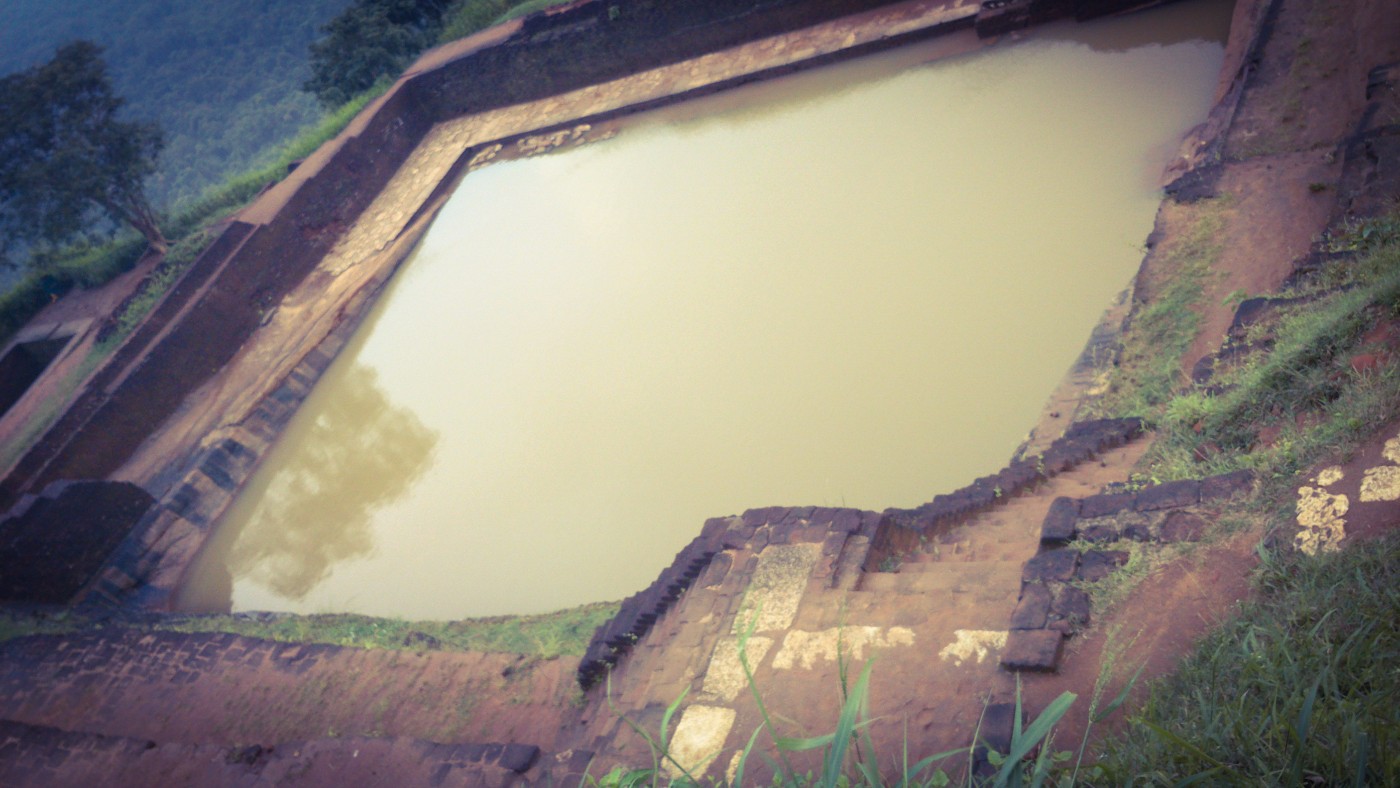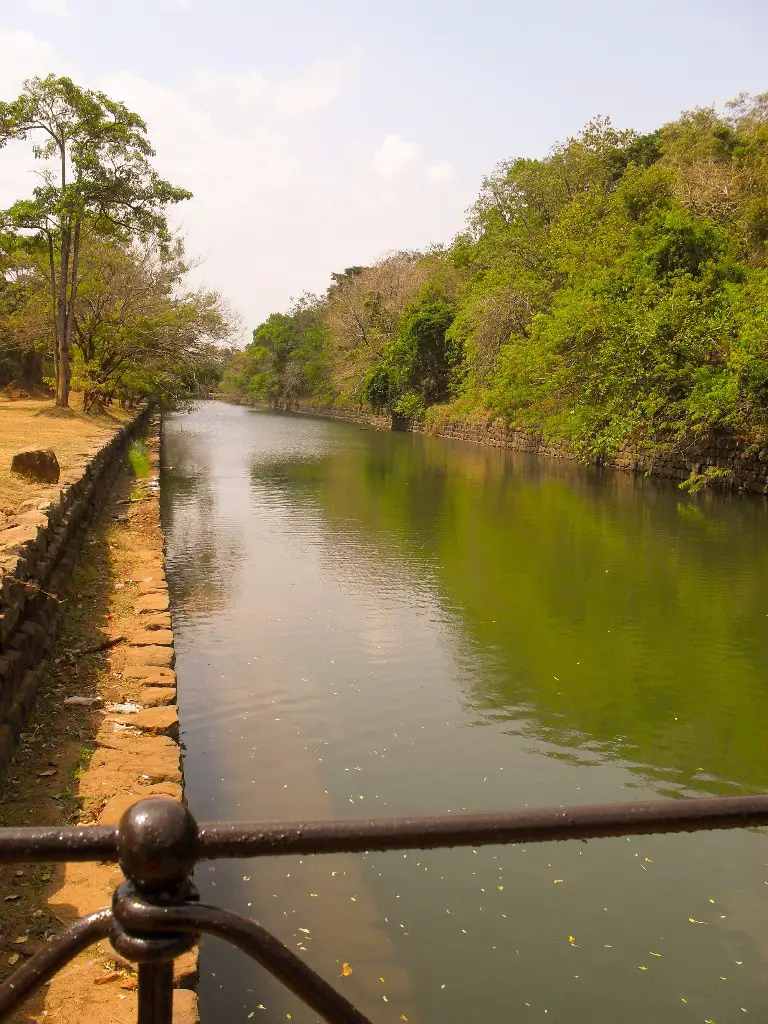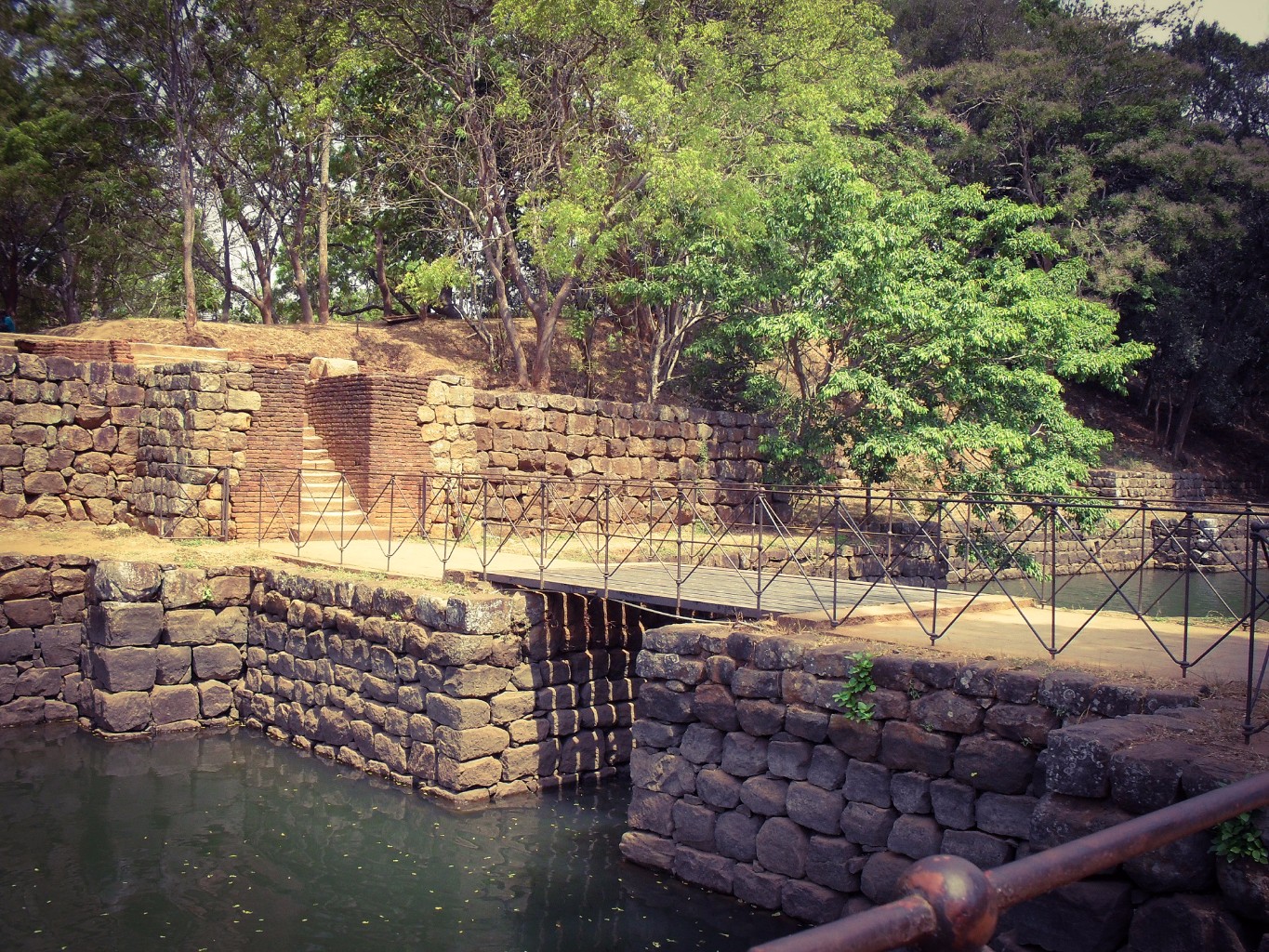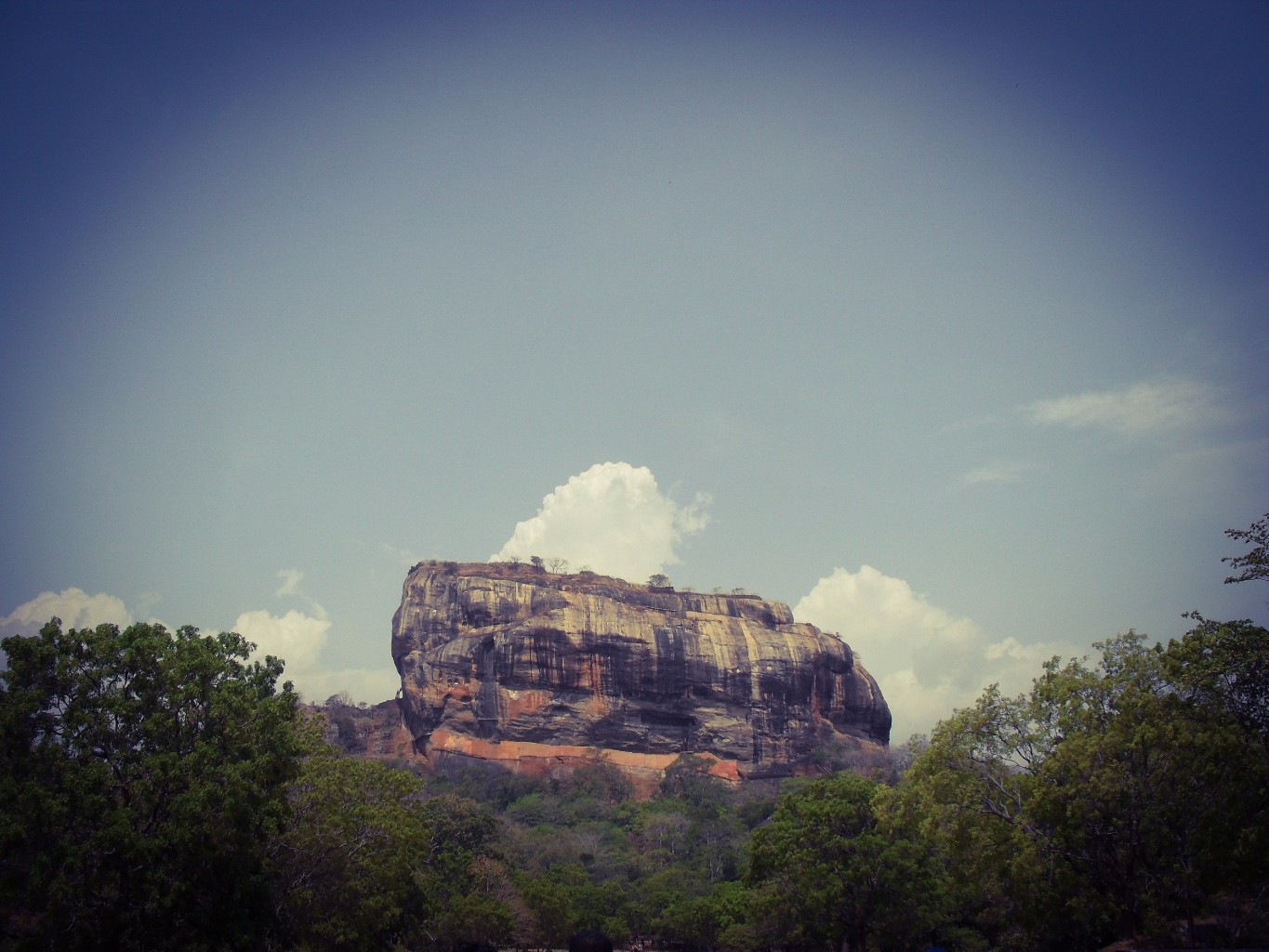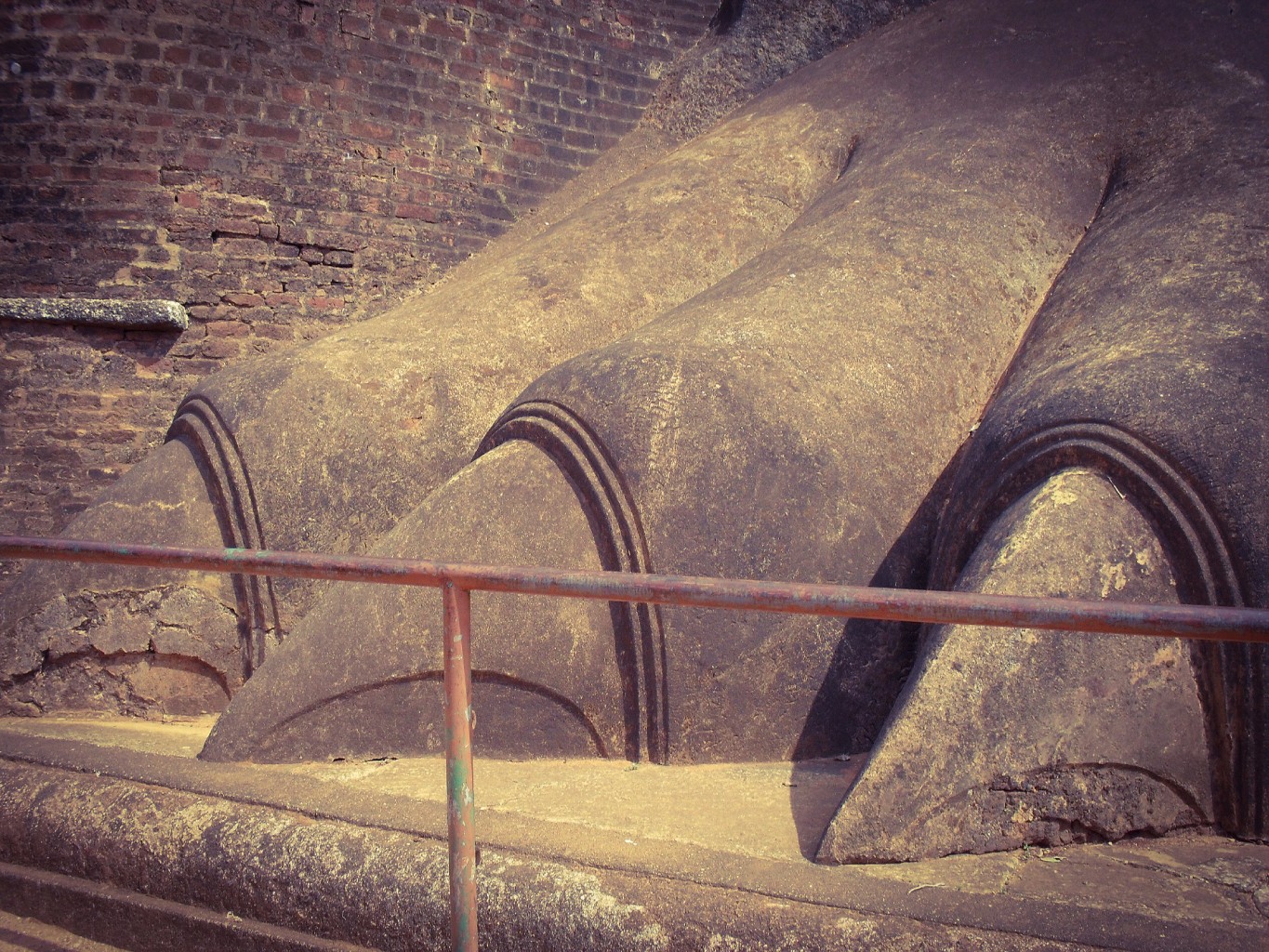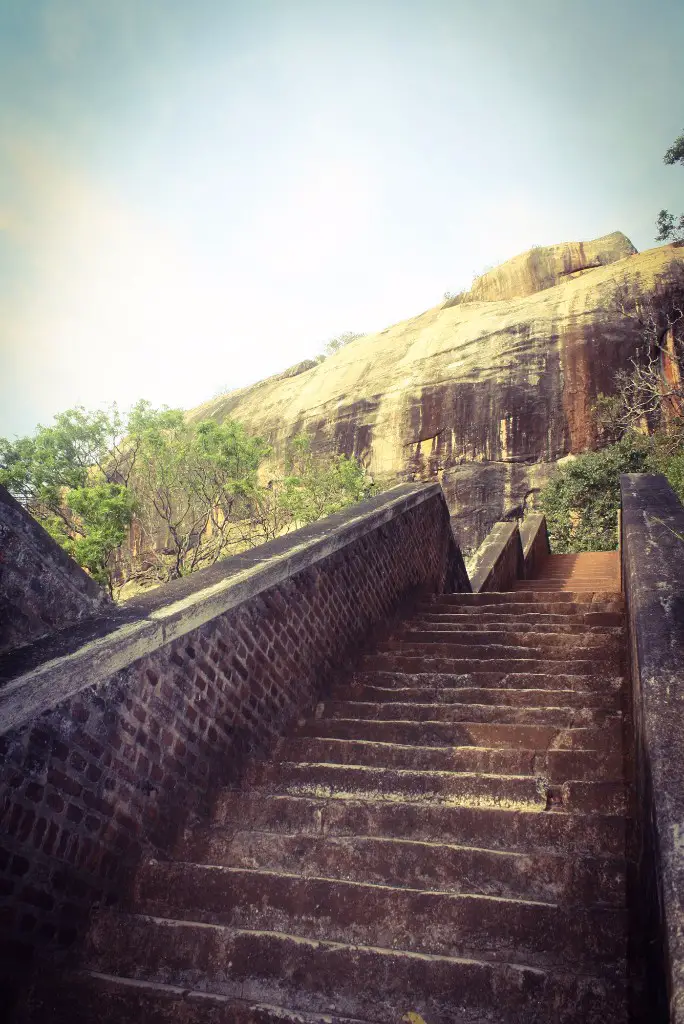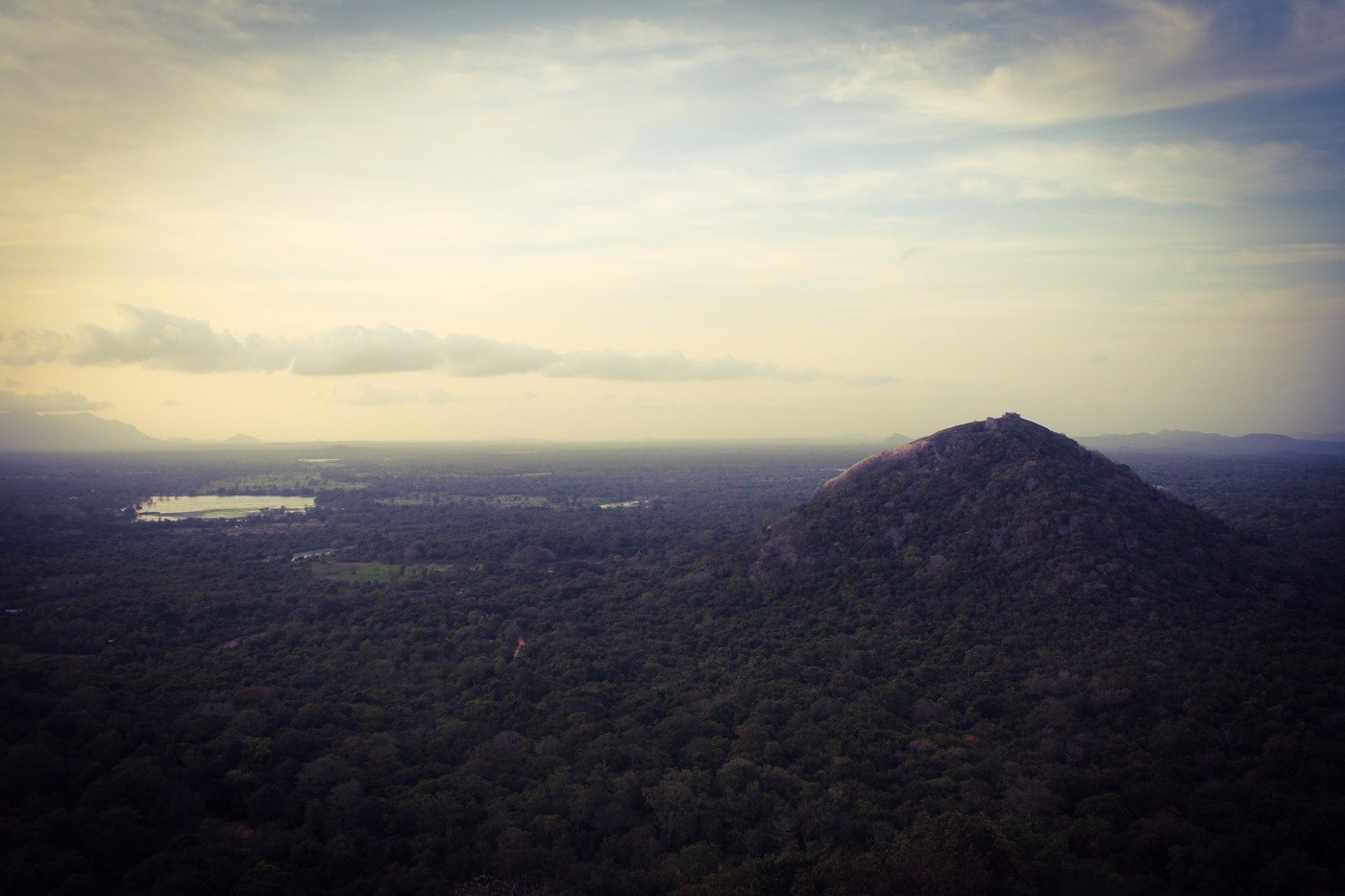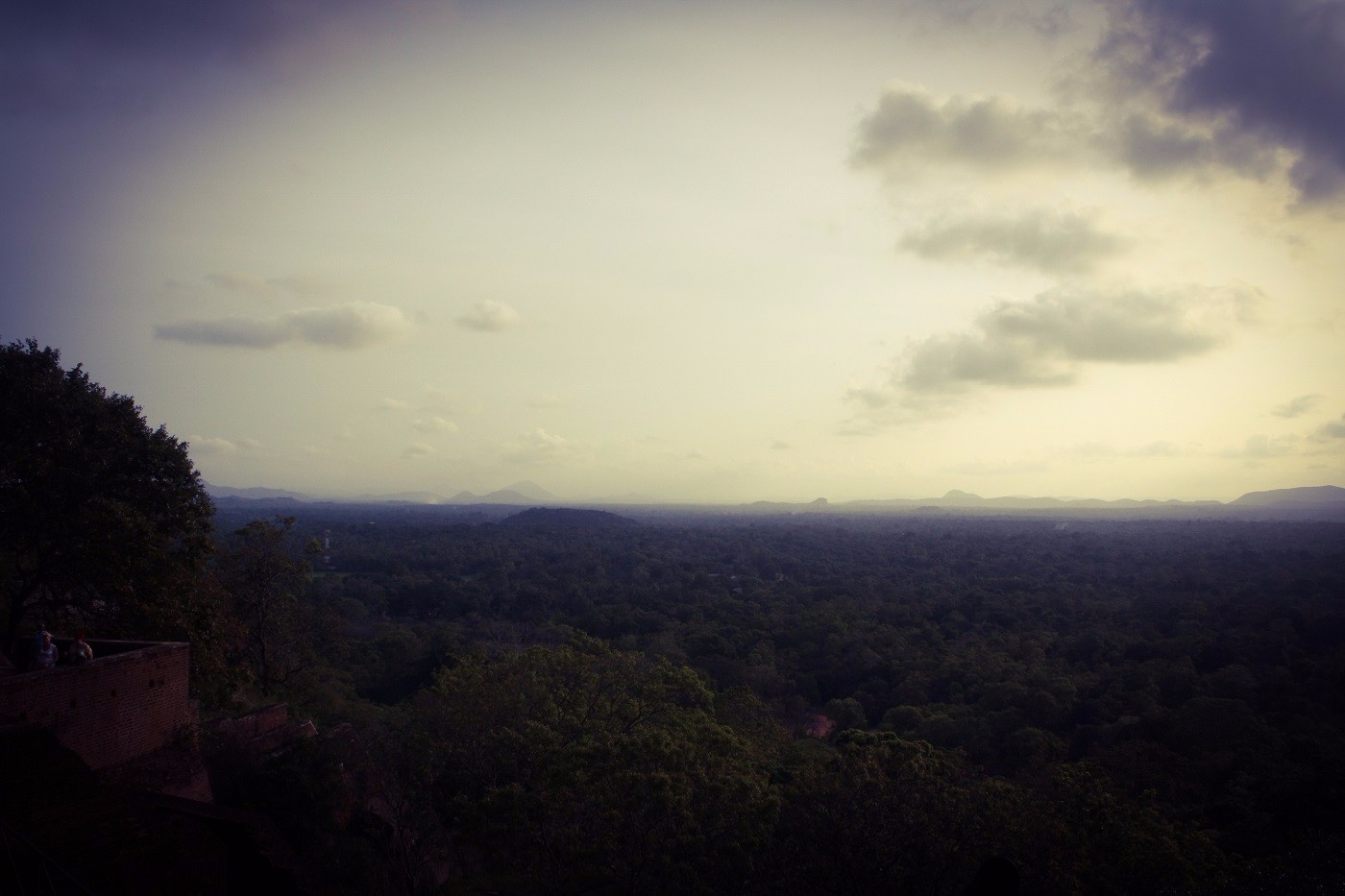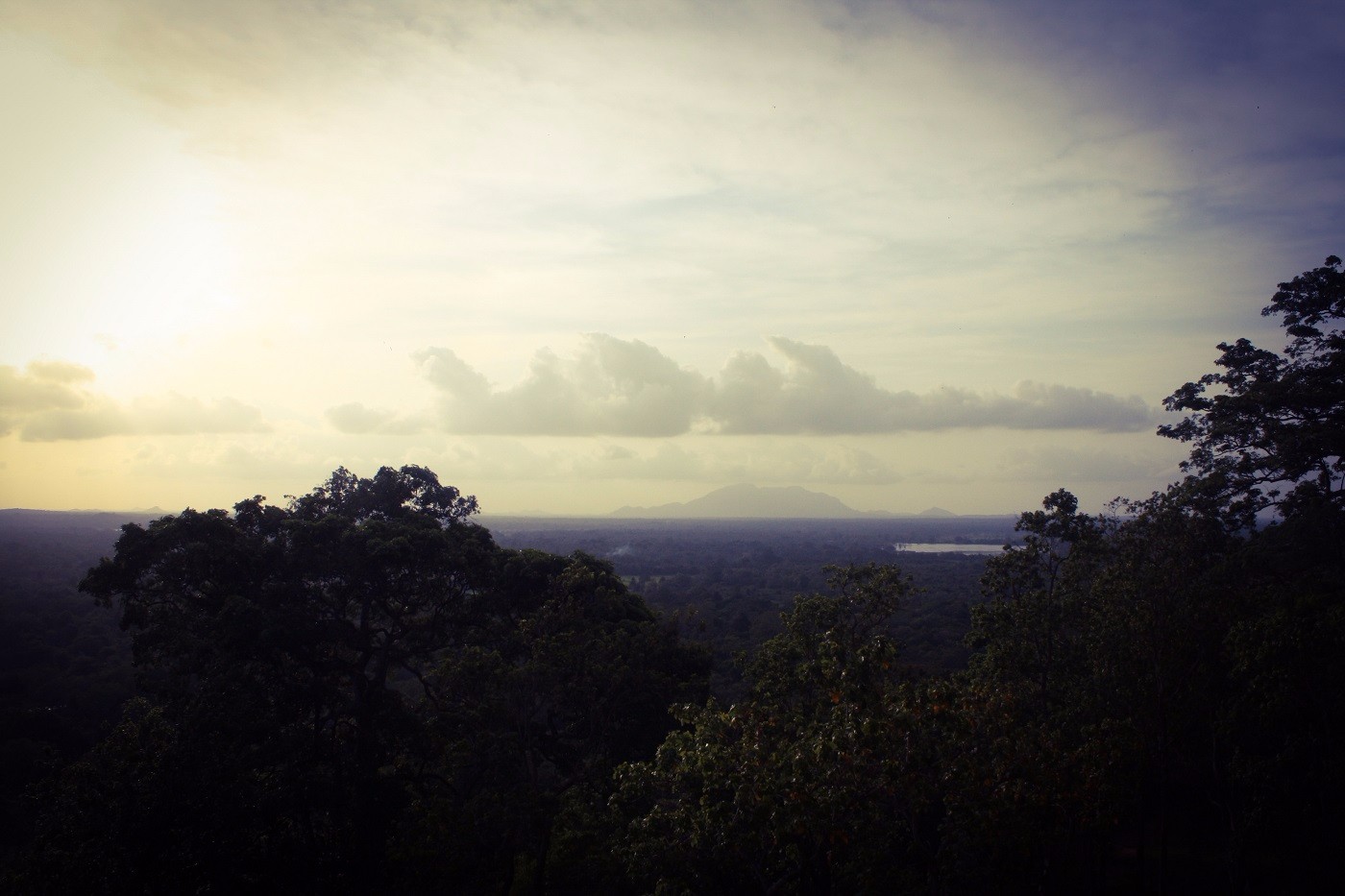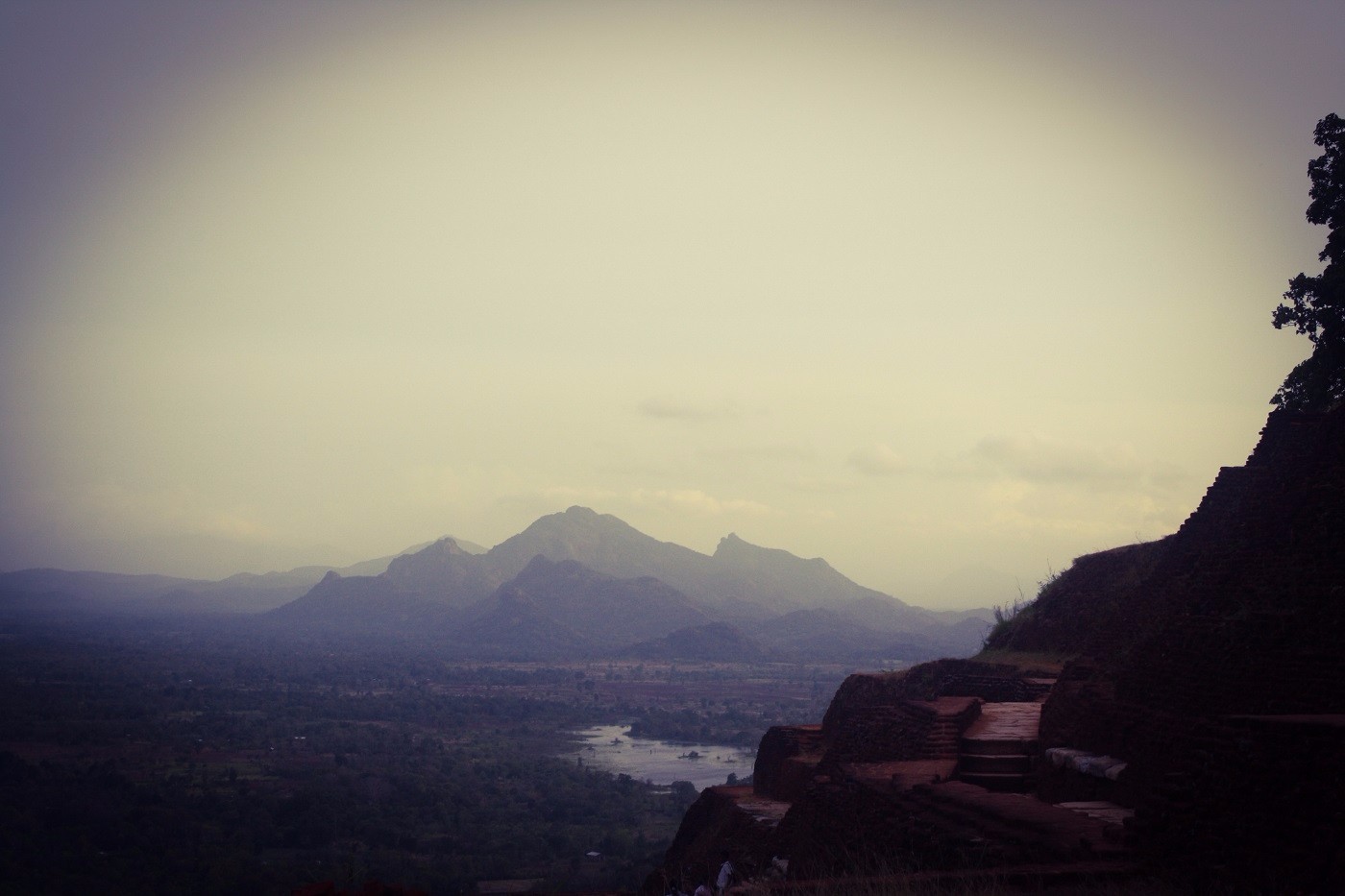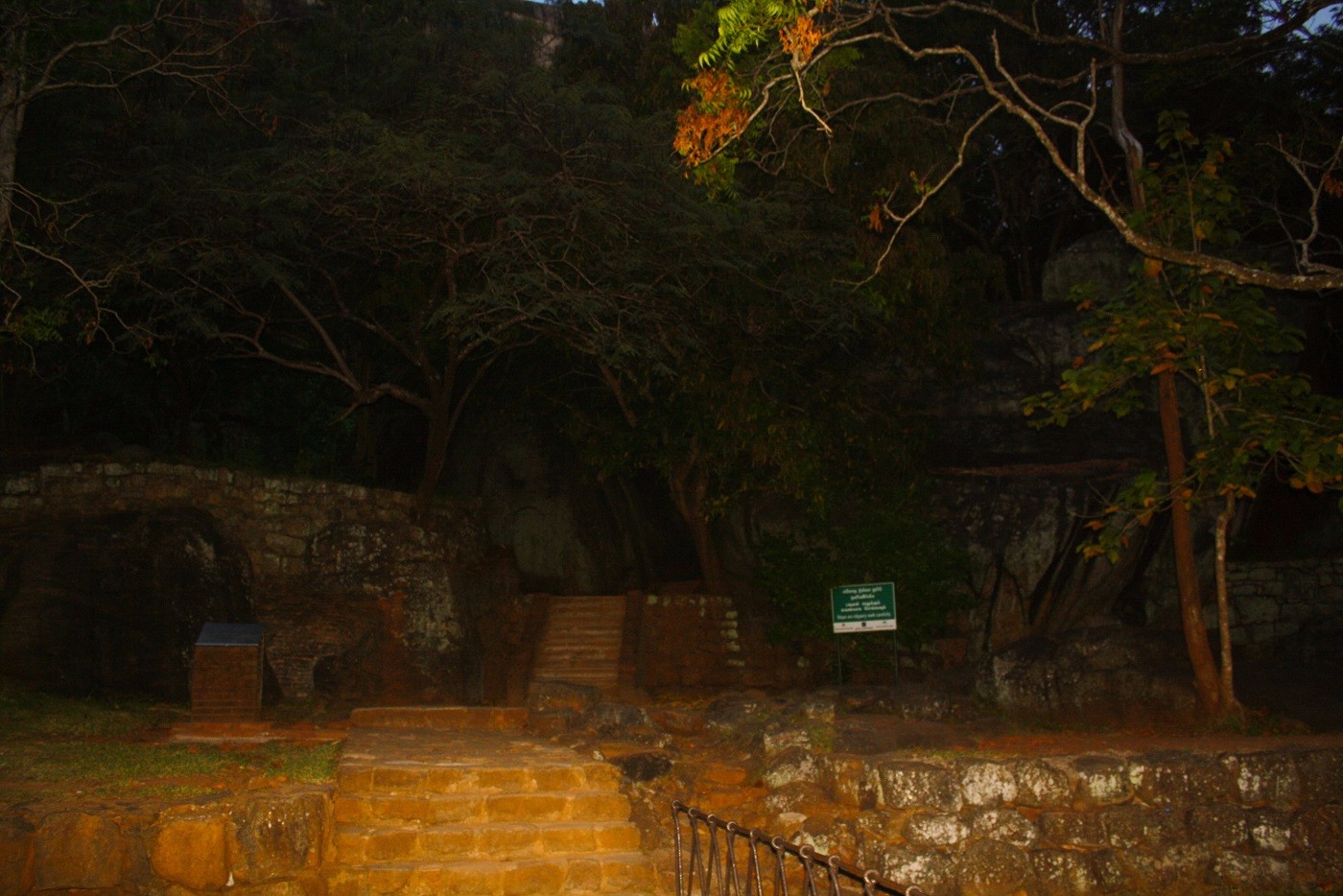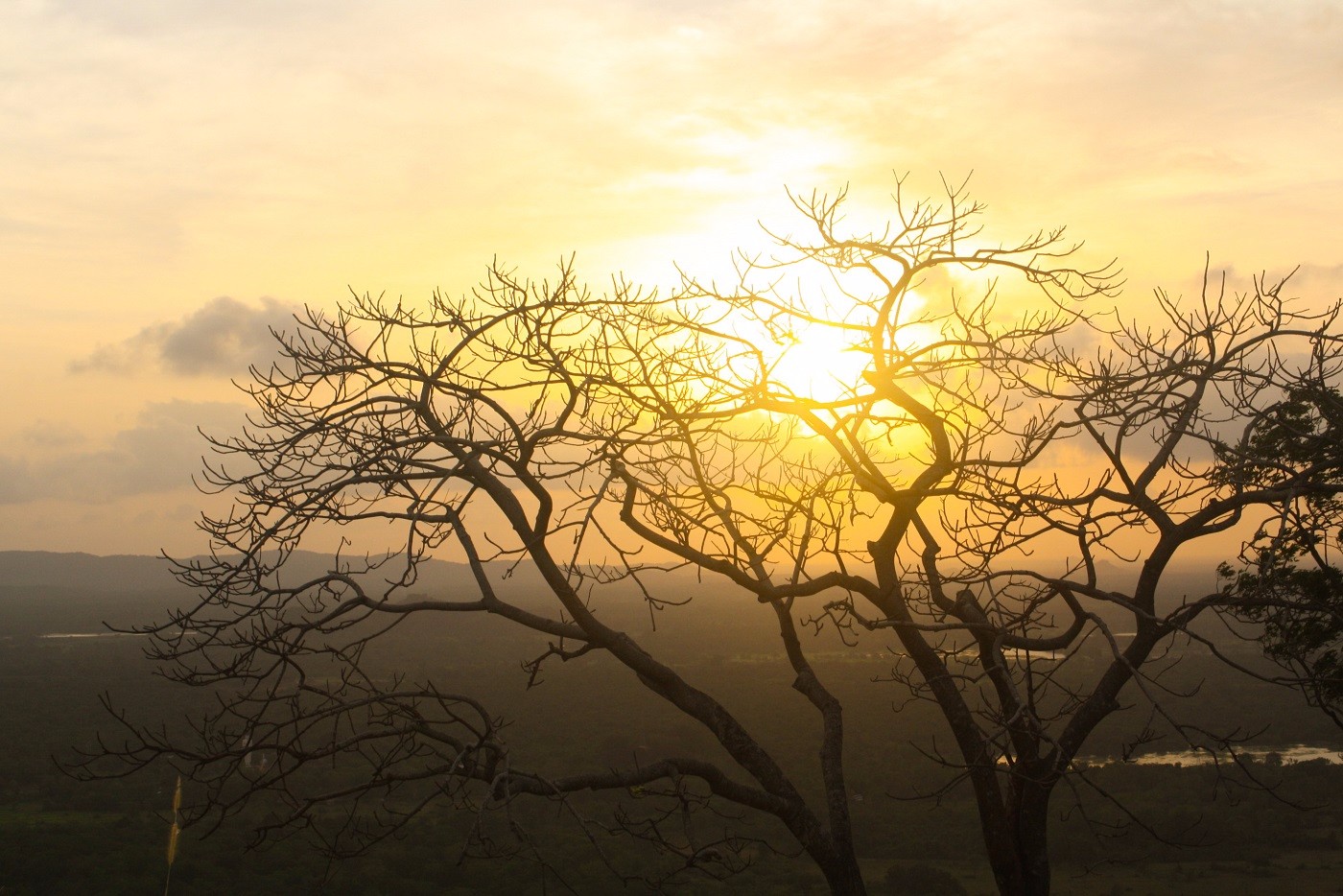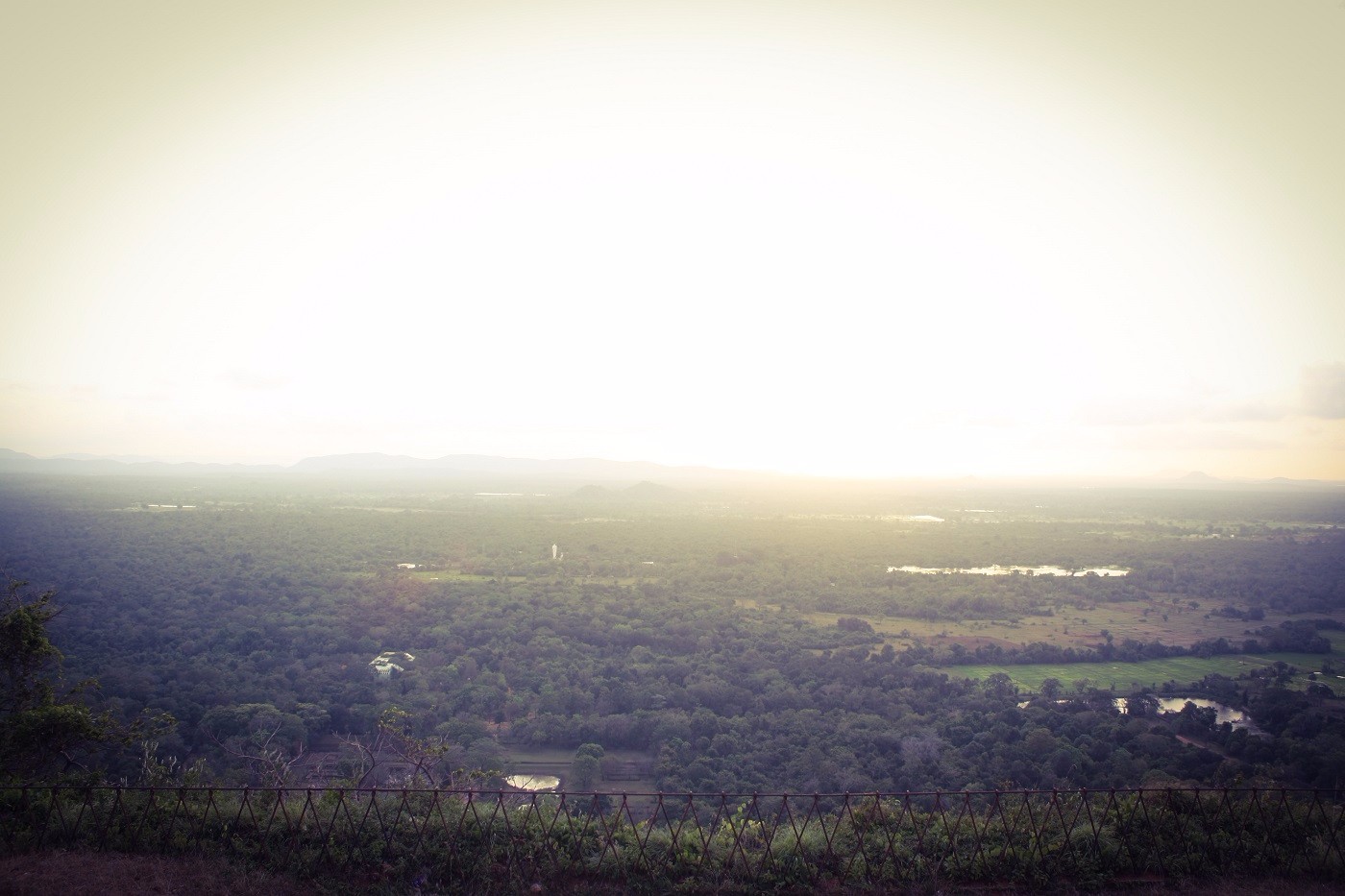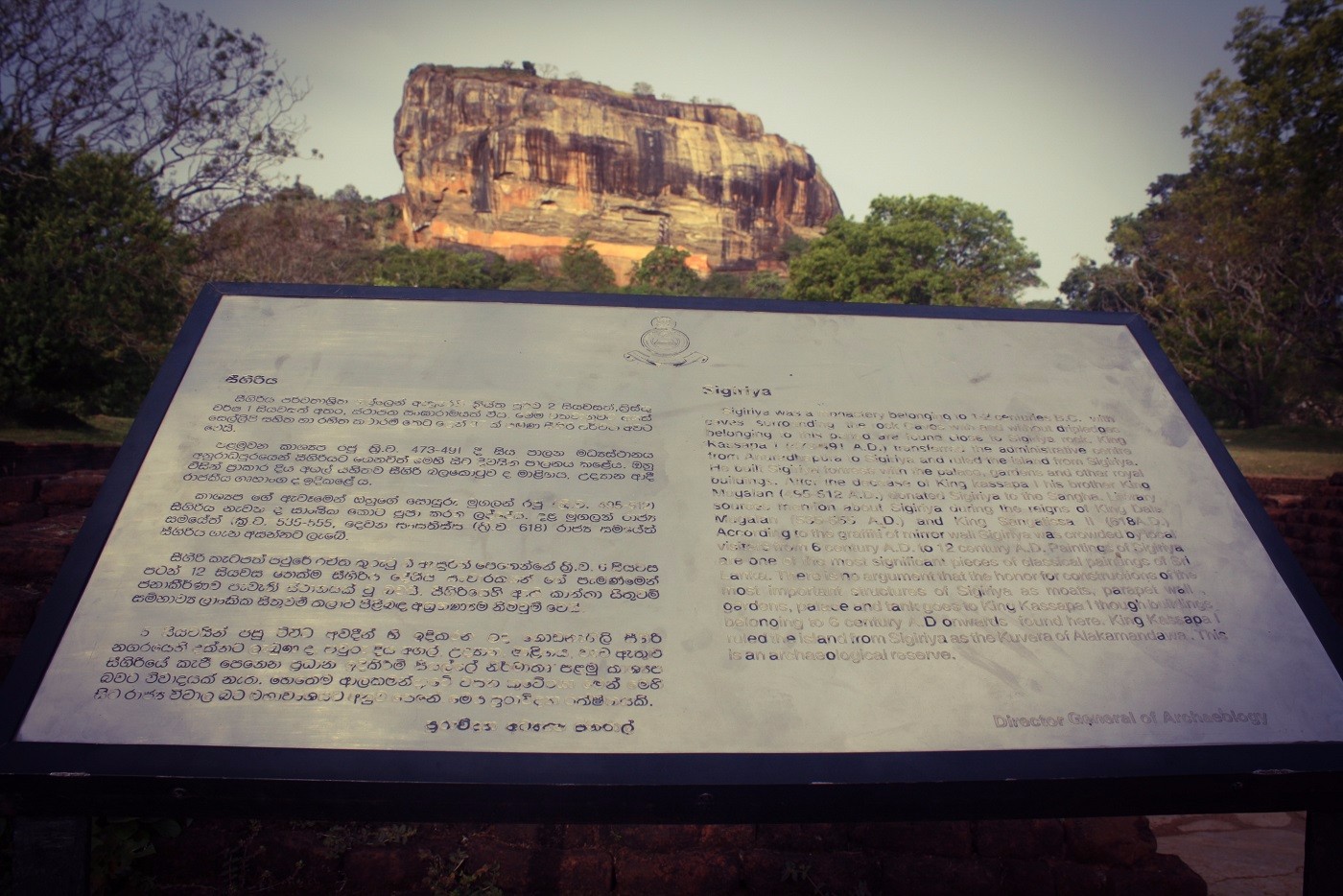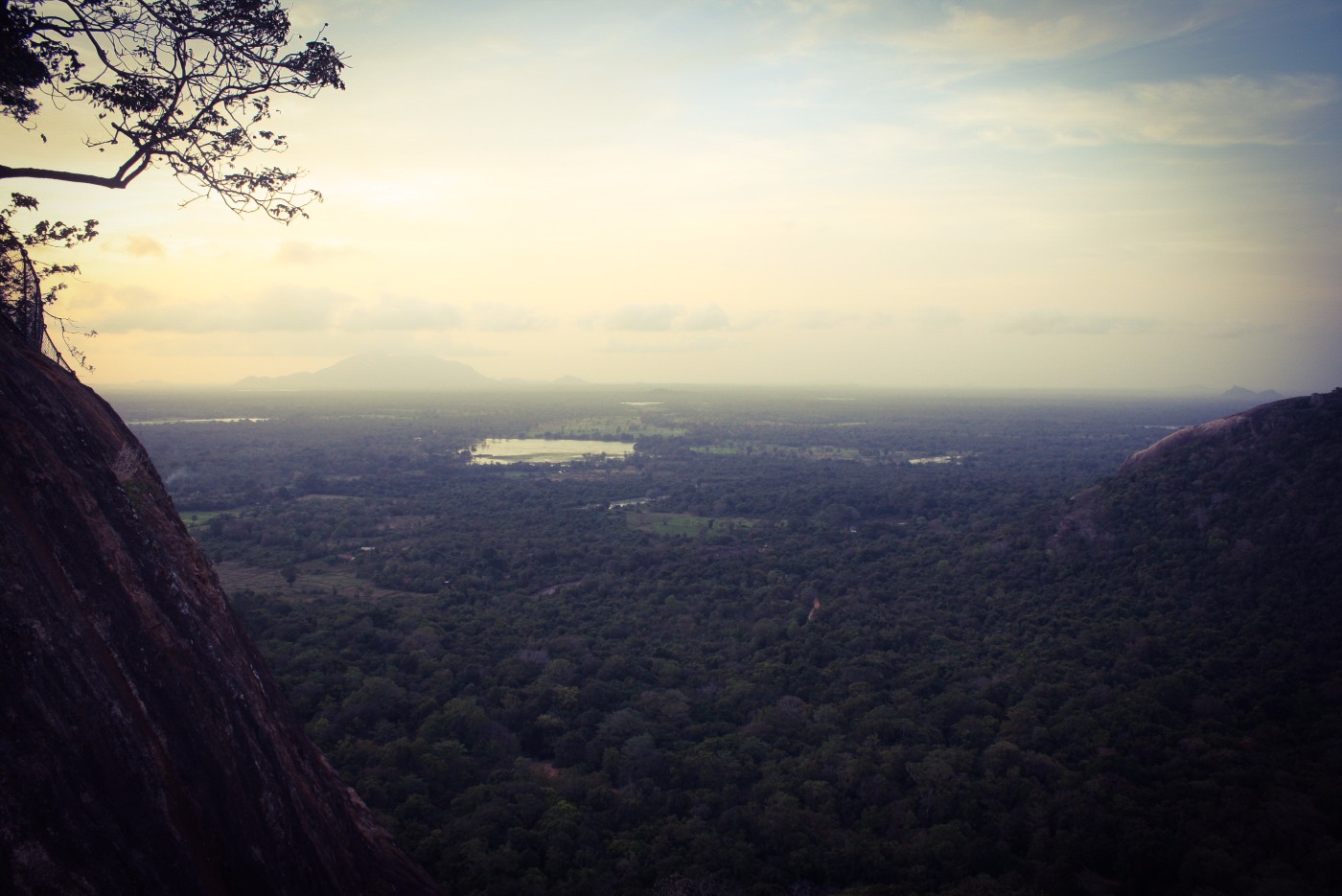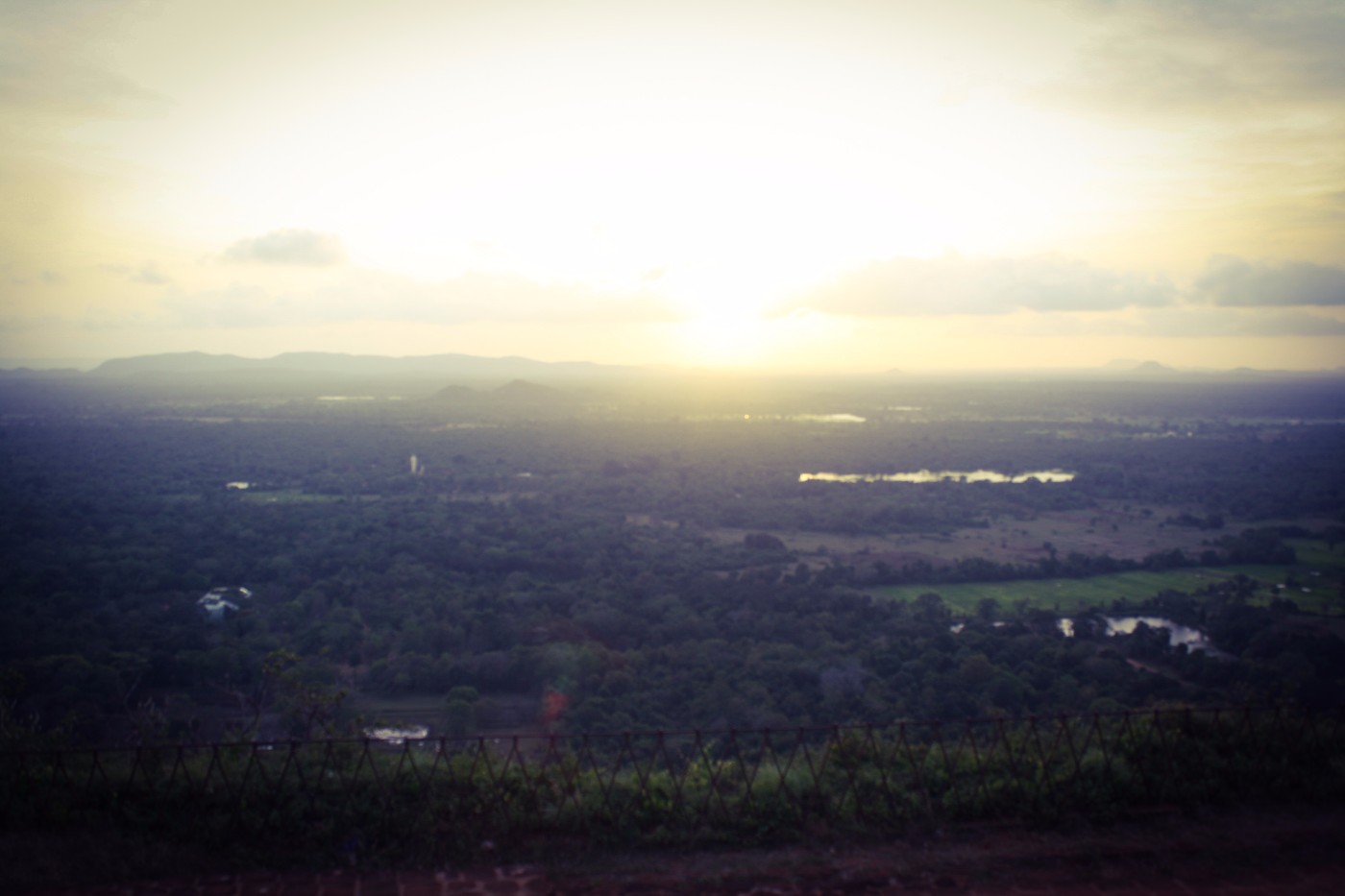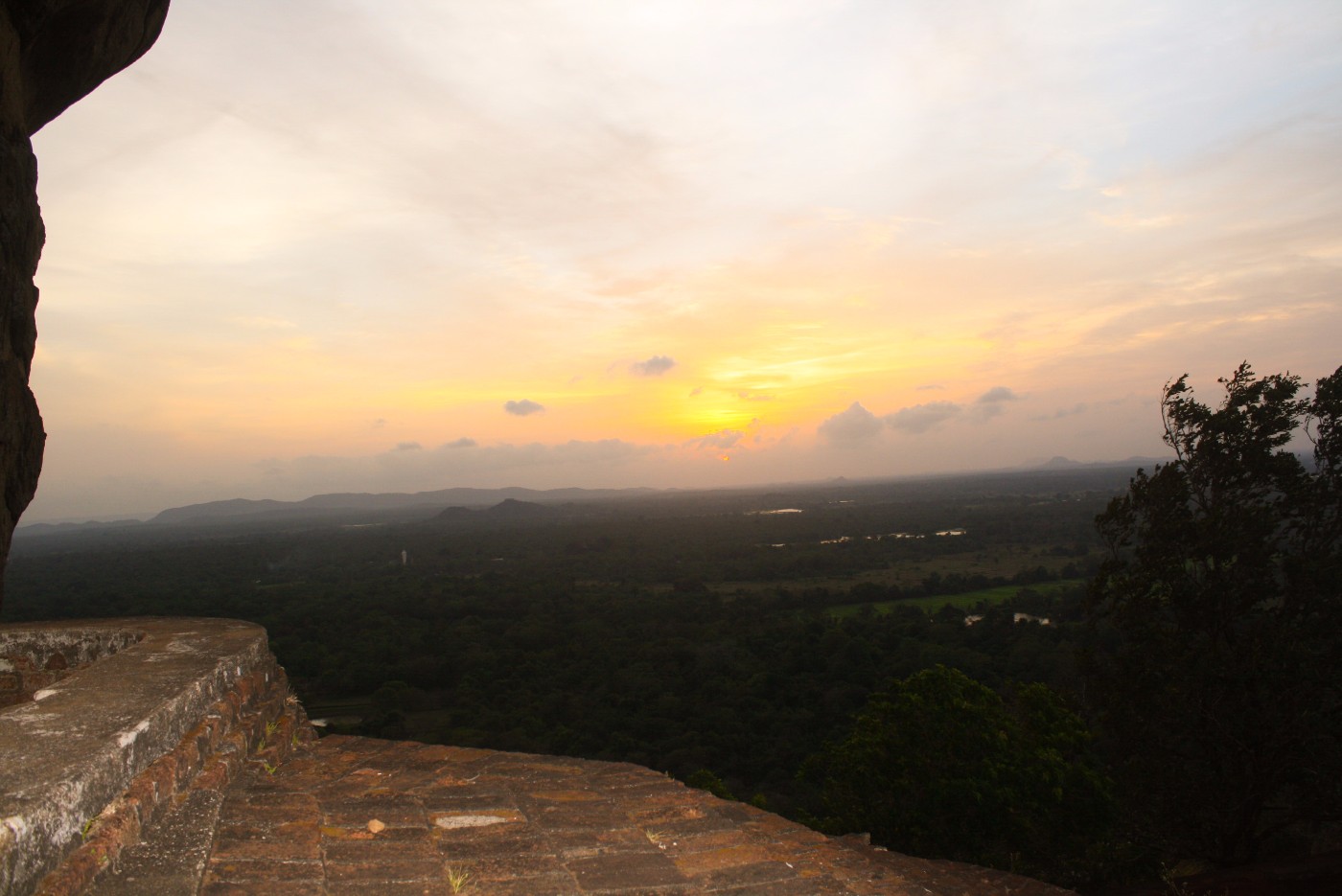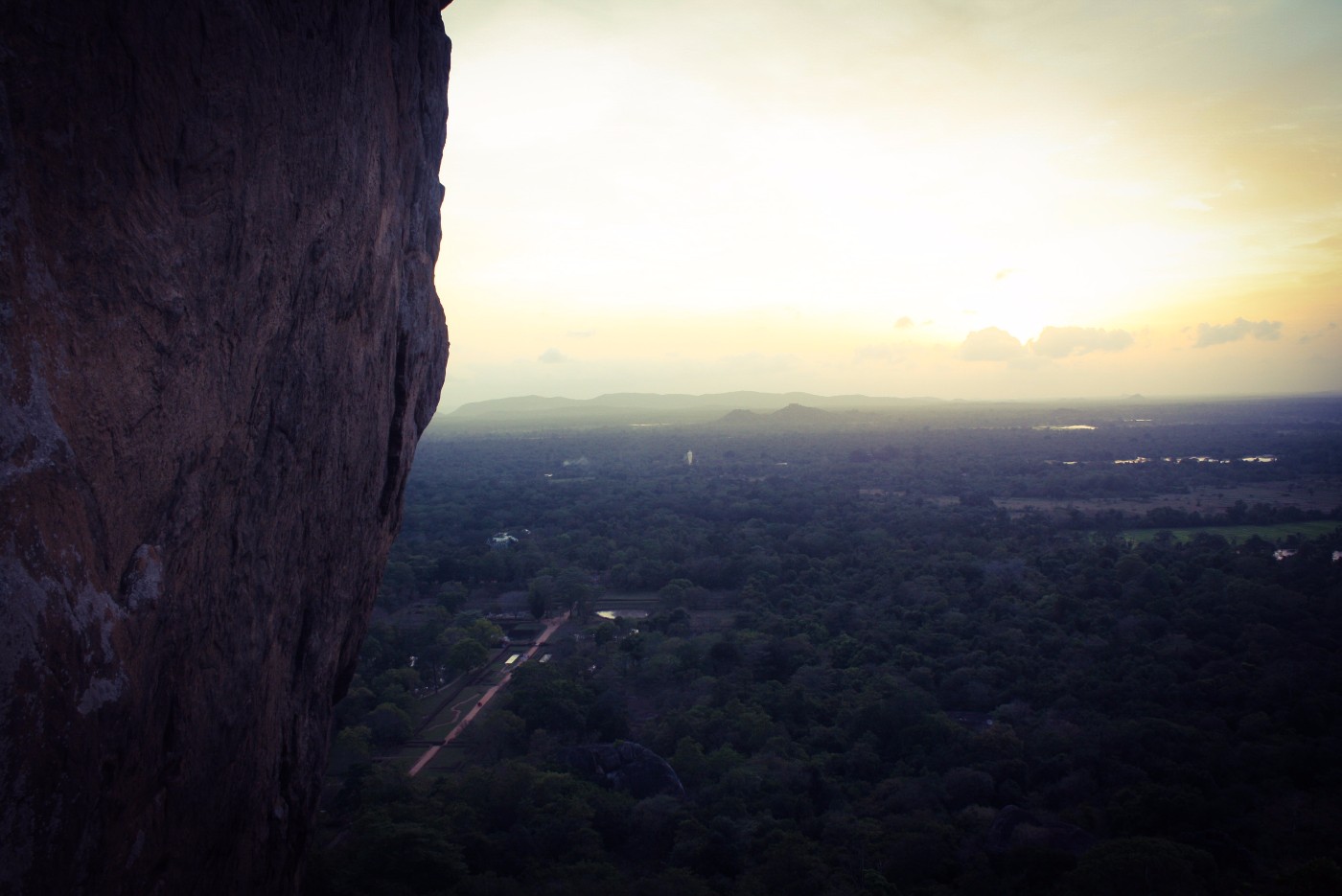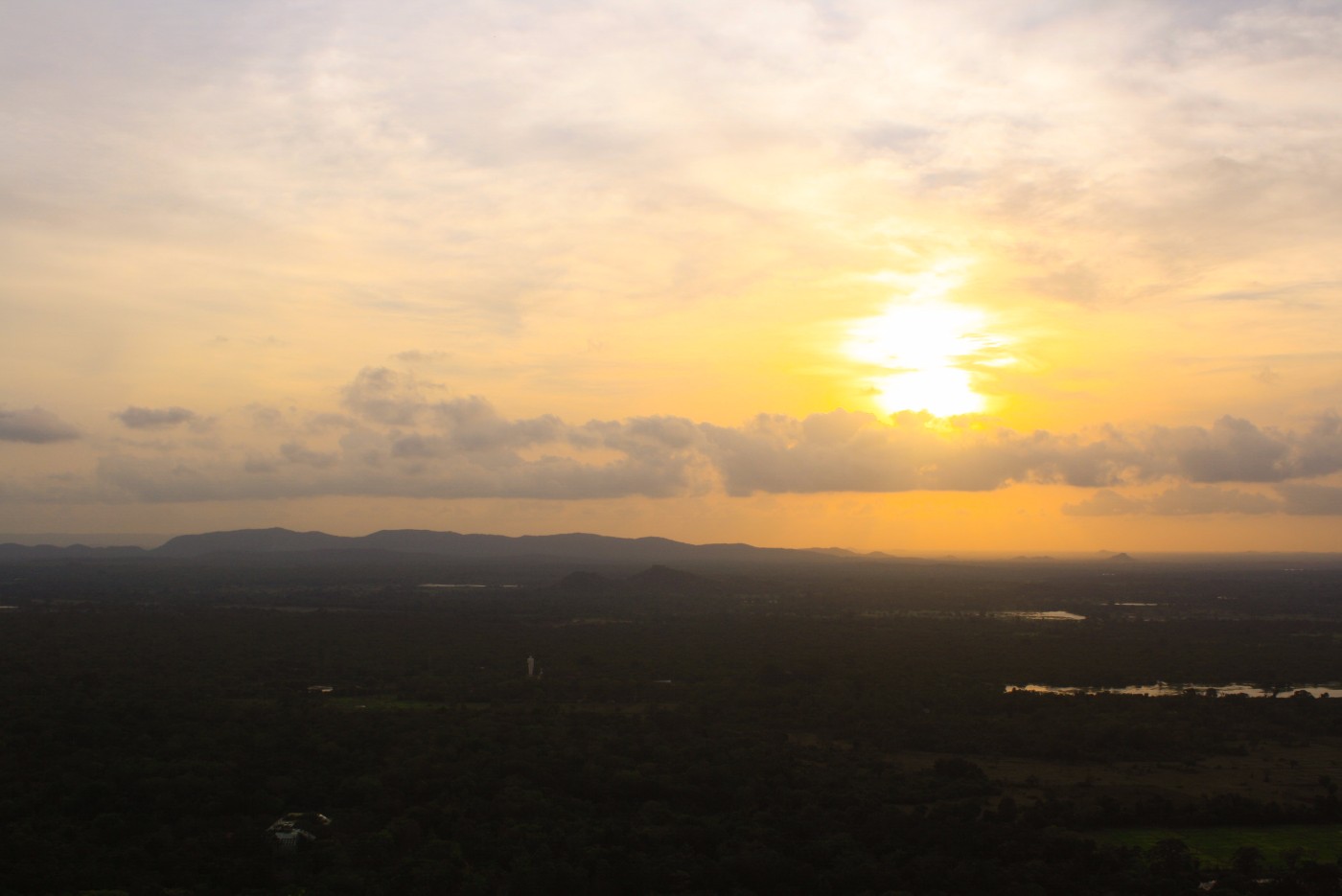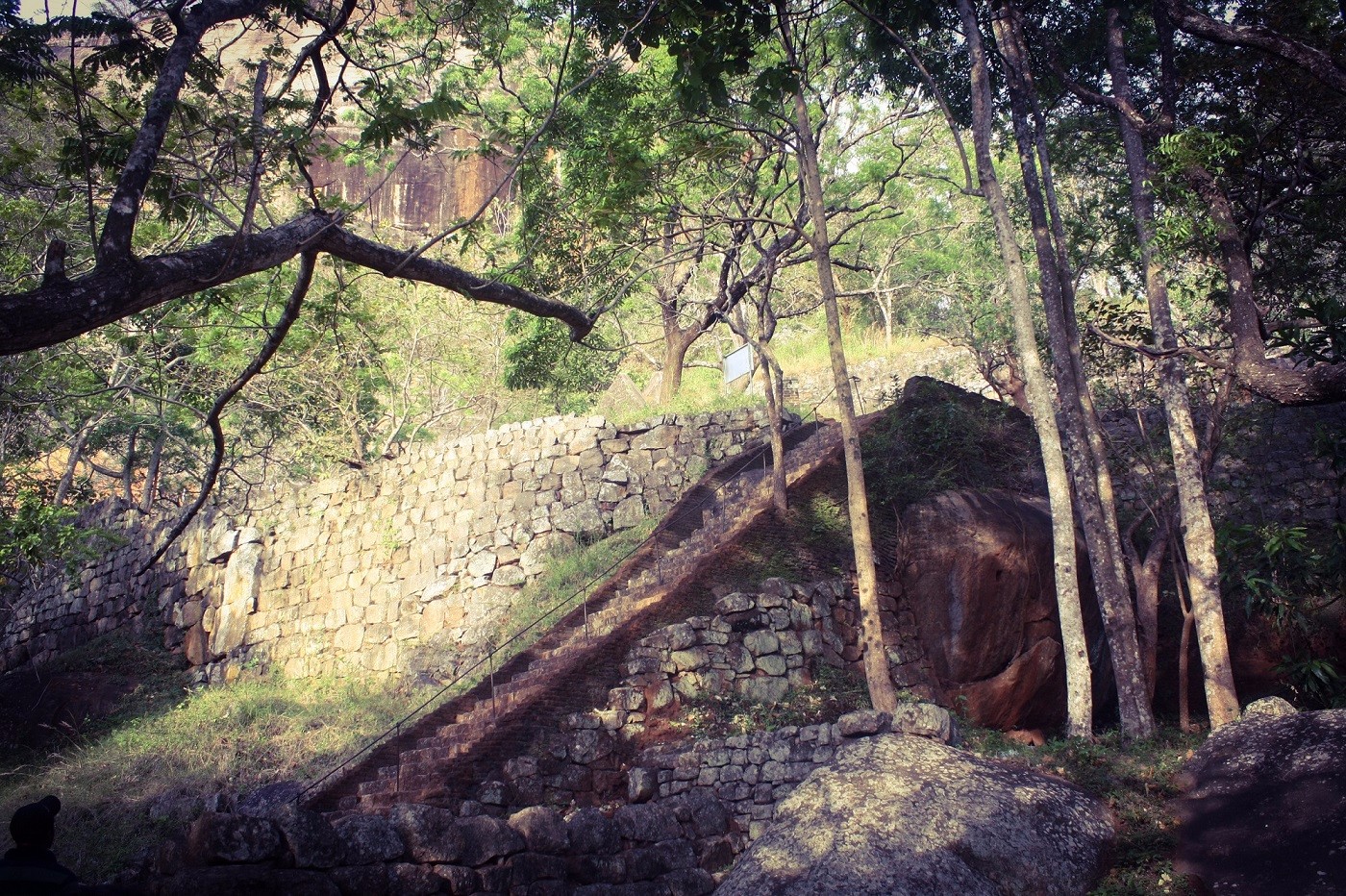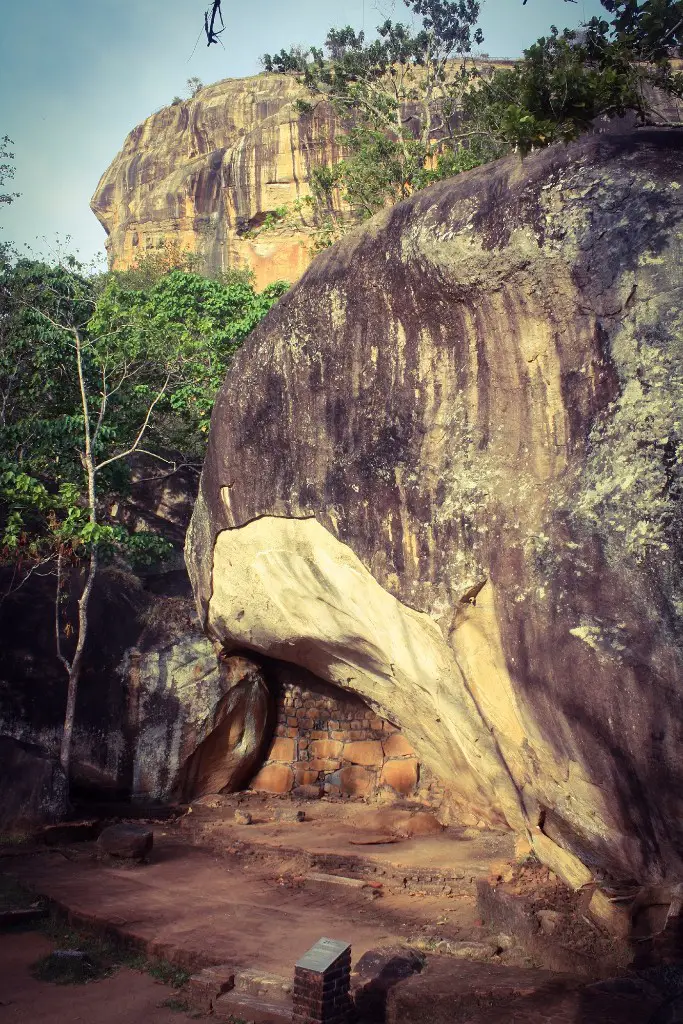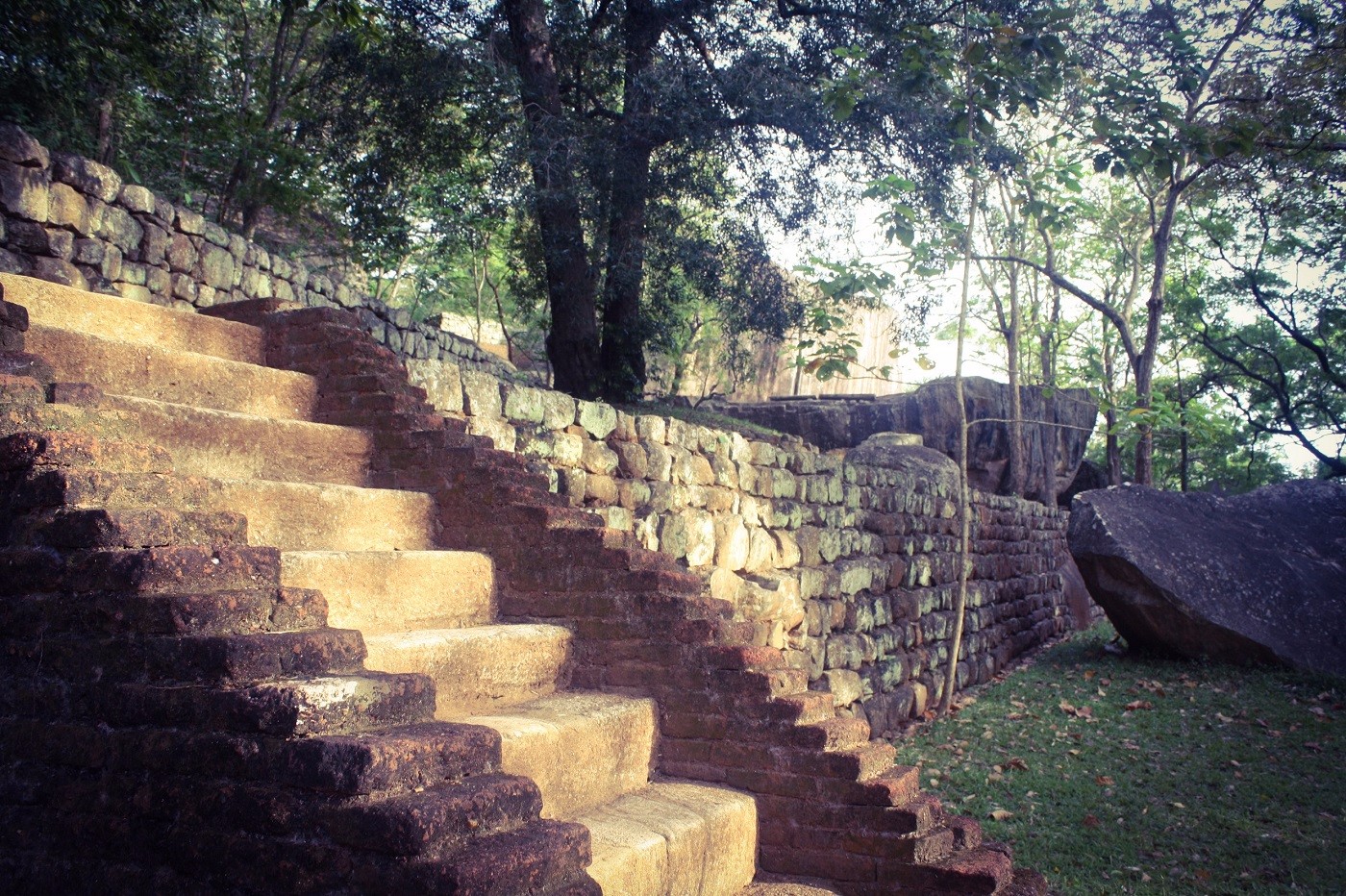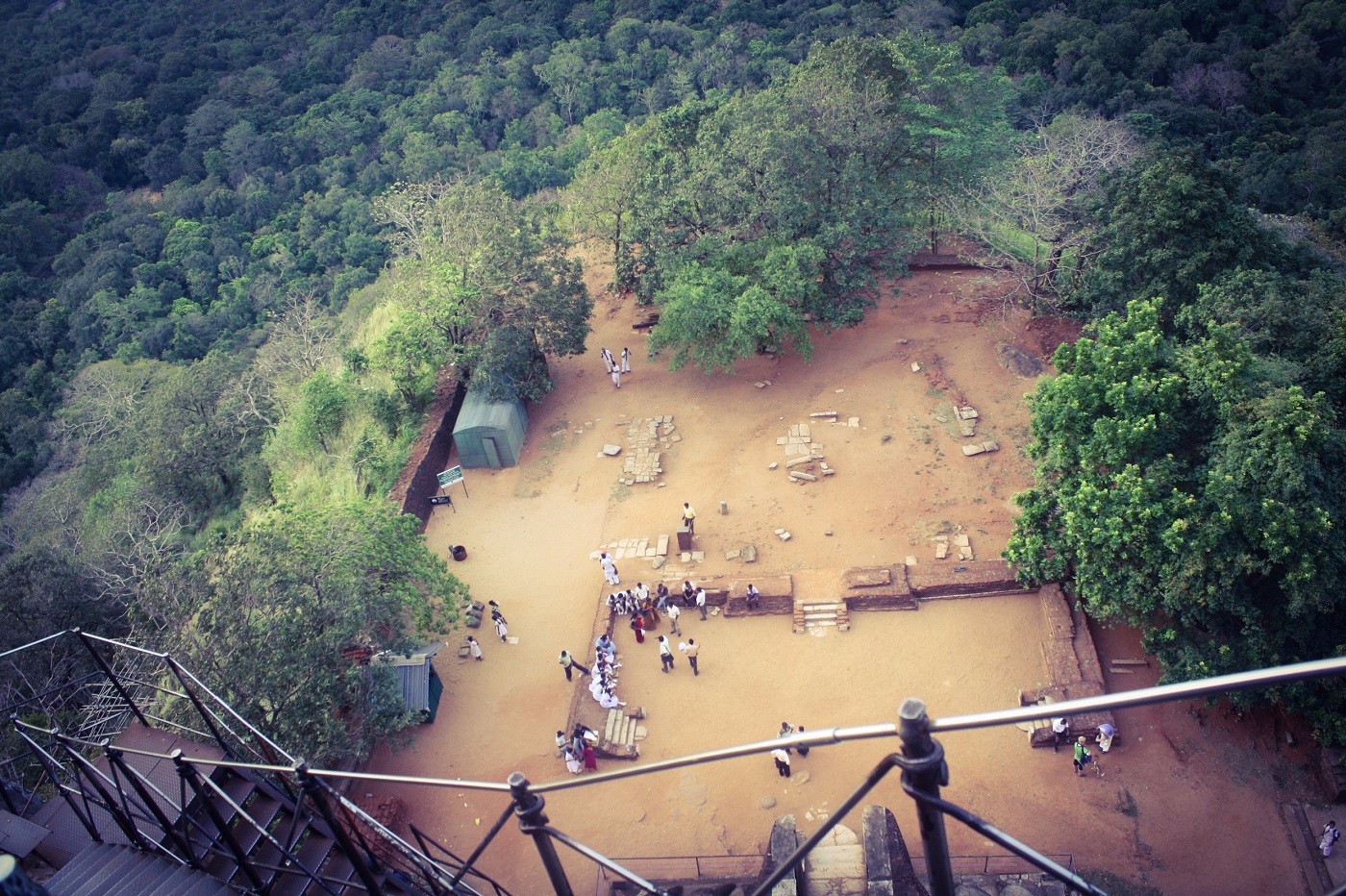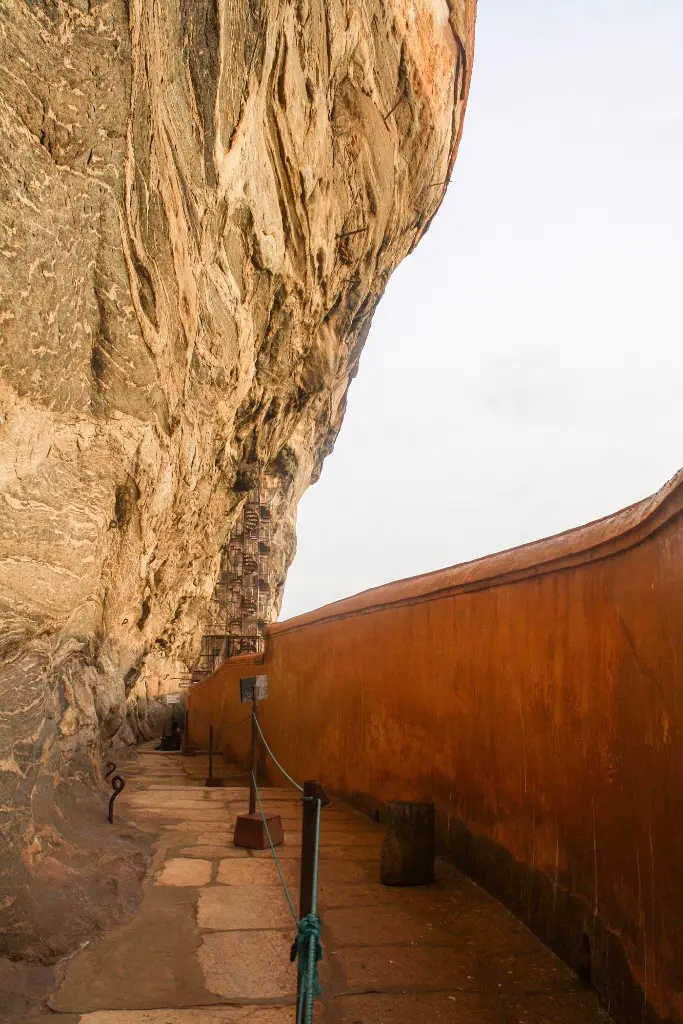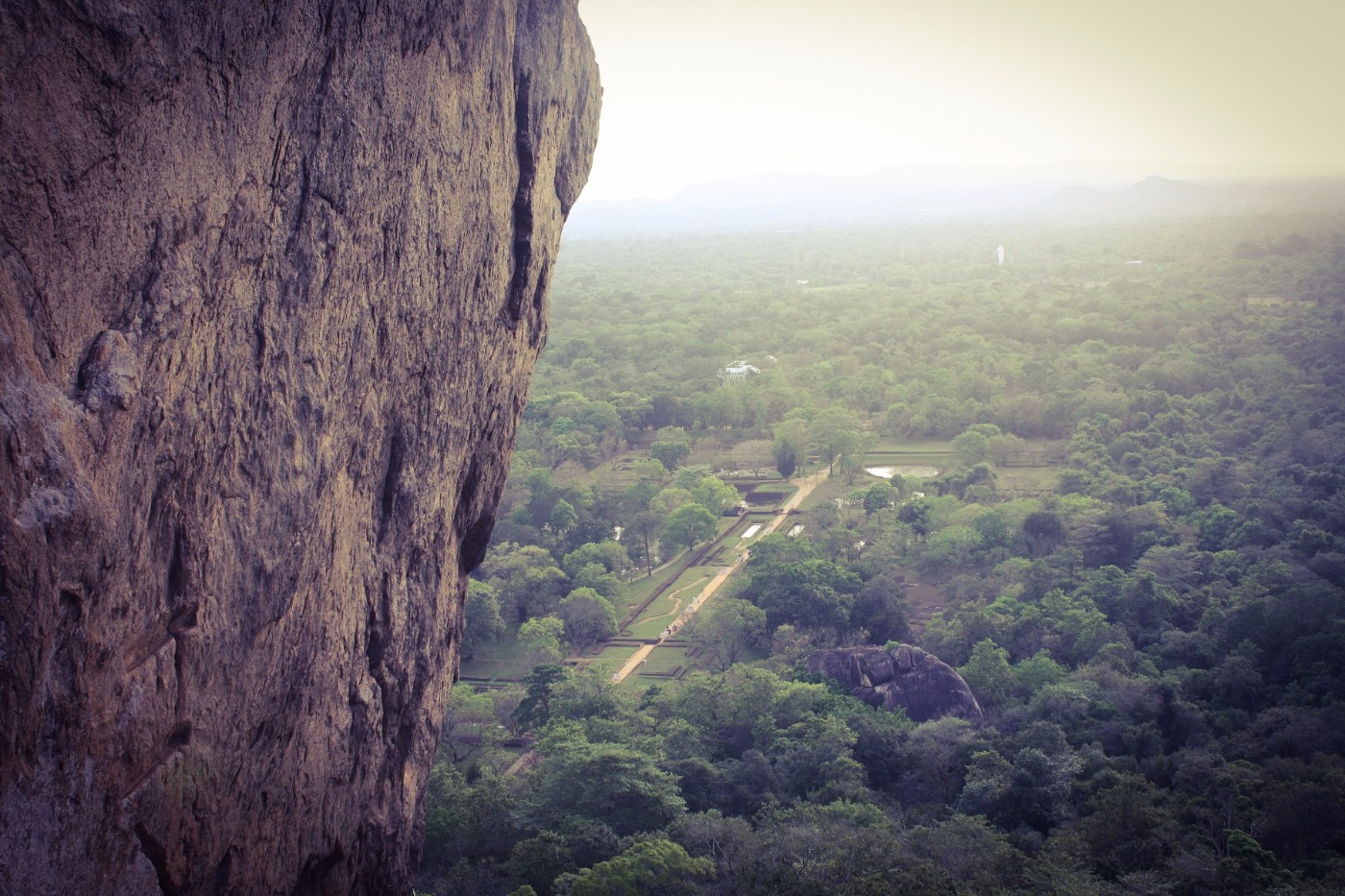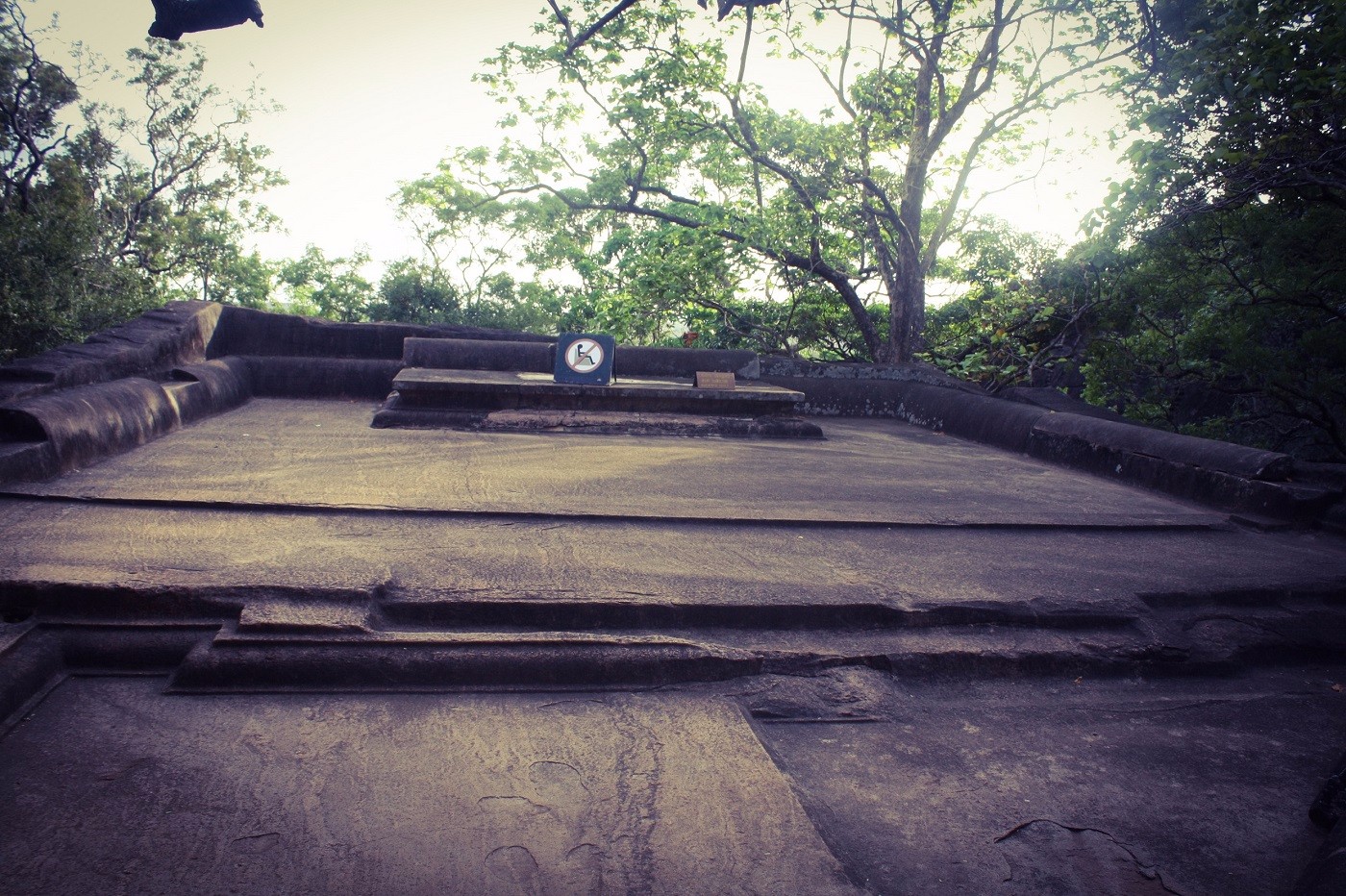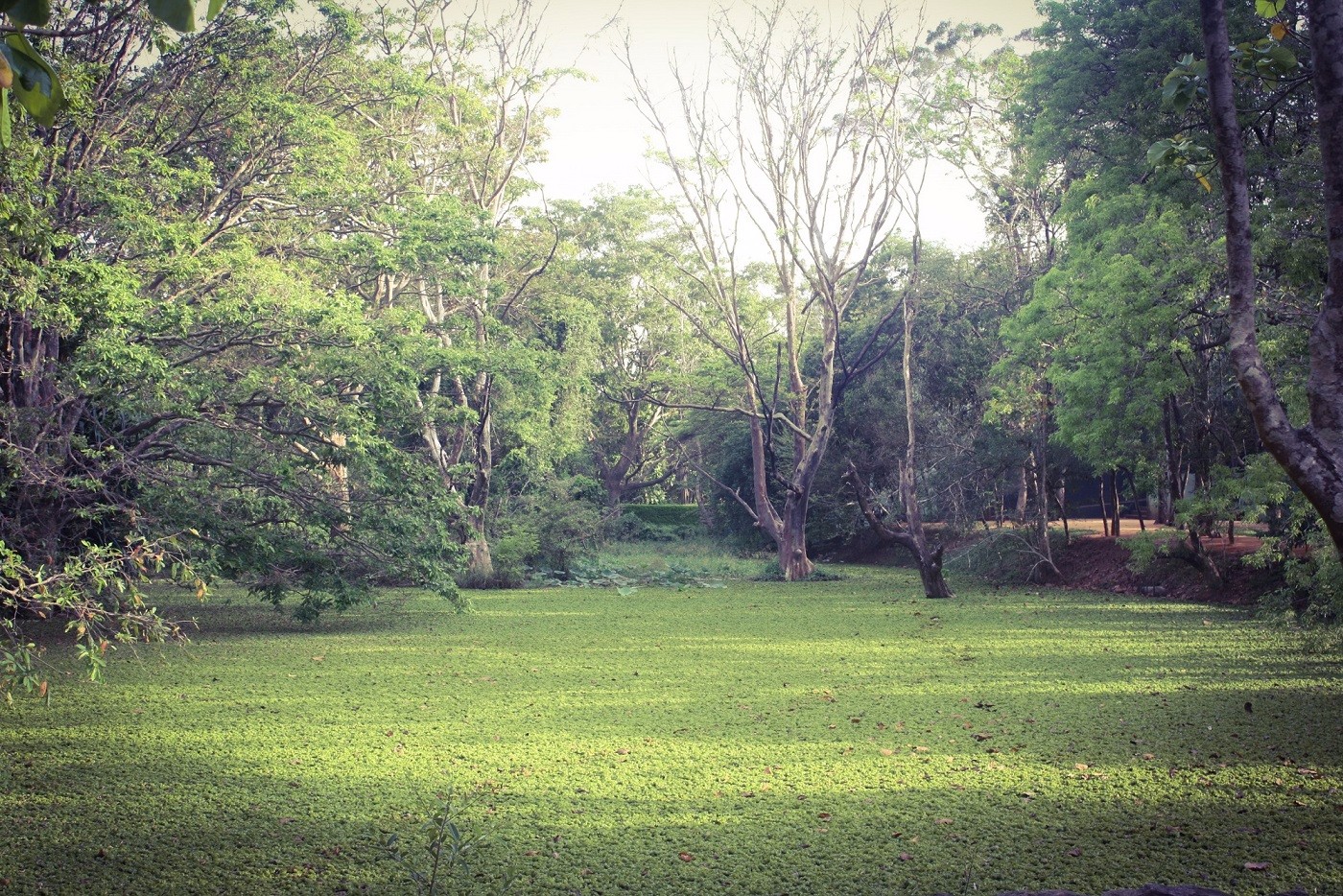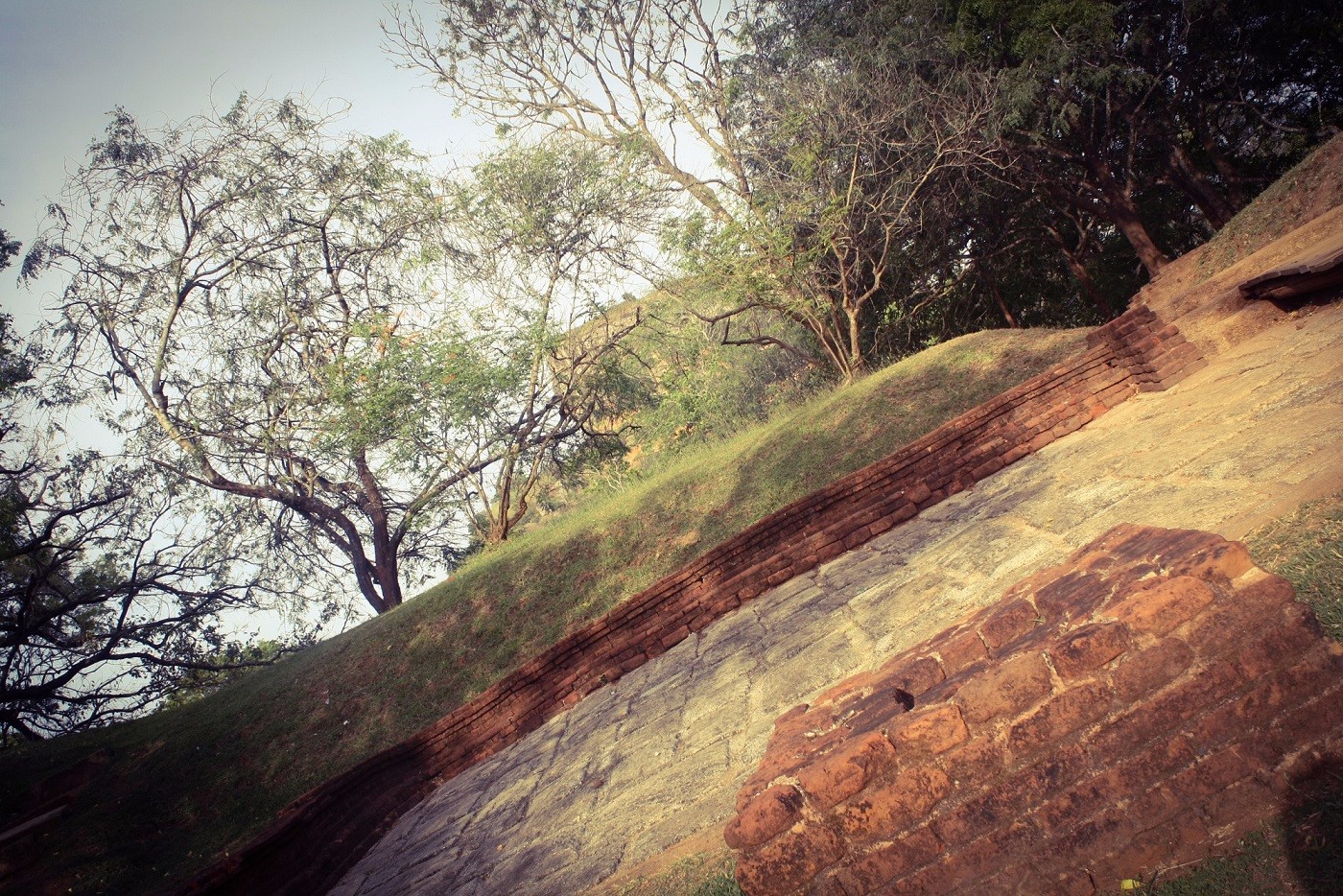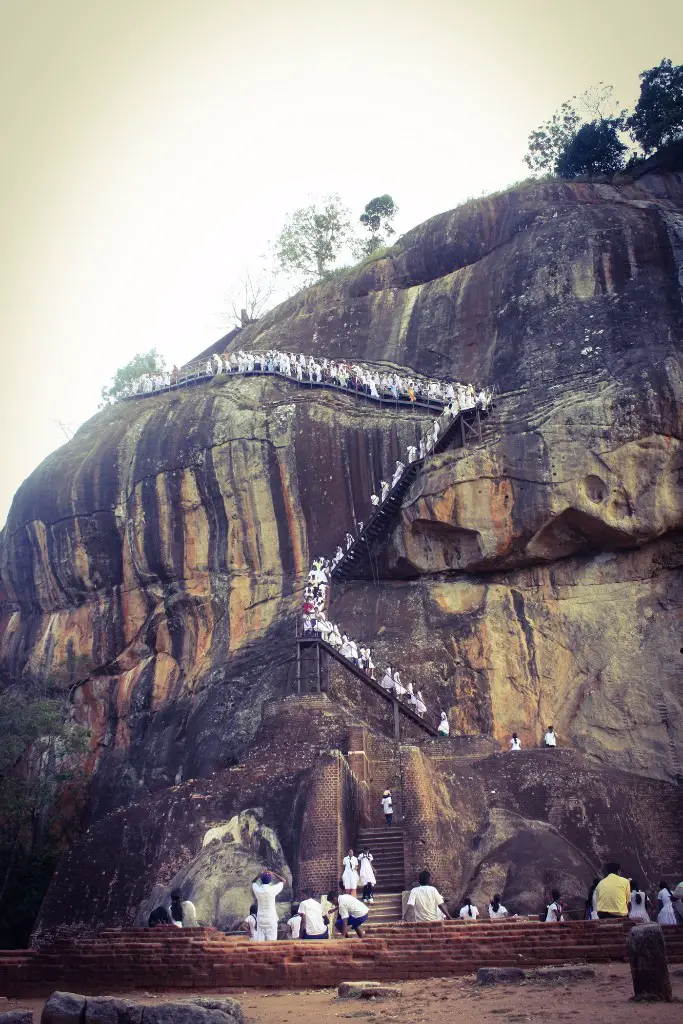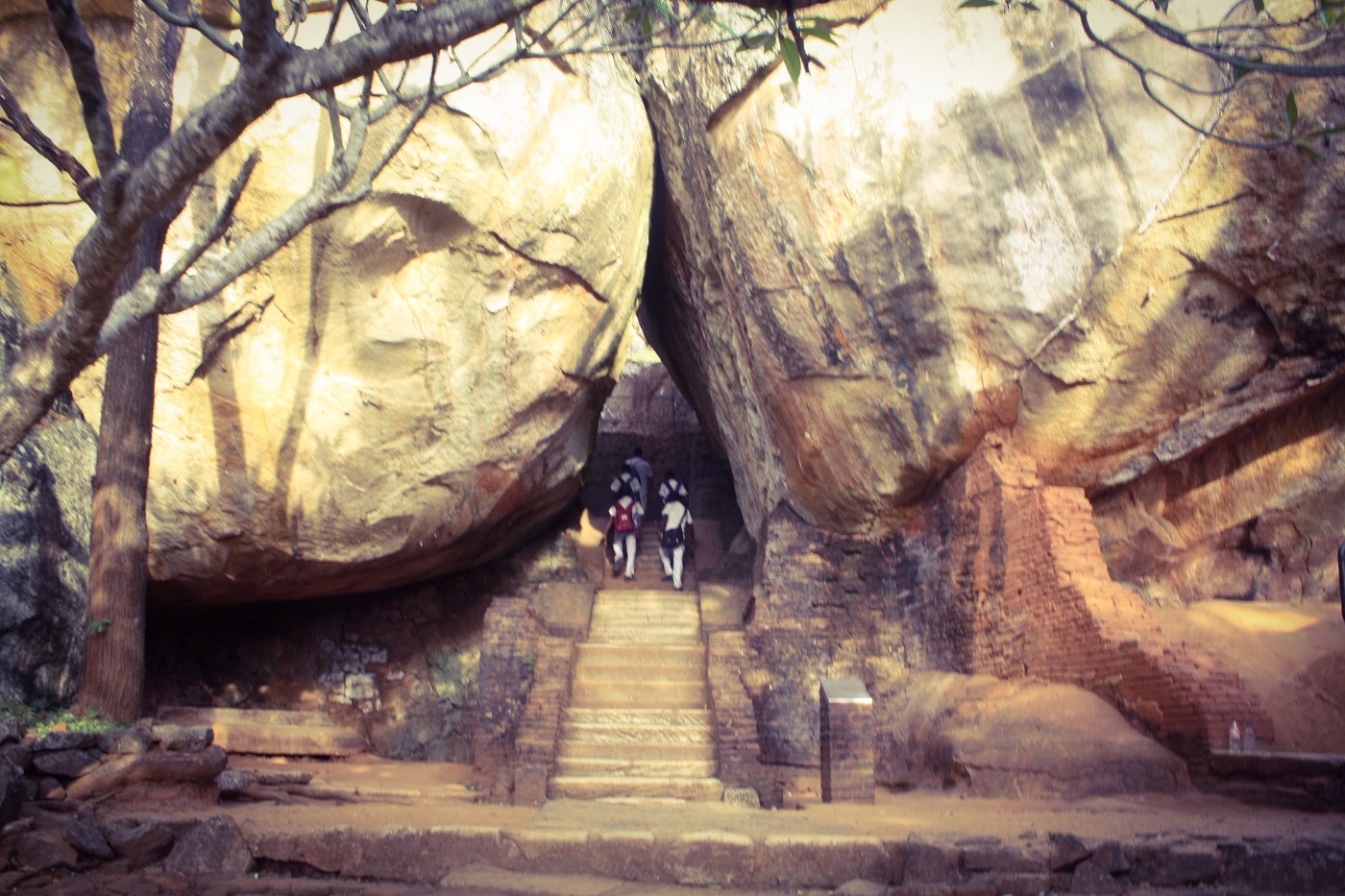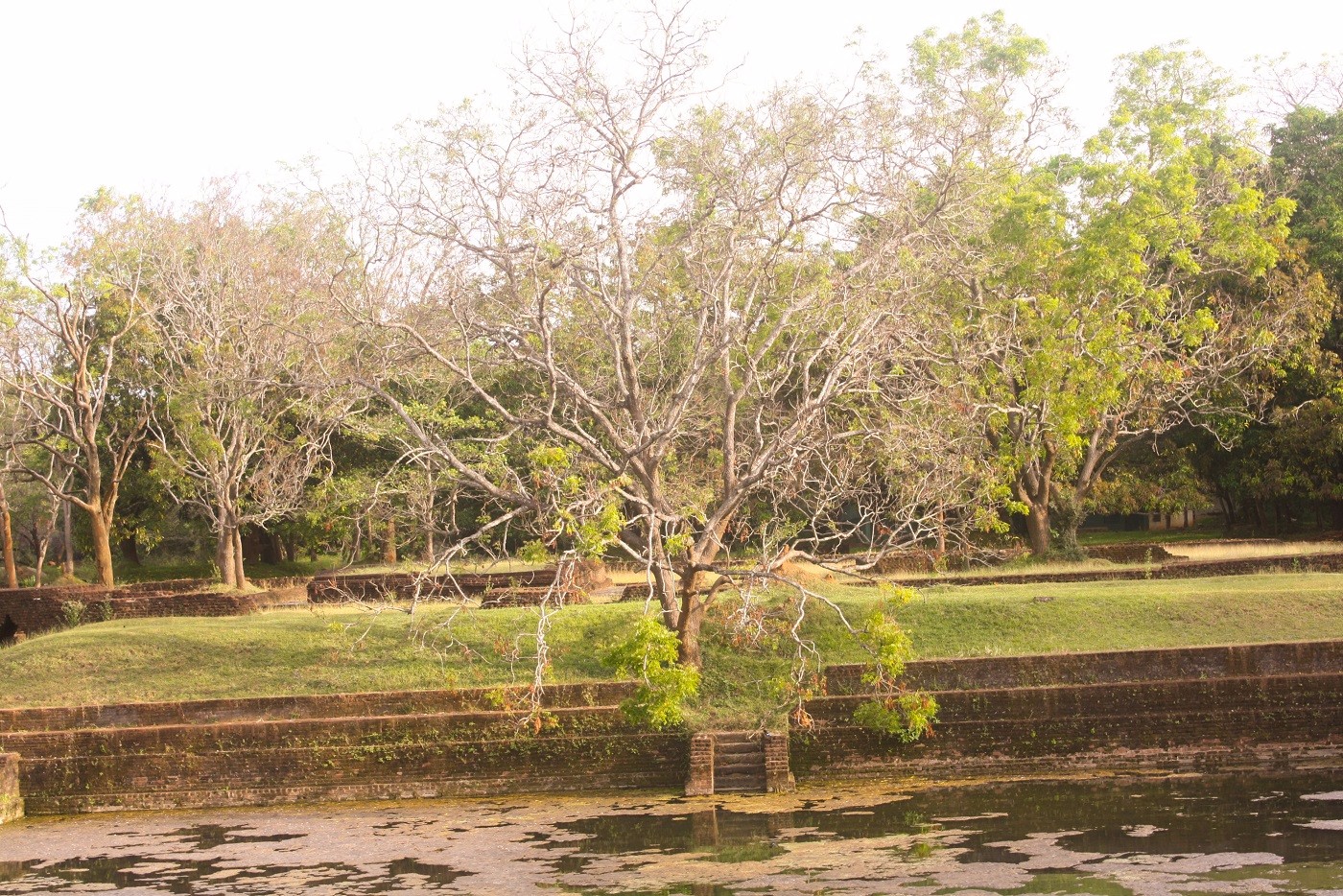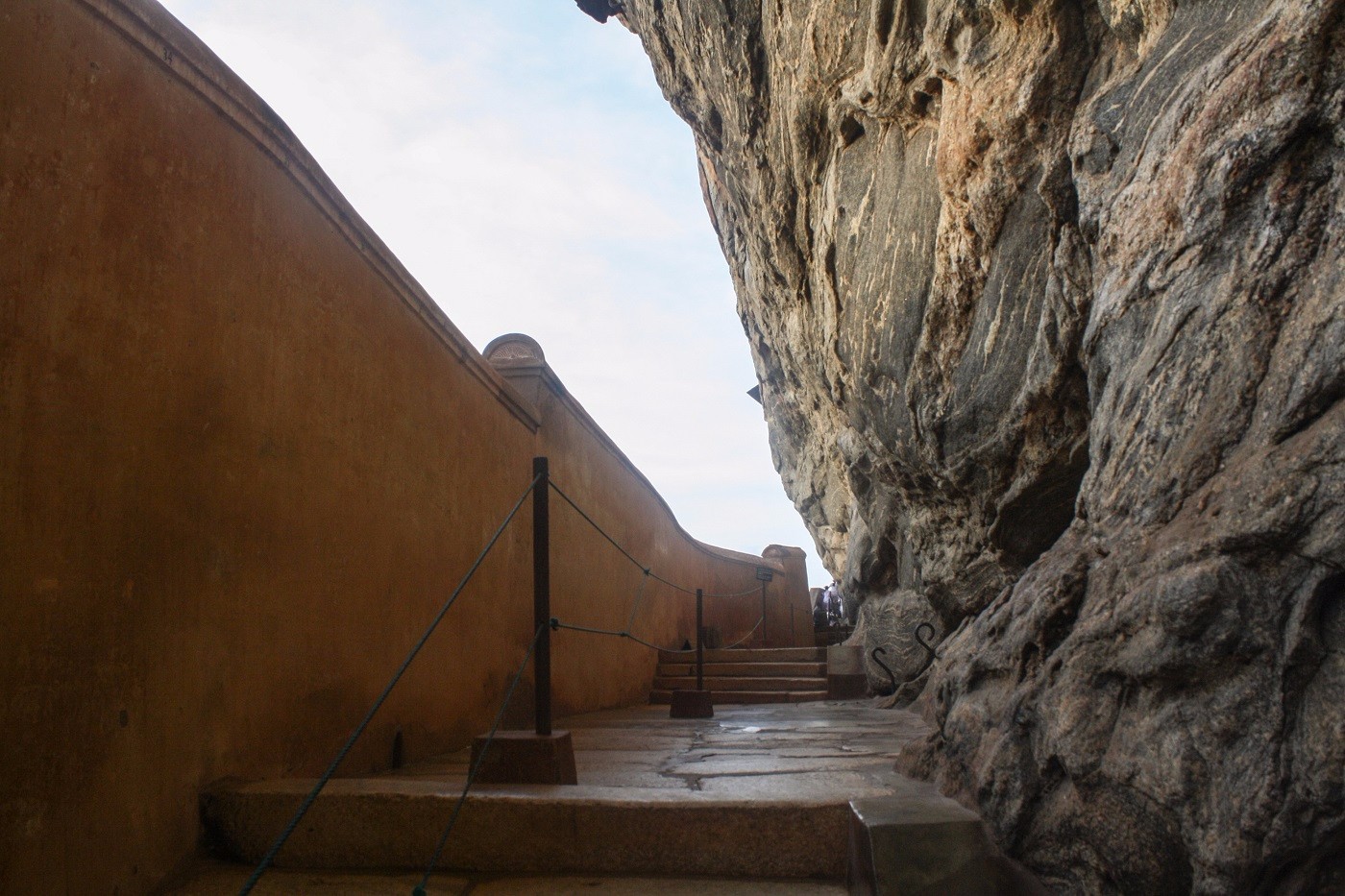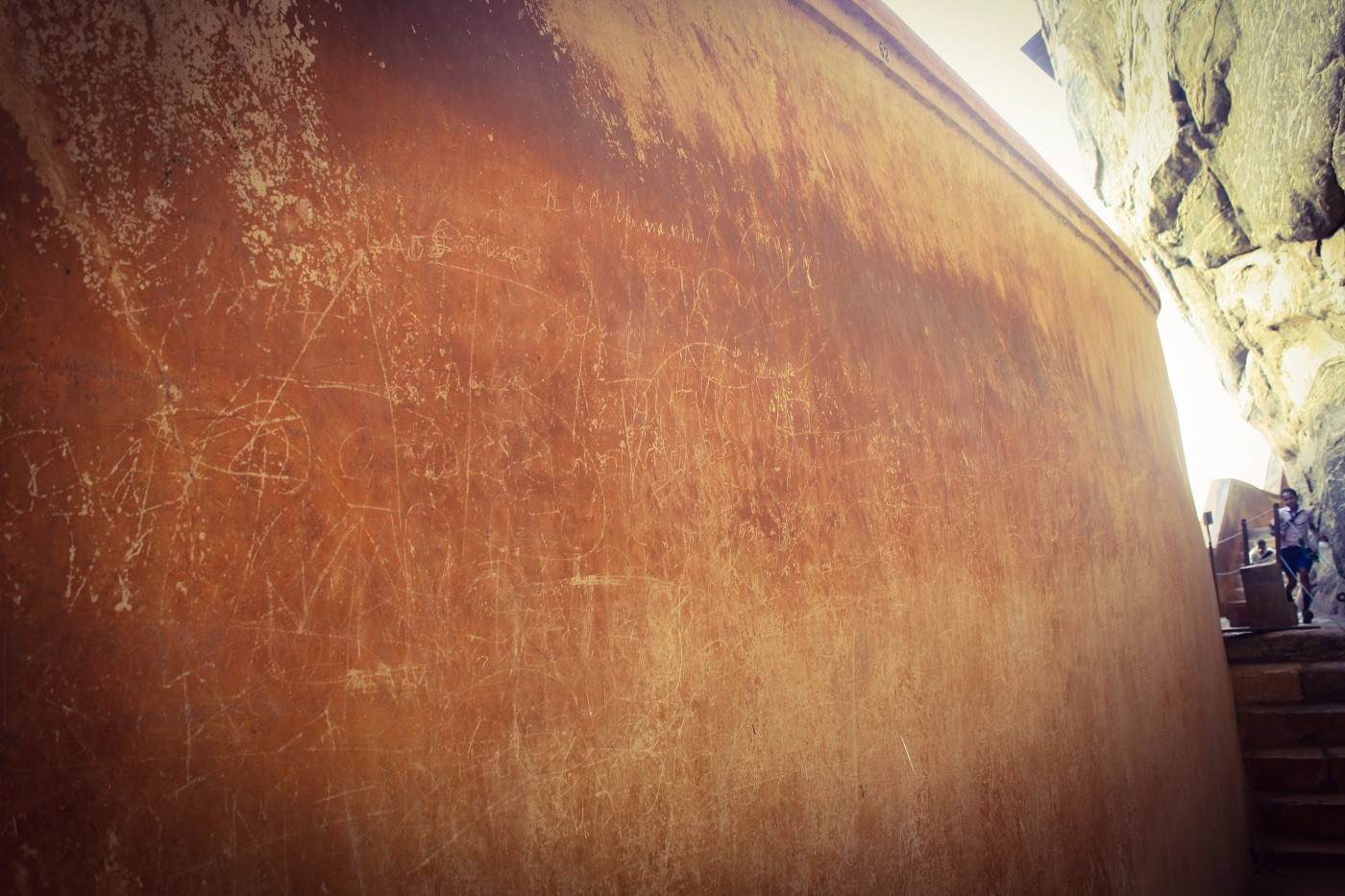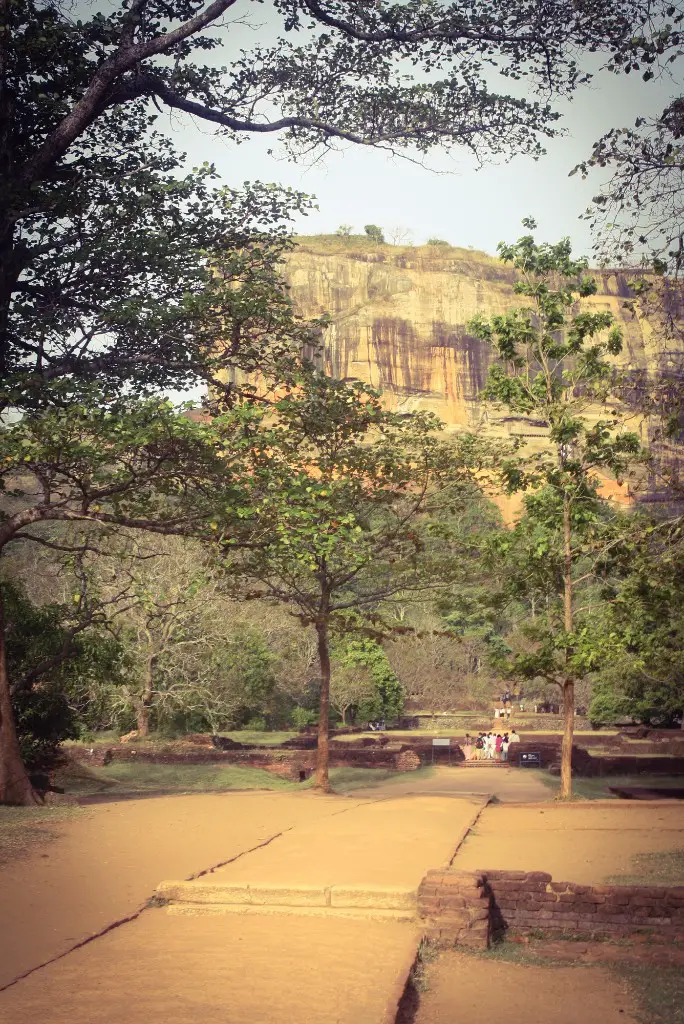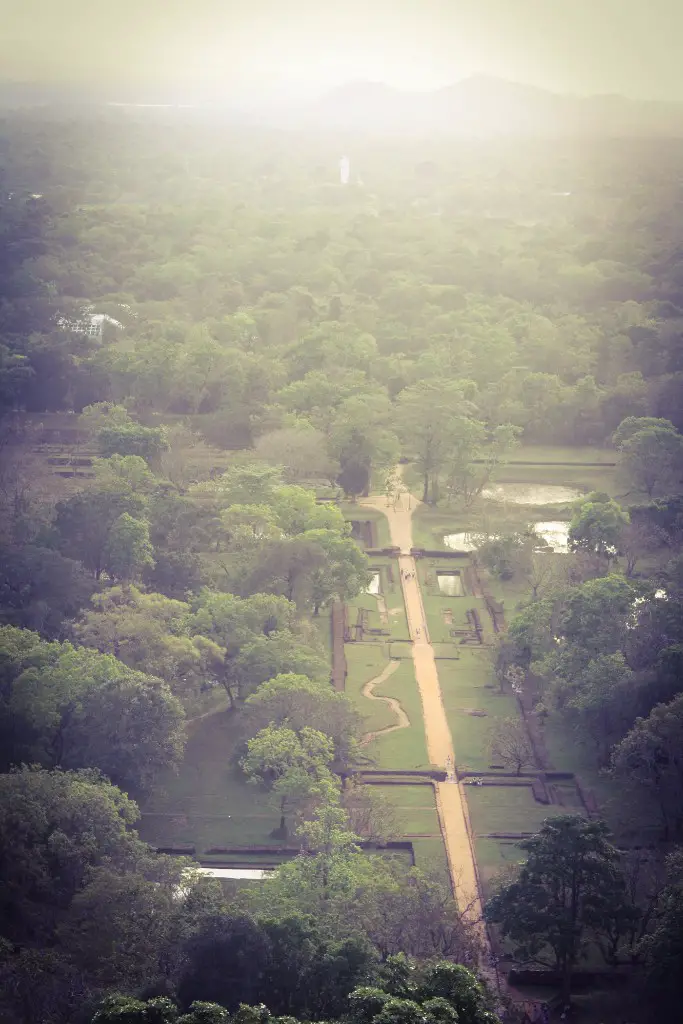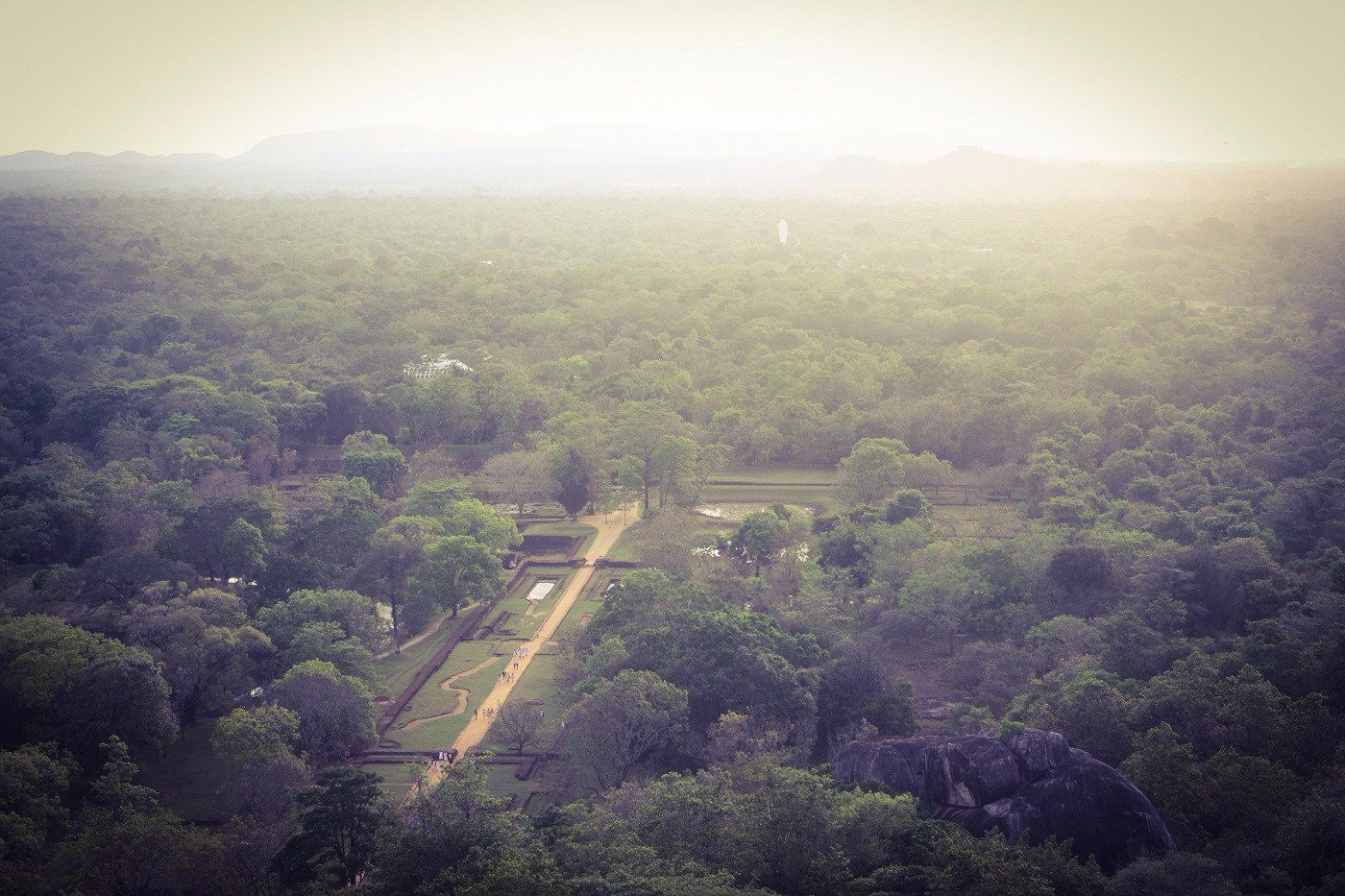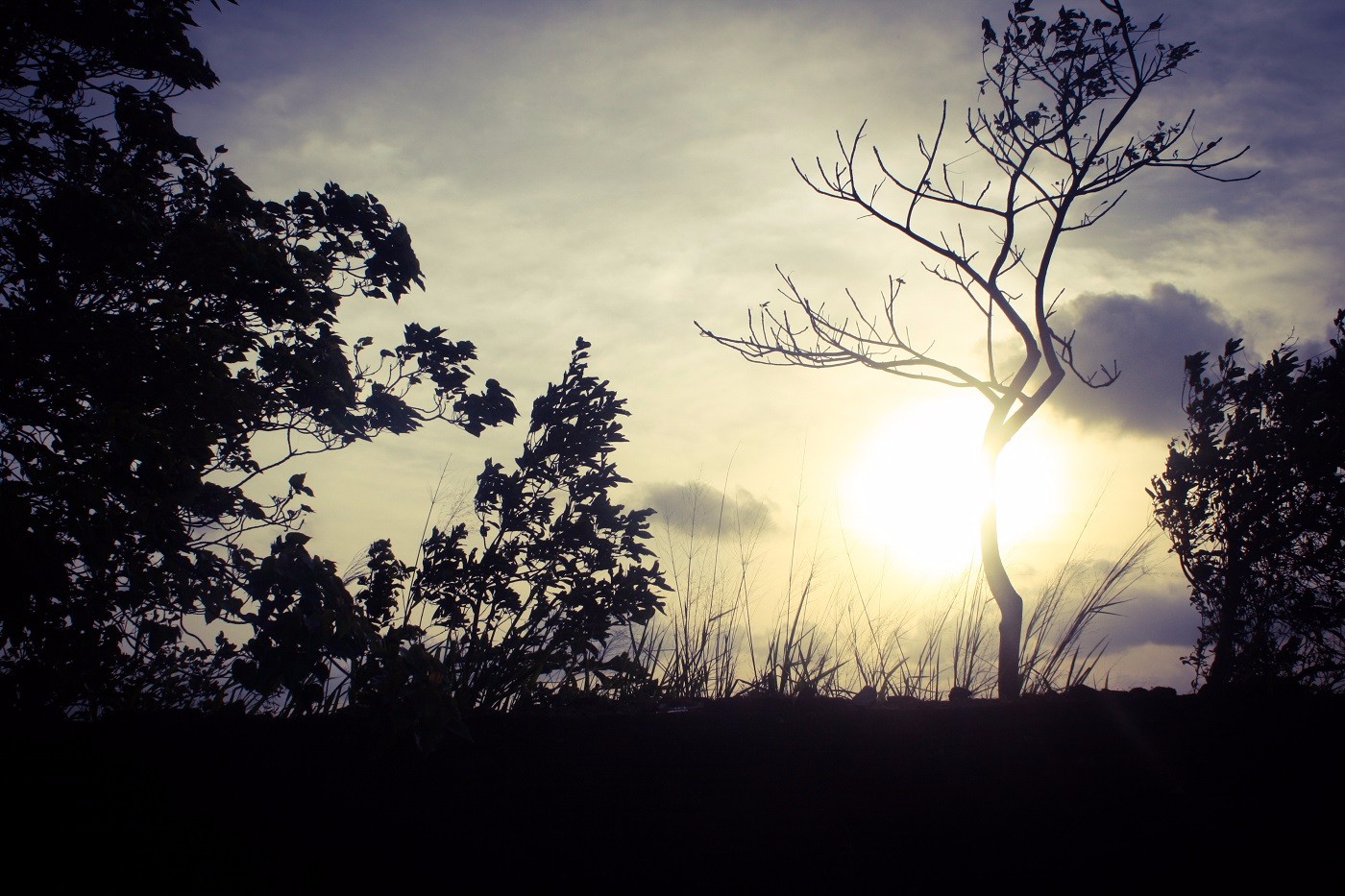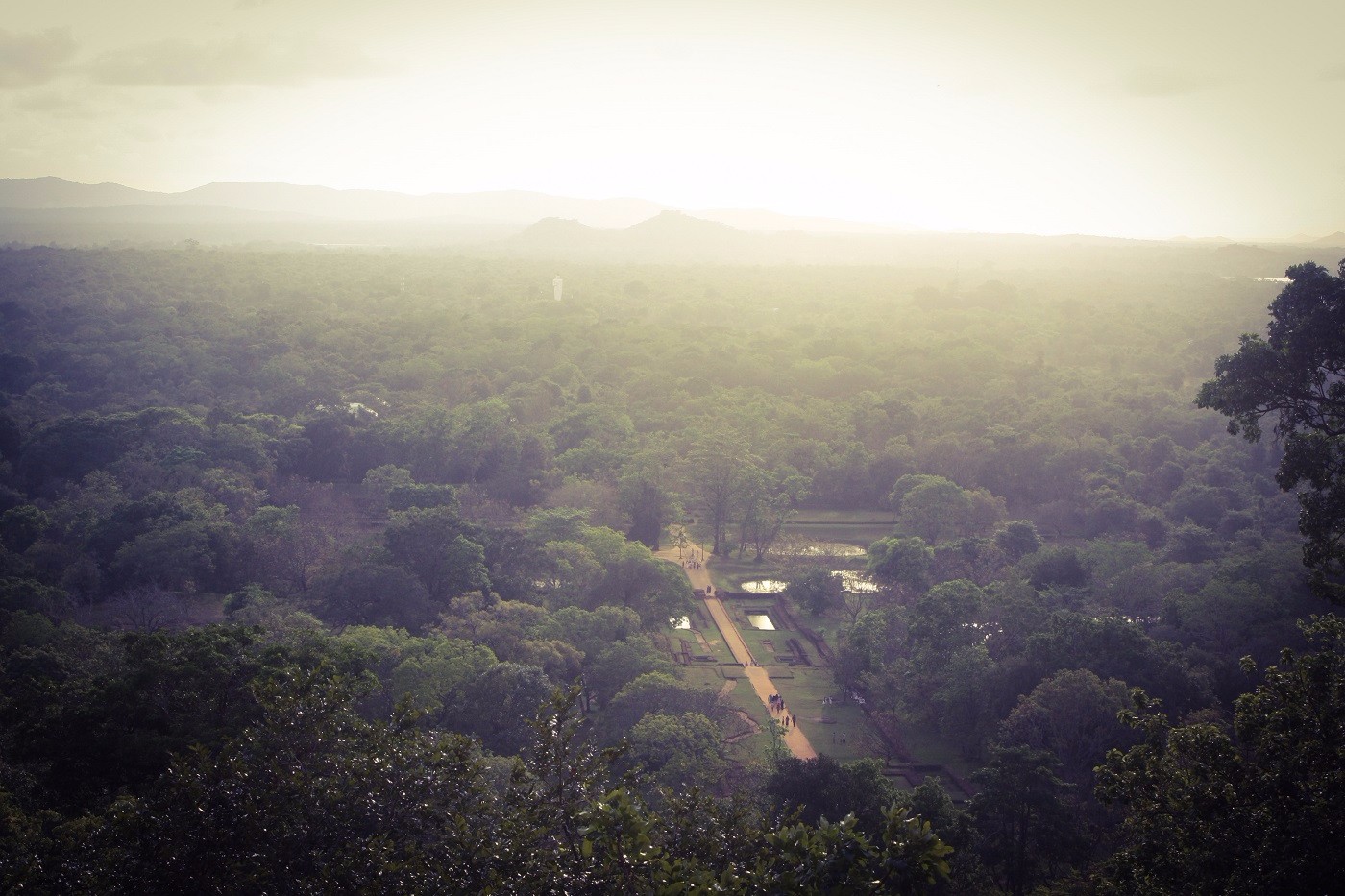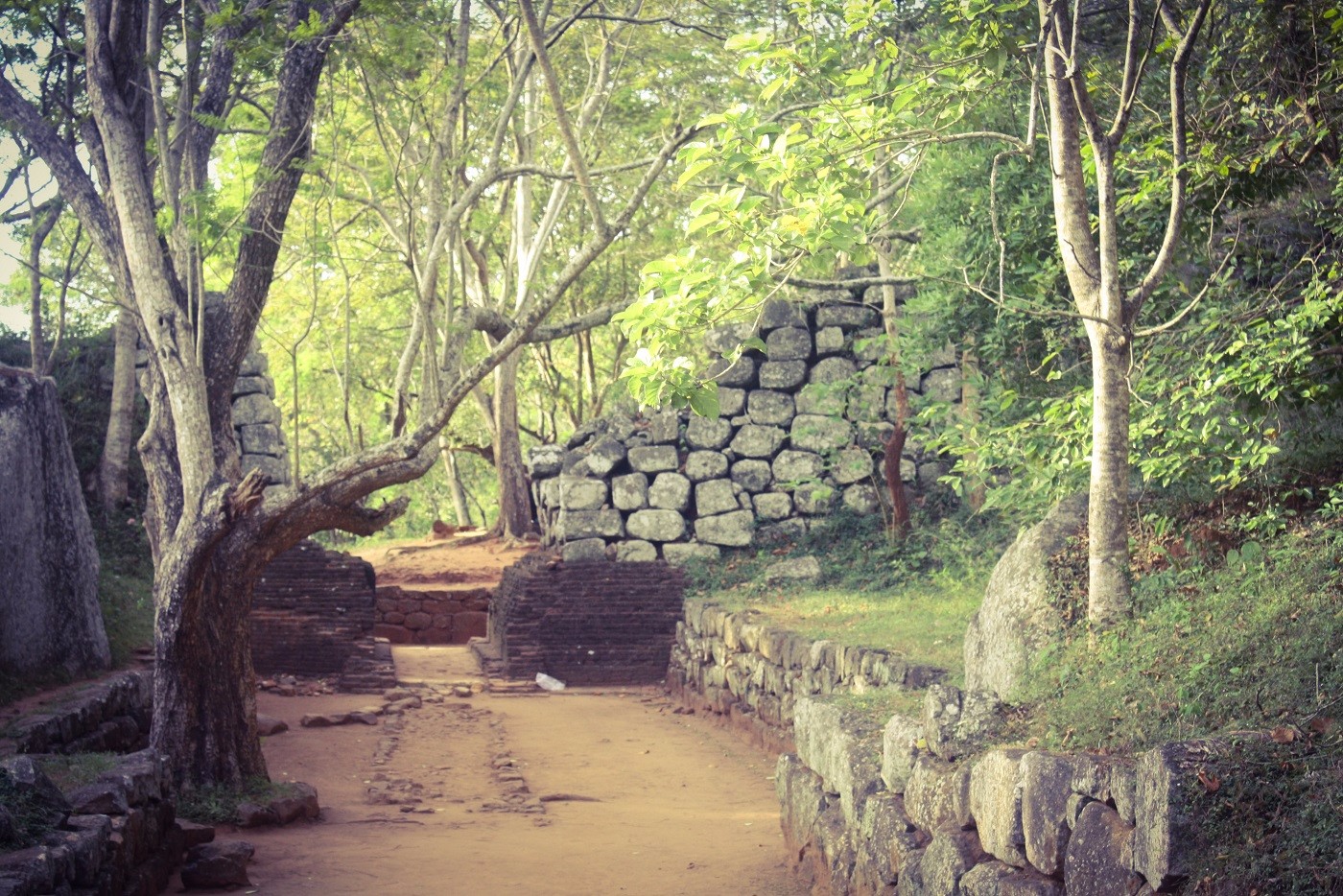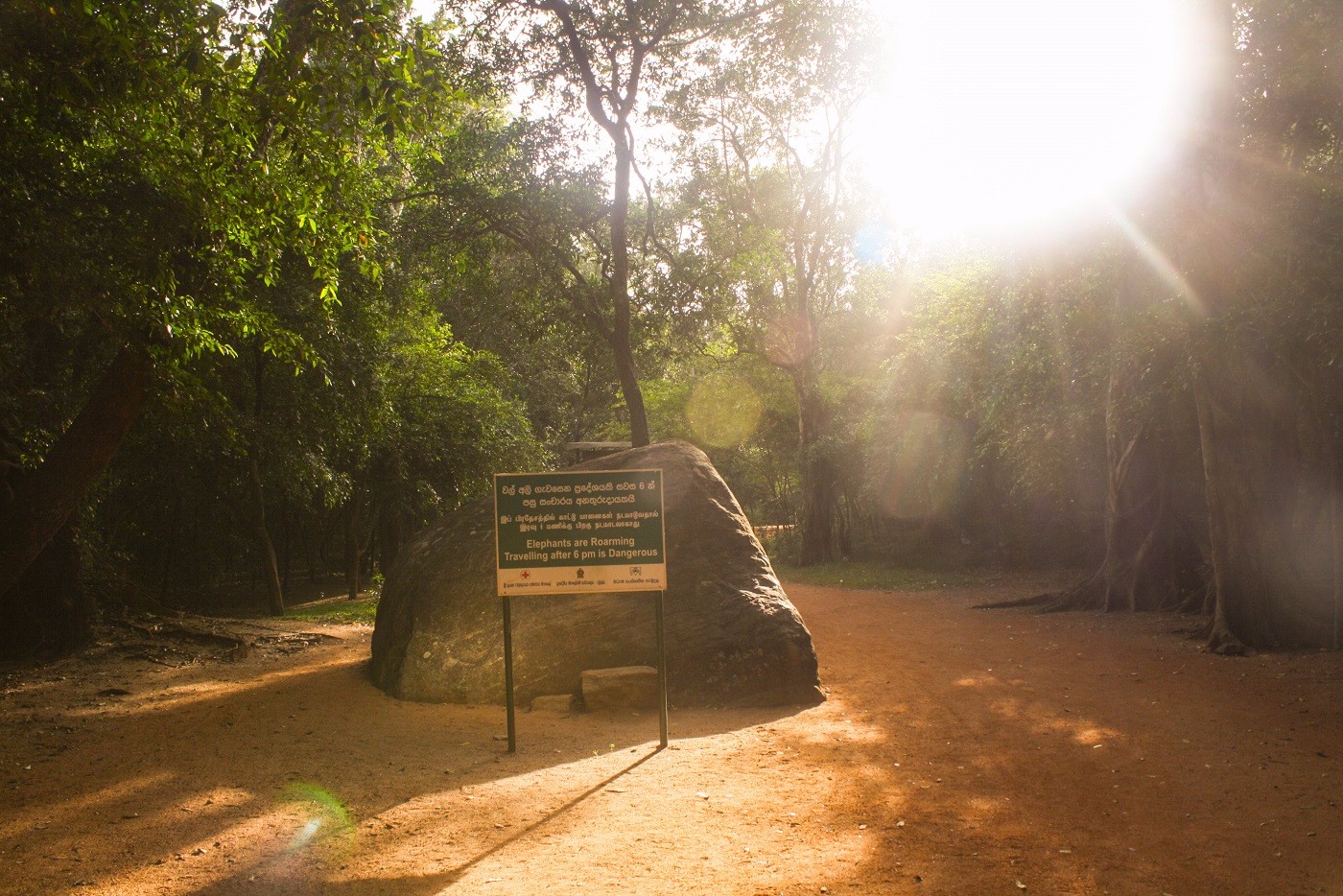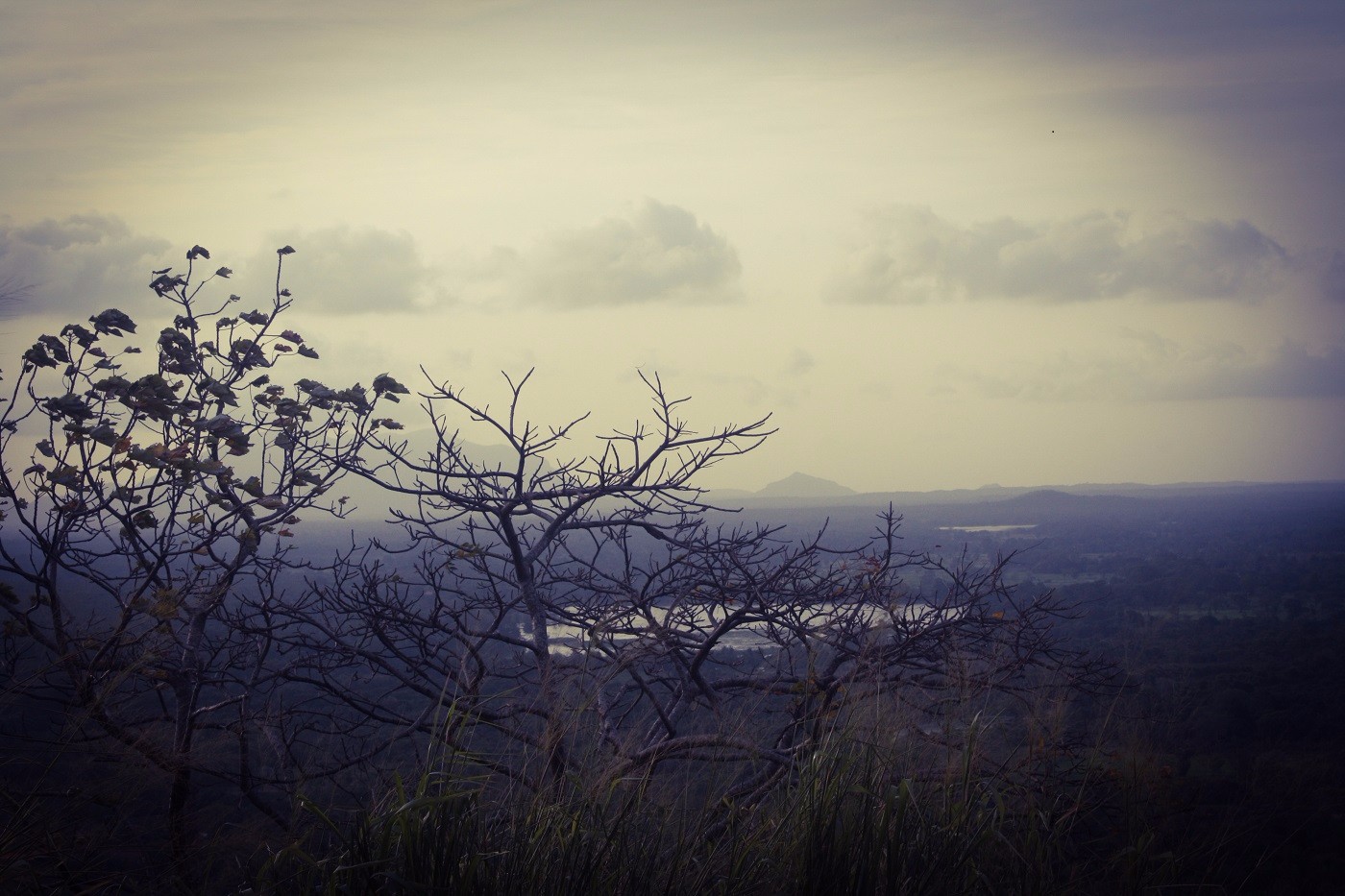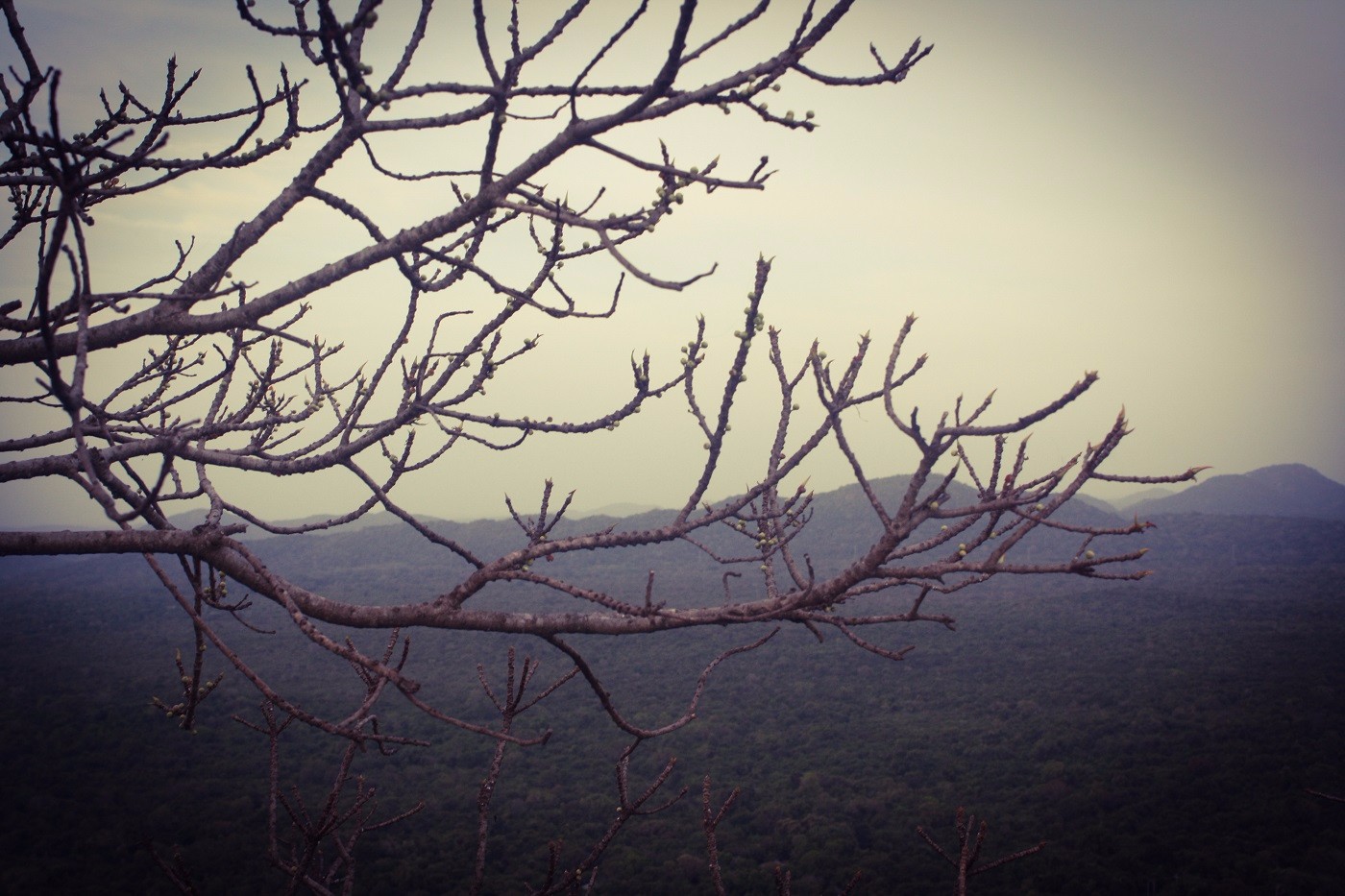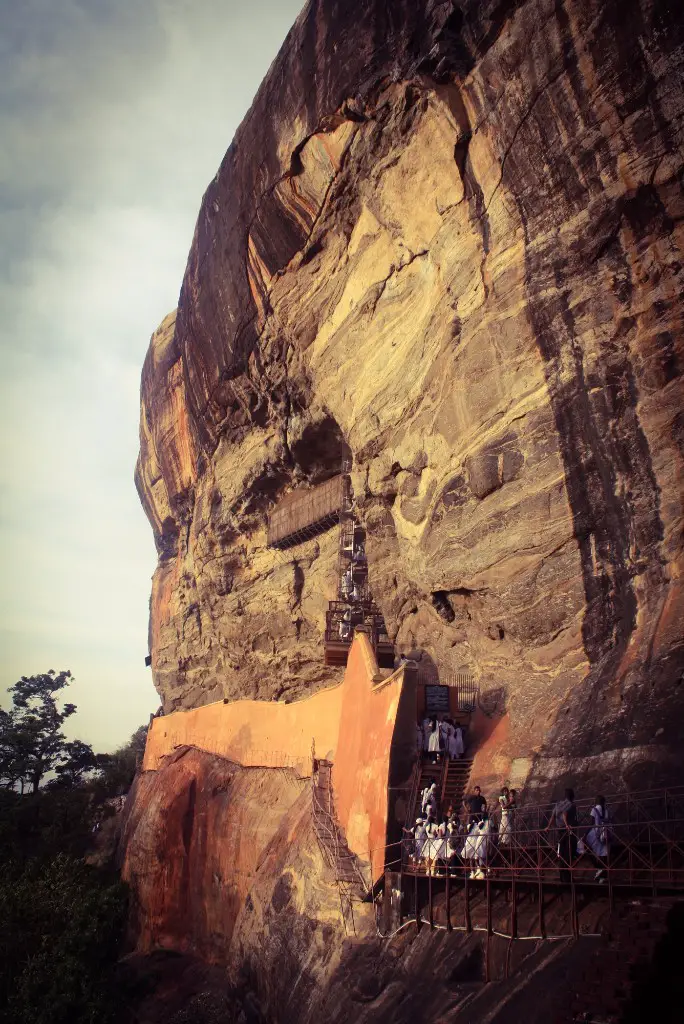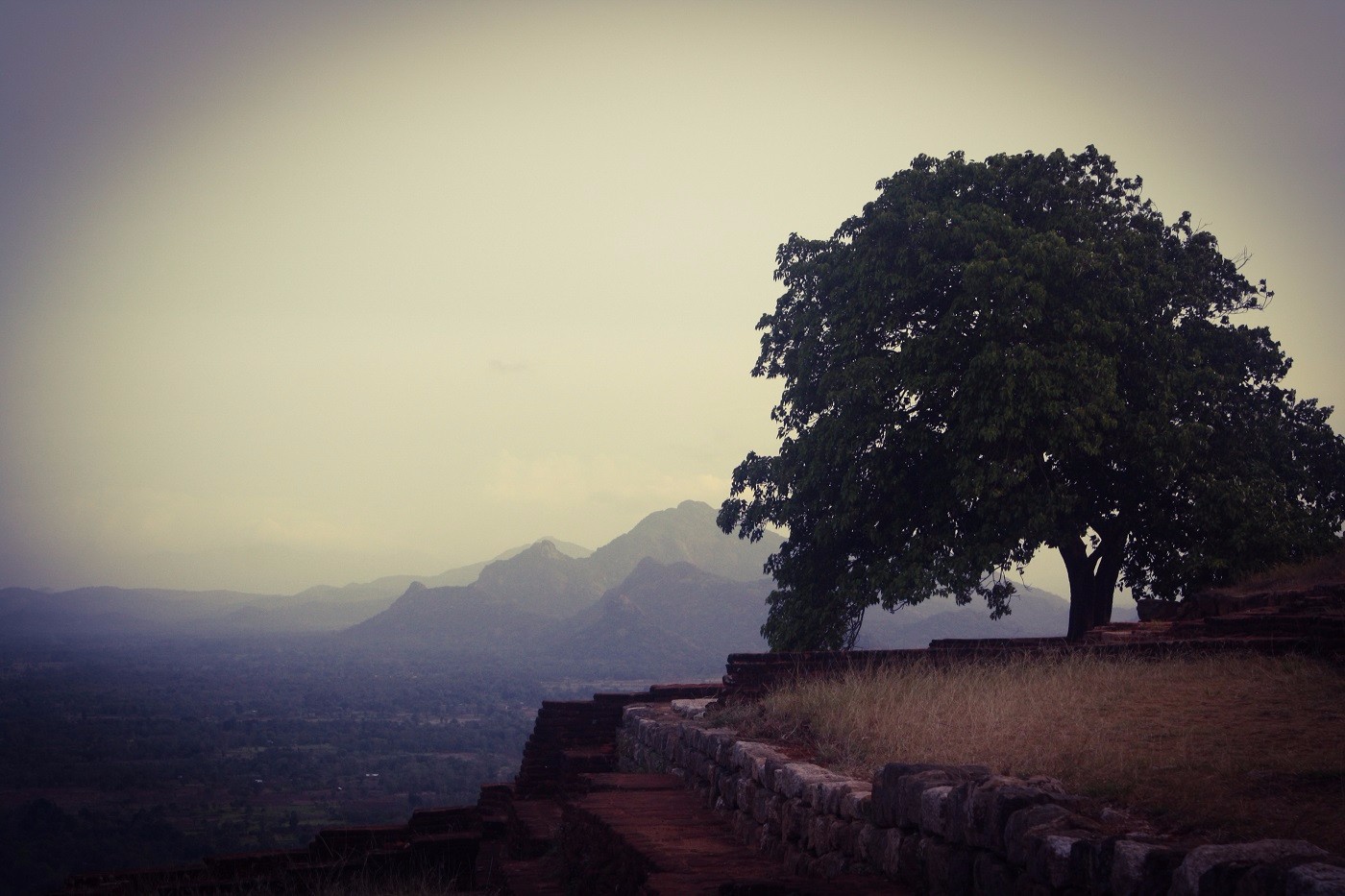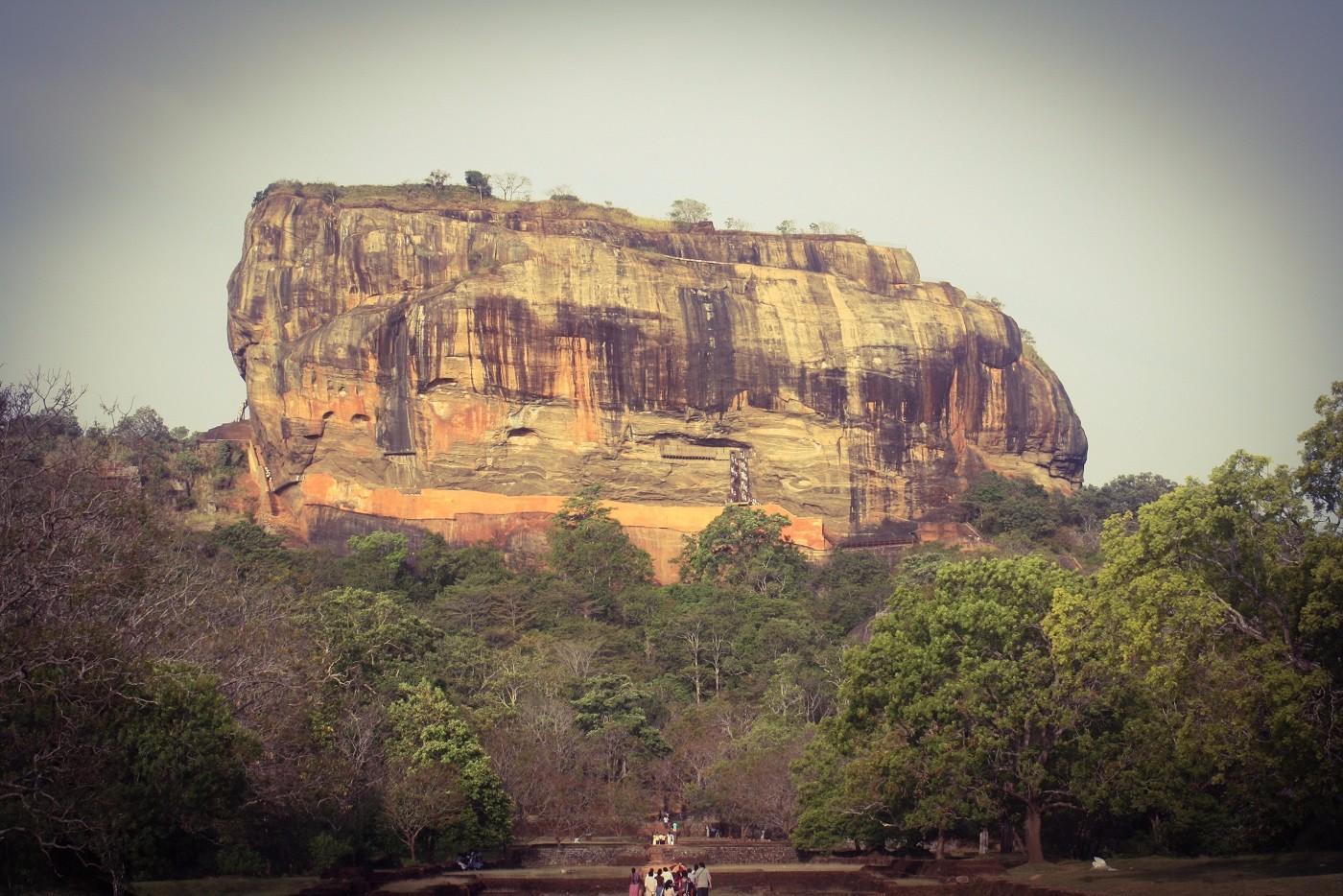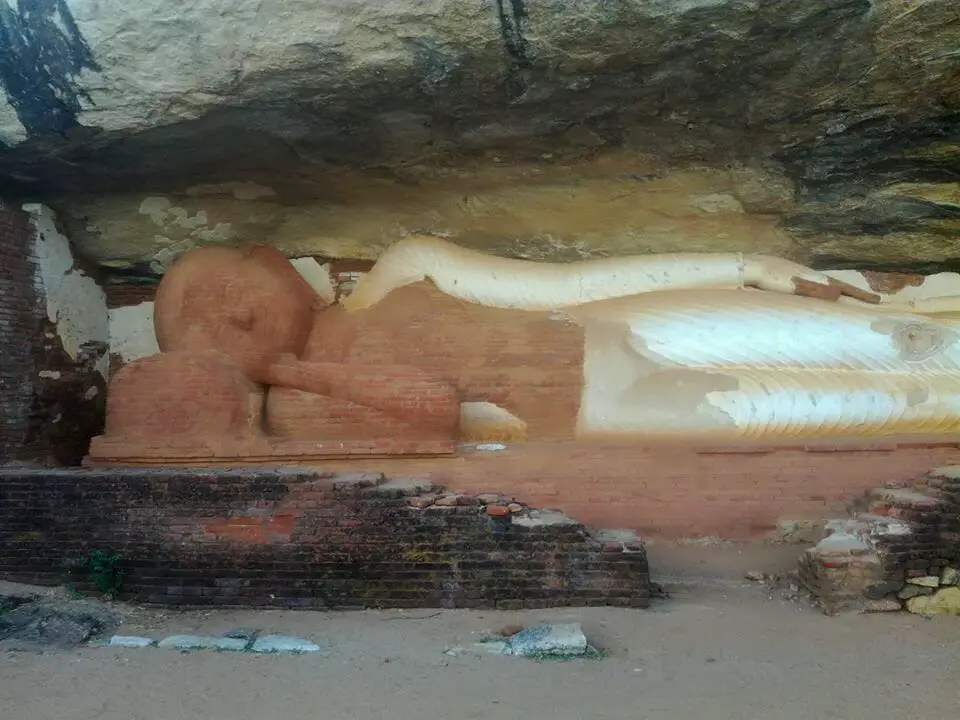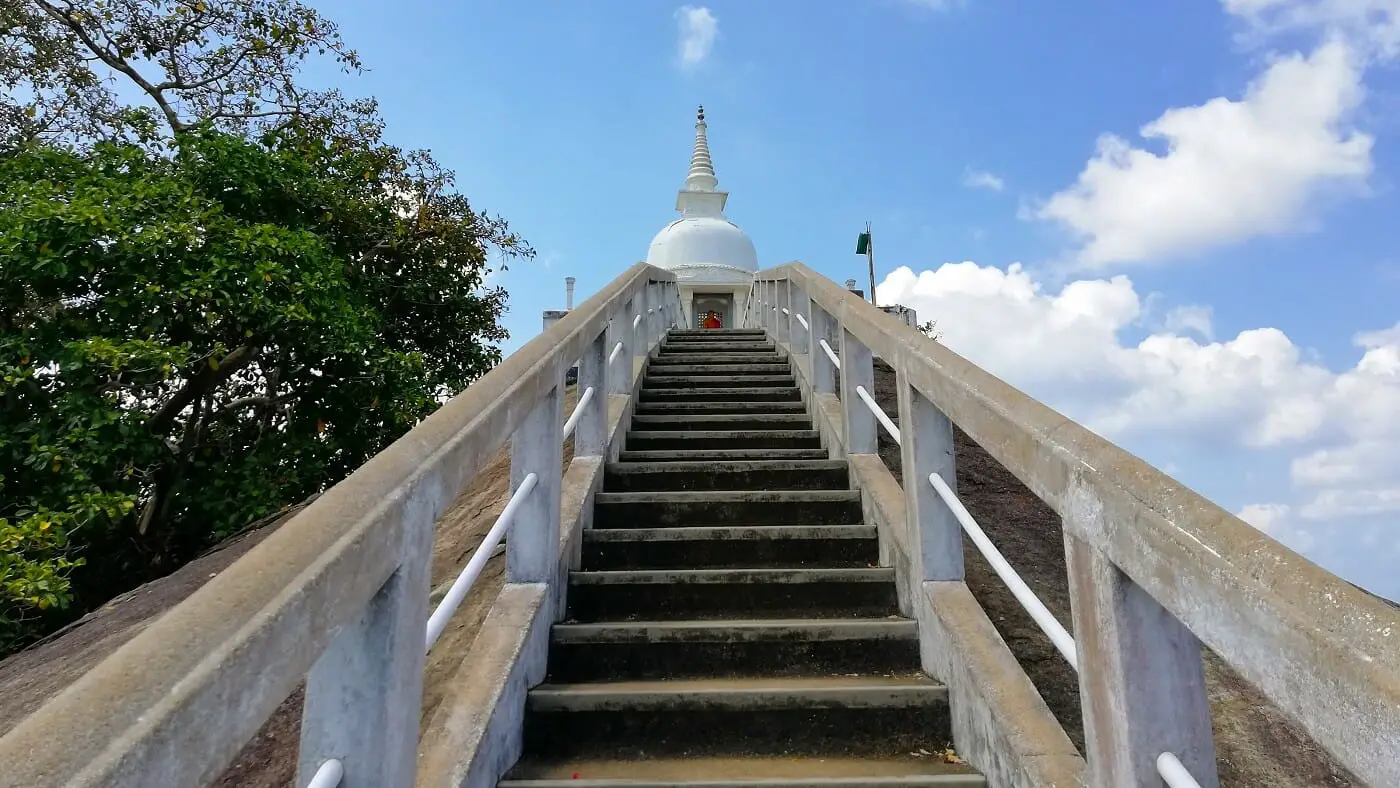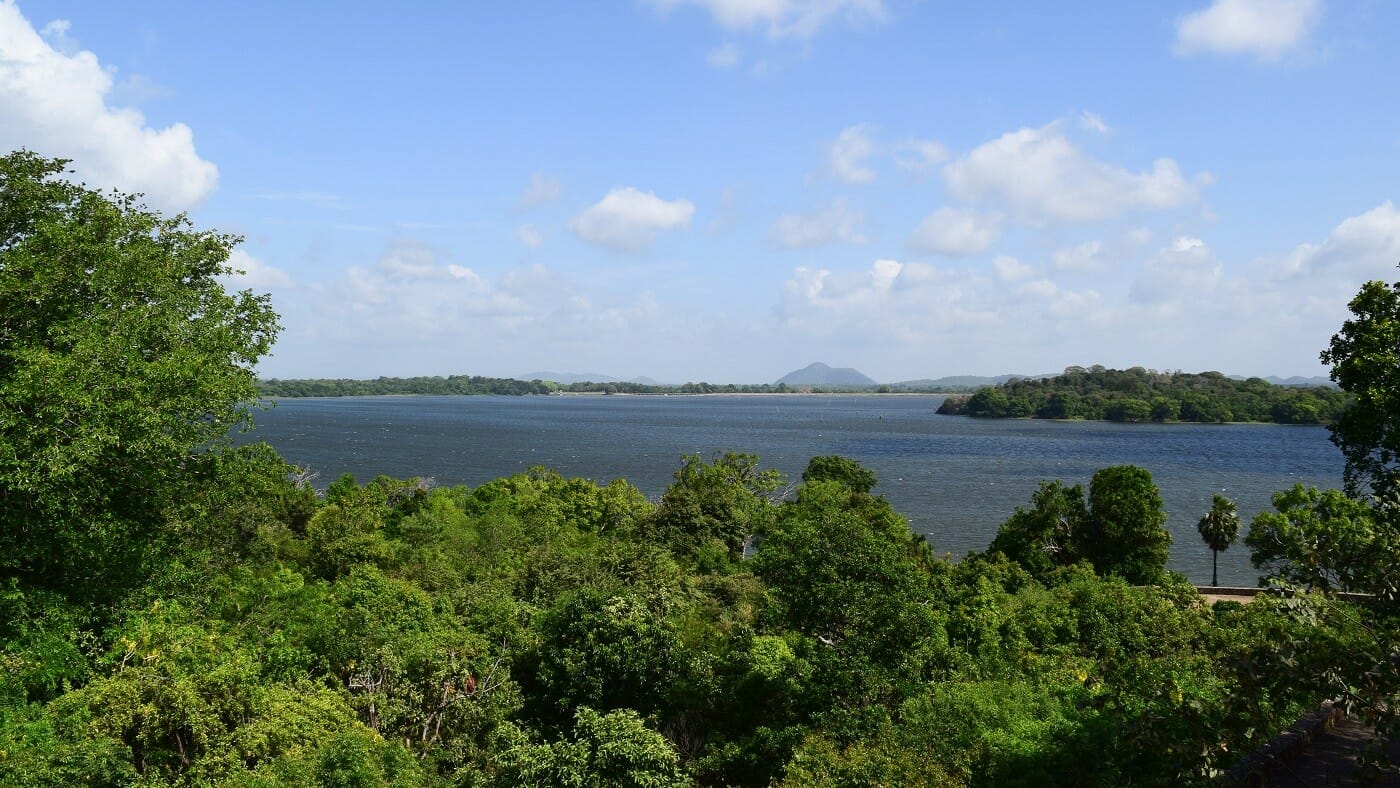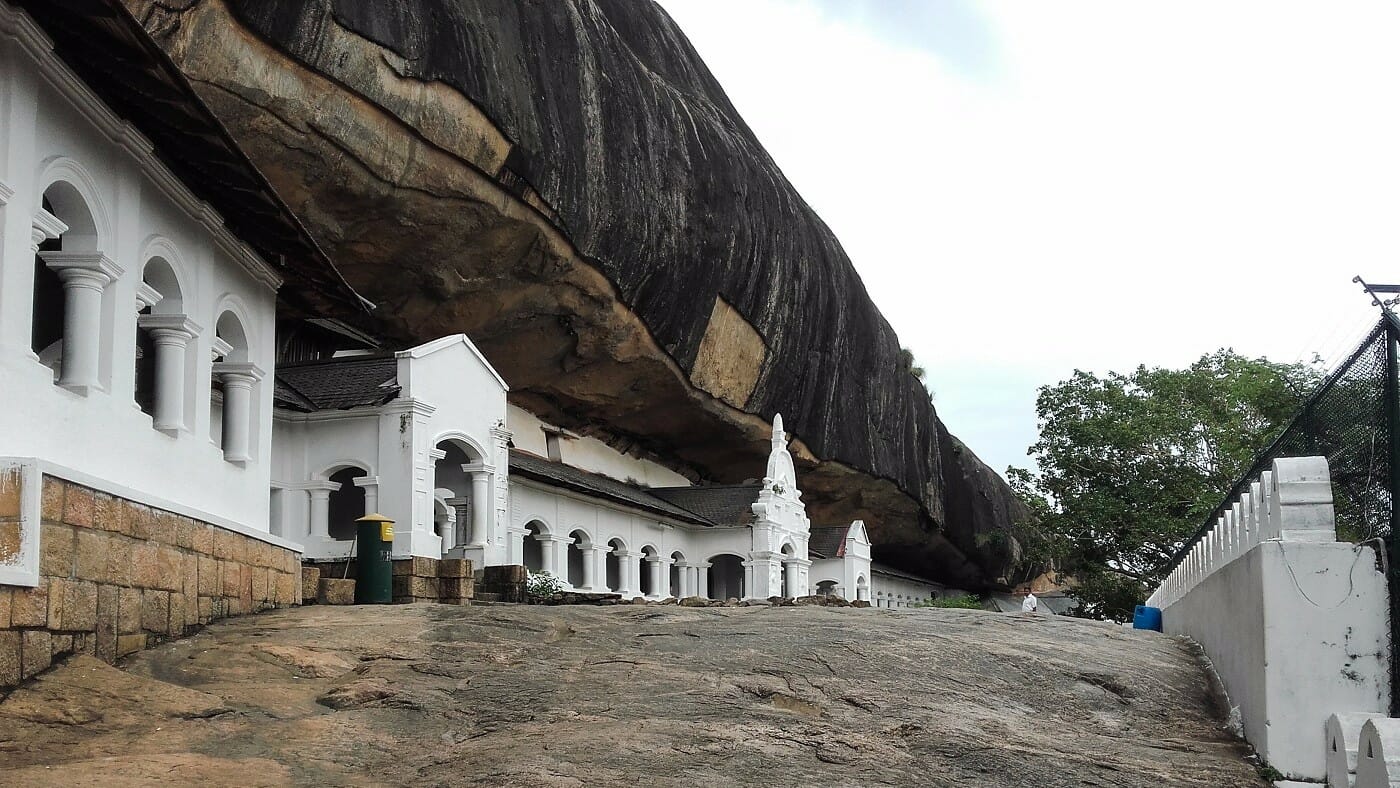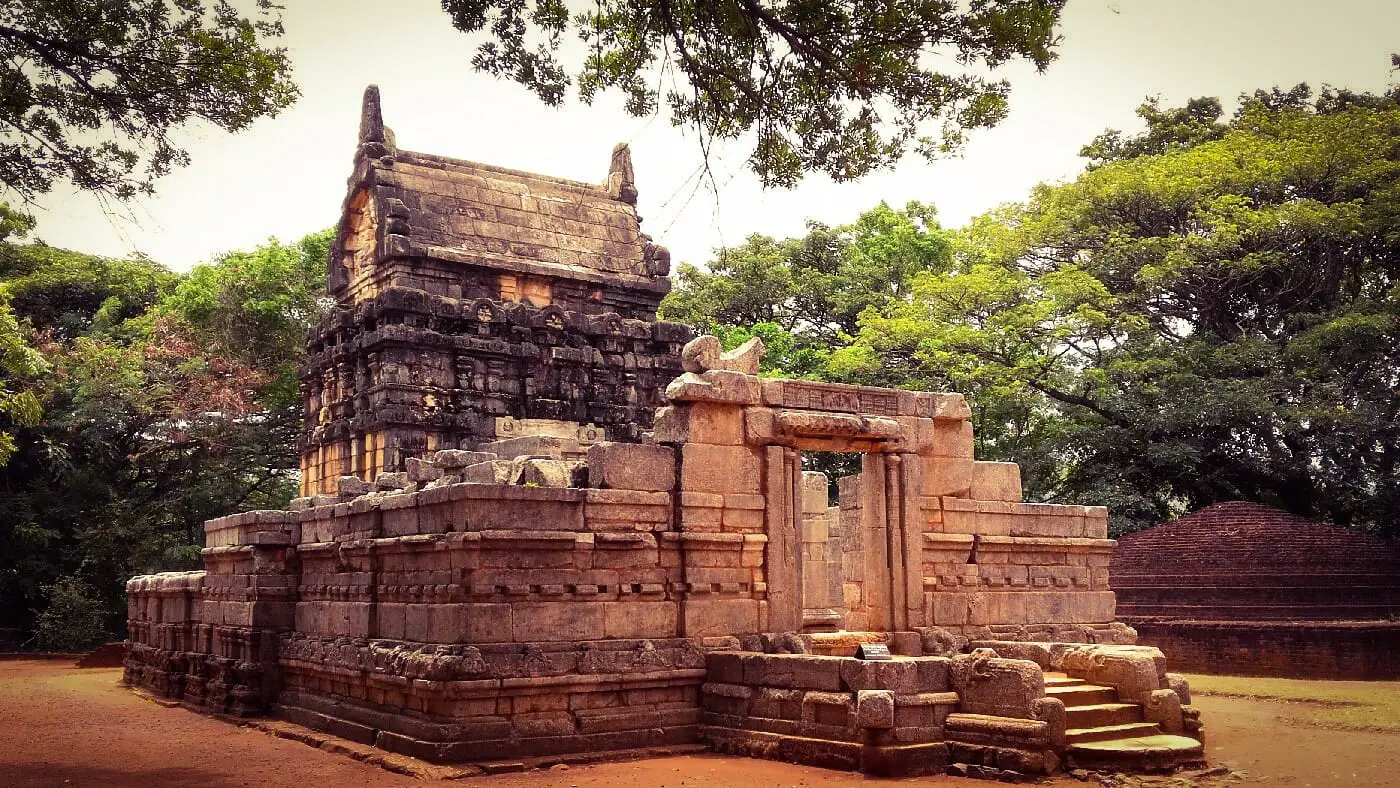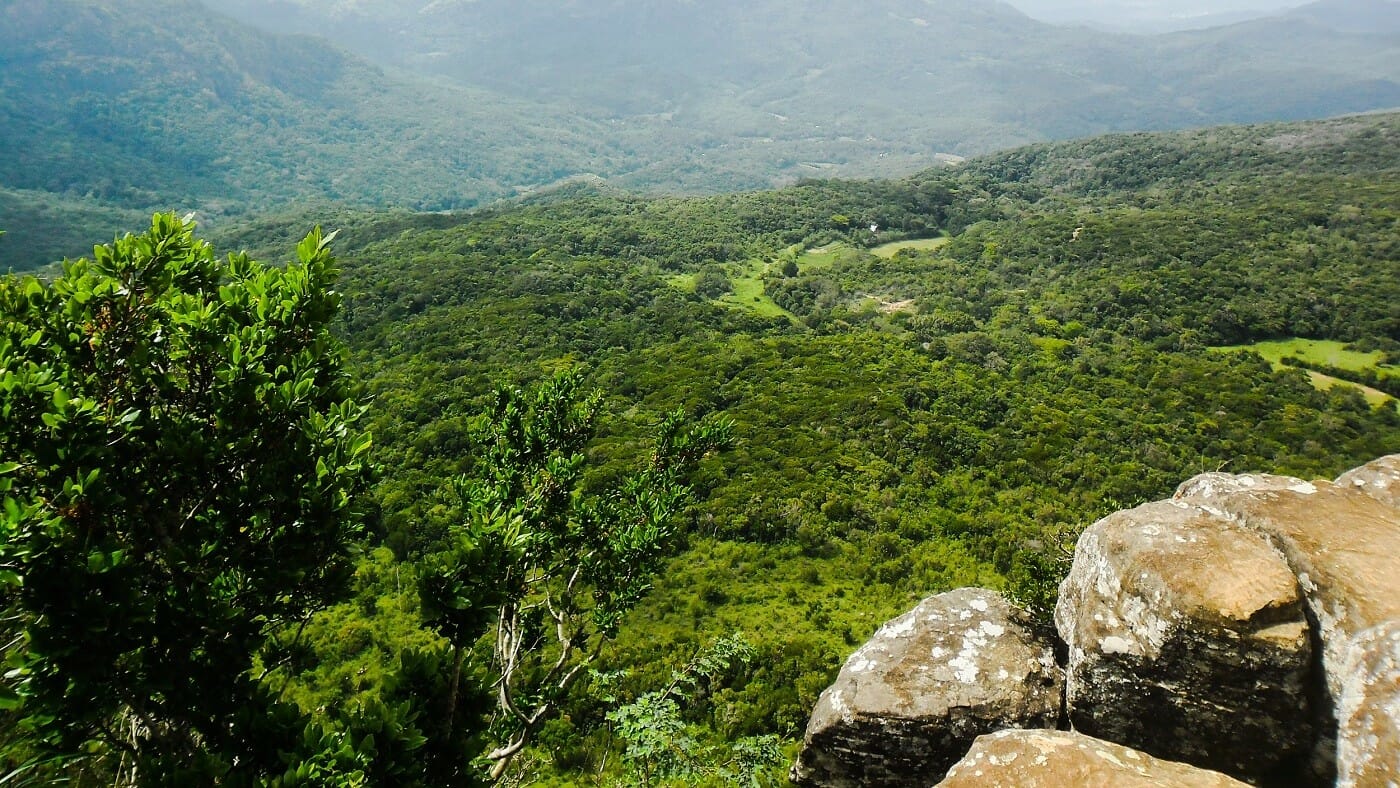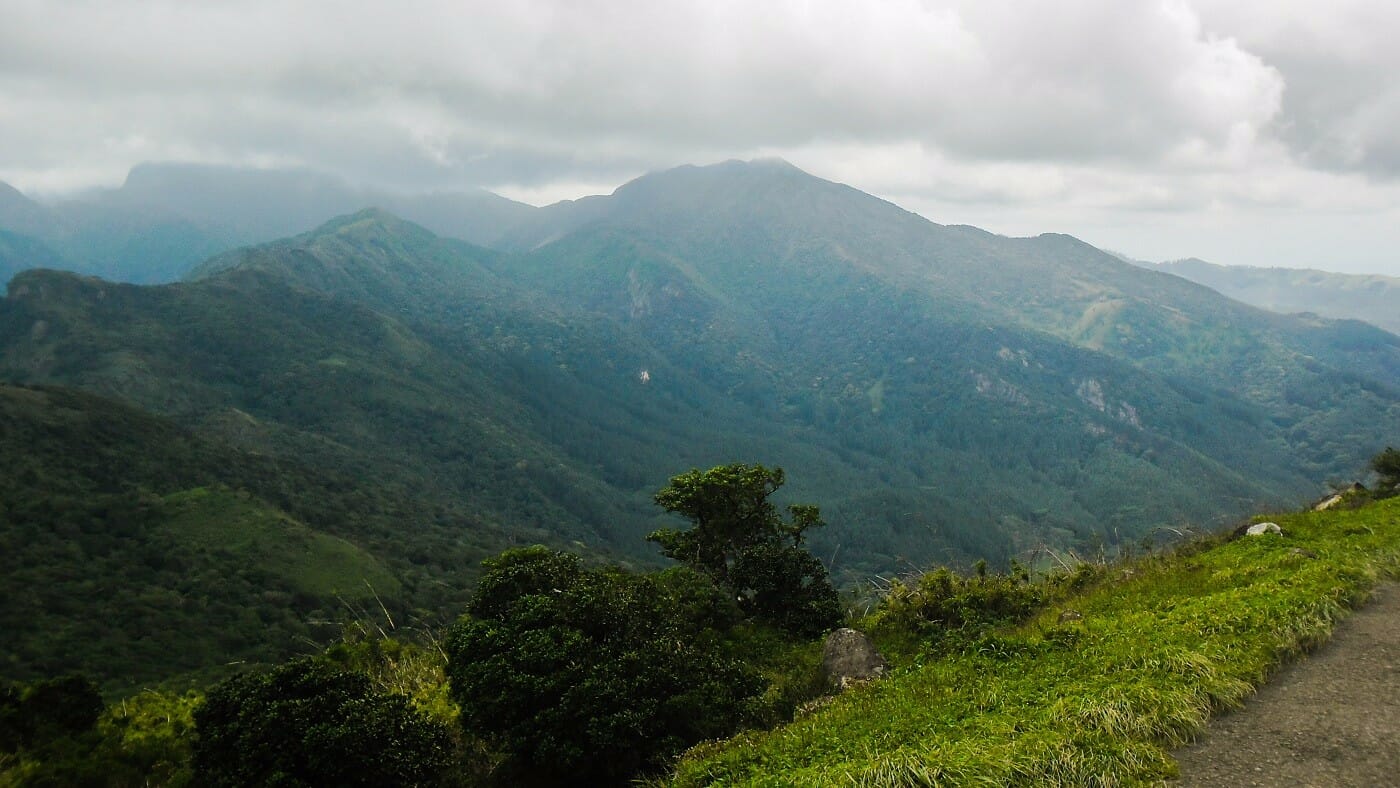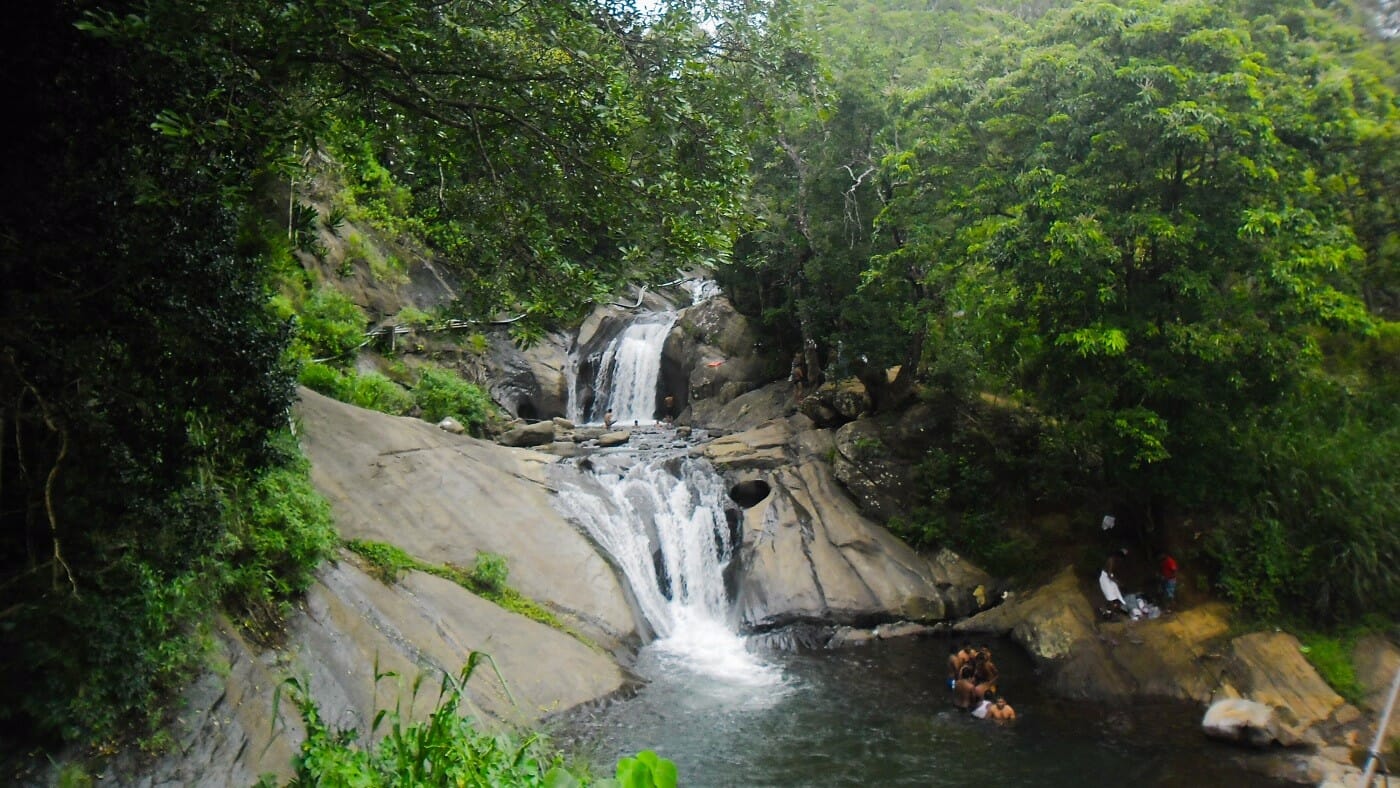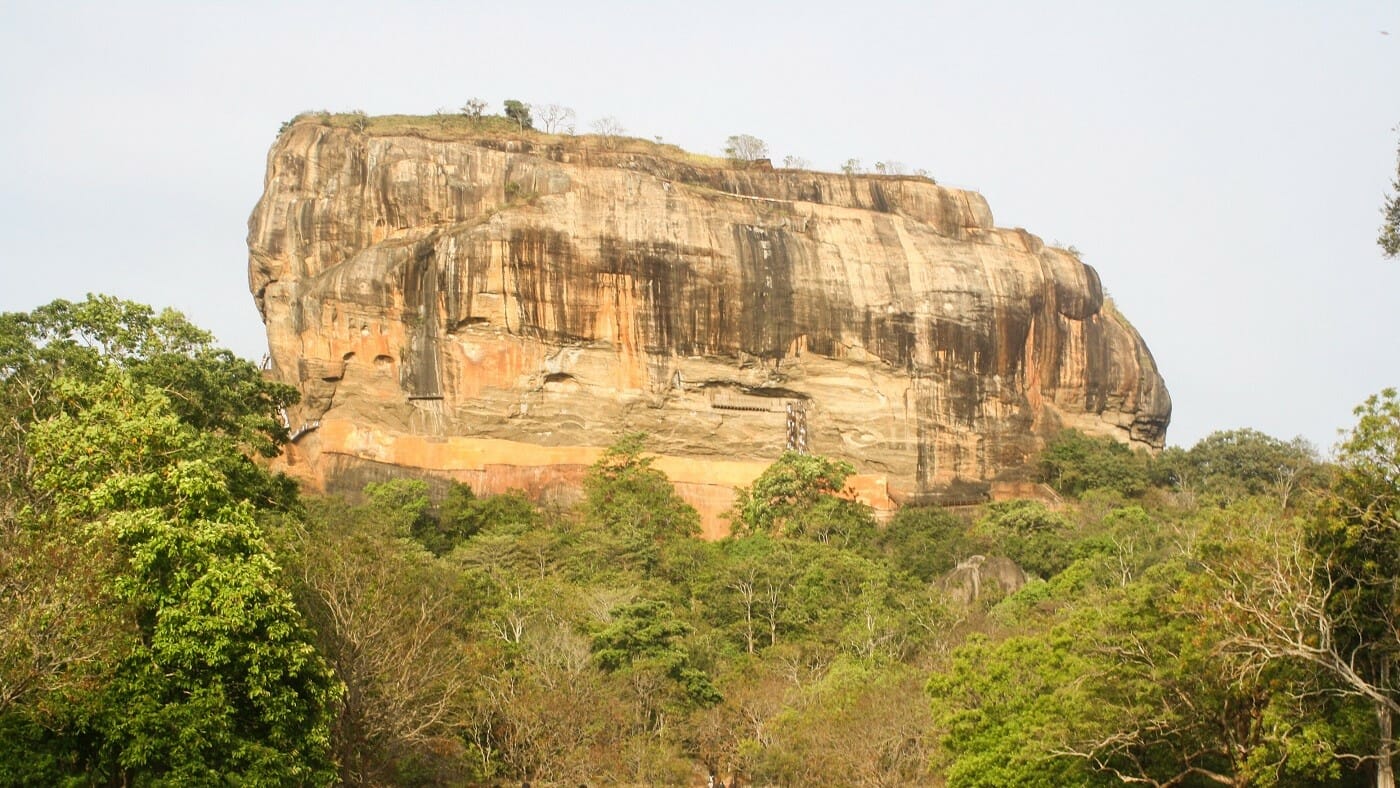
Rising dramatically from the central plains of Sri Lanka, Sigiriya stands as a testament to ancient Sri Lankan ingenuity and architectural brilliance. This UNESCO World Heritage site, often called the “Eighth Wonder of the World,” combines natural splendor with human creativity in ways that continue to amaze visitors centuries later.
The Fascinating History Behind the Lion Rock
The story of Sigiriya is one of ambition, betrayal, and architectural genius. In the 5th century CE, King Kashyapa I transformed this massive rock into an impregnable fortress and a magnificent palace complex. Following a controversial ascension to the throne, he created this architectural marvel as both his royal residence and a defensive stronghold.
An Engineering Marvel Ahead of Its Time
What makes Sigiriya truly remarkable is its sophisticated design and engineering. The complex features one of the oldest urban planning sites in the world, with a perfect symmetry of water gardens stretching out at the base. These gardens showcase an advanced hydraulic system that still functions during the rainy season – a testament to the engineering prowess of ancient Sri Lankan civilization.
The Mesmerizing Frescoes
Perhaps the most captivating feature of Sigiriya is its collection of ancient frescoes. Painted on the western rock face, these vibrant artworks have survived for over 1,500 years. Originally numbering over 500, today 21 exquisite frescoes remain, depicting celestial nymphs (Apsaras) in all their glory. The natural pigments used by ancient artists have retained their vivid colors, offering modern visitors a window into the artistic excellence of the past.
The Mysterious Mirror Wall
Adjacent to the frescoes runs the famous Mirror Wall, once polished so thoroughly that the king could see his reflection in it. Today, this wall is famous for something else entirely – its ancient graffiti. Dating from the 6th to 14th centuries, these writings provide fascinating insights into the evolution of the Sinhala language and the thoughts of ancient visitors to the site.
Ascending to the Summit
The climb to the top of Sigiriya is an unforgettable experience. The final ascent begins between two massive lion paws carved into the rock – all that remains of what was once a huge lion figure. In ancient times, visitors would enter the palace complex through the lion’s mouth, a powerful symbol of royal authority.
Planning Your Visit
The best time to visit Sigiriya is during the dry season from November to April. Arrive early in the morning to avoid both the crowds and the heat. The site opens at 7:00 AM, and you’ll need 2-3 hours to explore it properly.
Essential Tips for Visitors:
Remember to wear comfortable walking shoes and bring plenty of water. Sun protection is crucial, as much of the climb is exposed. Consider hiring a licensed guide to fully appreciate the site’s historical significance and hidden details.
Getting to Sigiriya
Located in Sri Lanka’s Cultural Triangle, Sigiriya is easily accessible from major cities. It’s 181 kilometers from Colombo and 72 kilometers from Kandy. Whether you choose public transport or private vehicles, the journey through Sri Lanka’s scenic countryside is part of the experience.
Conservation and Future
Today, extensive conservation efforts ensure that this ancient wonder continues to inspire future generations. Ongoing work focuses on preserving the delicate frescoes, stabilizing the rock face, and maintaining the intricate water gardens.
Sigiriya isn’t just a tourist destination; it’s a journey through time. As you stand atop the rock fortress, overlooking the same landscapes that King Kashyapa surveyed centuries ago, you’ll understand why this remarkable site continues to capture imaginations worldwide.
External Links
Sorry, no records were found. Please adjust your search criteria and try again.
Sorry, unable to load the Maps API.
Share this:
- Click to share on X (Opens in new window) X
- Click to share on Facebook (Opens in new window) Facebook
- Click to share on LinkedIn (Opens in new window) LinkedIn
- Click to share on Reddit (Opens in new window) Reddit
- Click to share on Tumblr (Opens in new window) Tumblr
- Click to share on Pinterest (Opens in new window) Pinterest
- Click to share on WhatsApp (Opens in new window) WhatsApp
- Click to email a link to a friend (Opens in new window) Email
